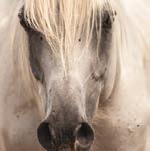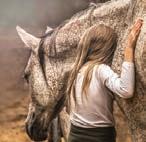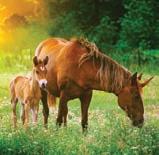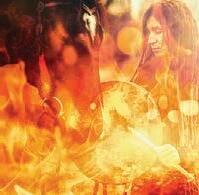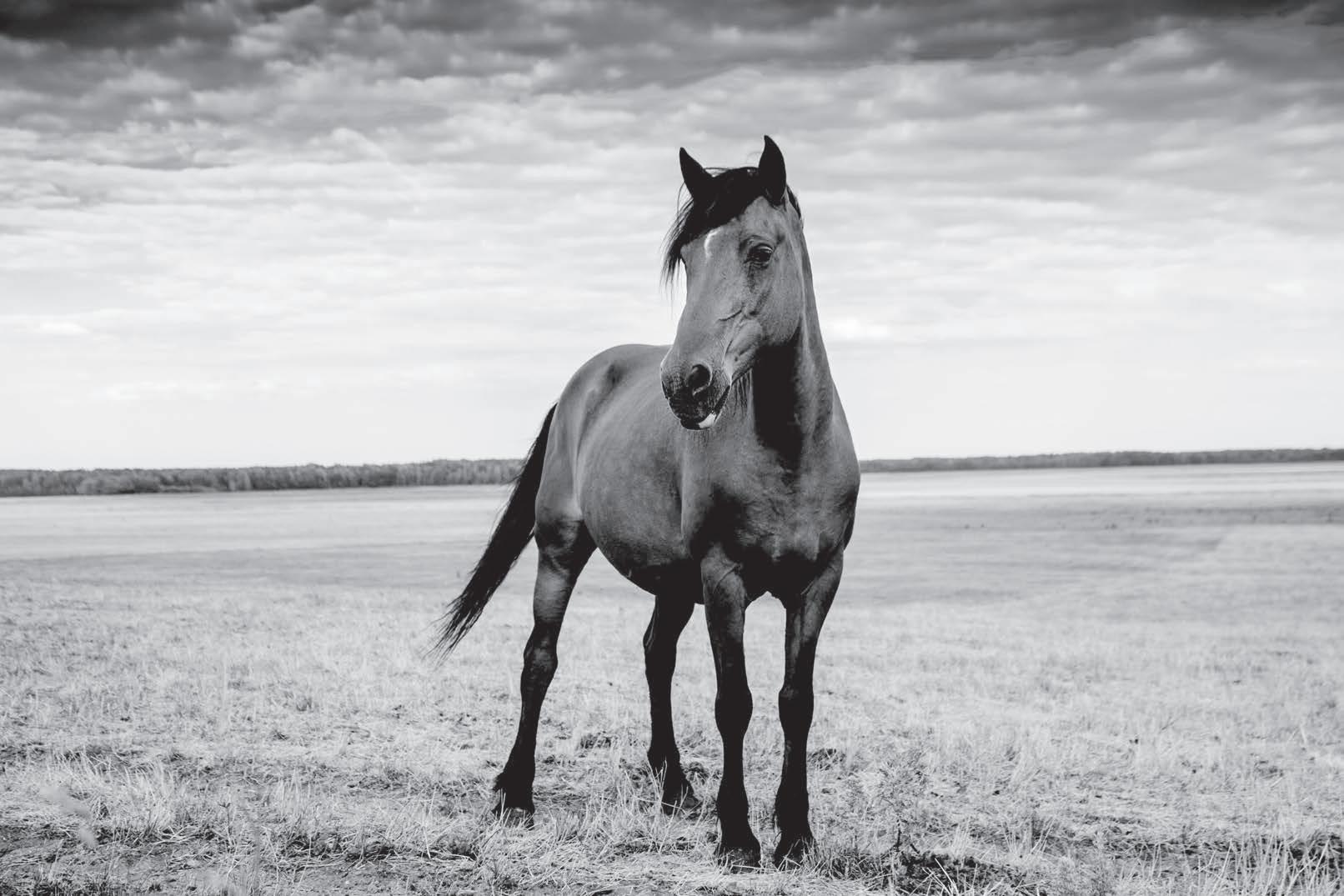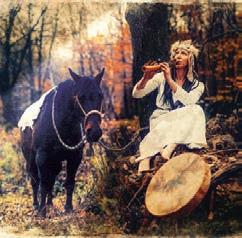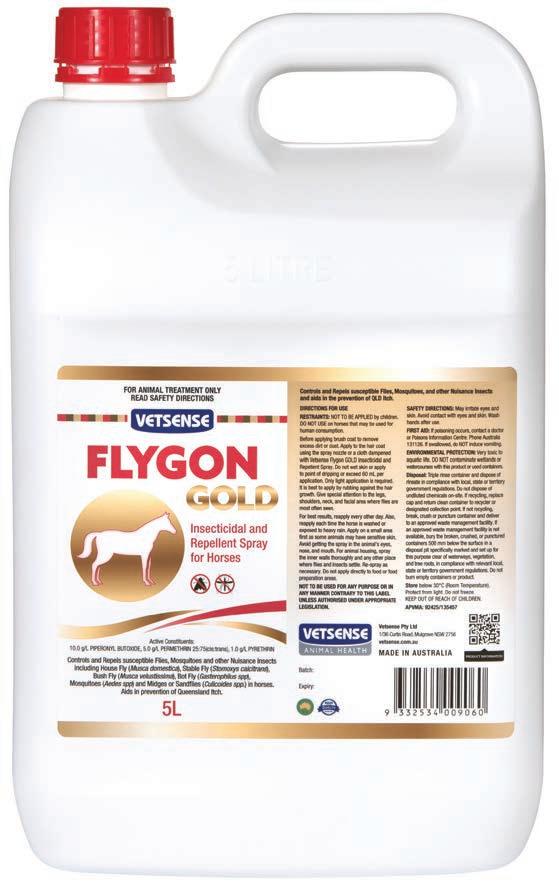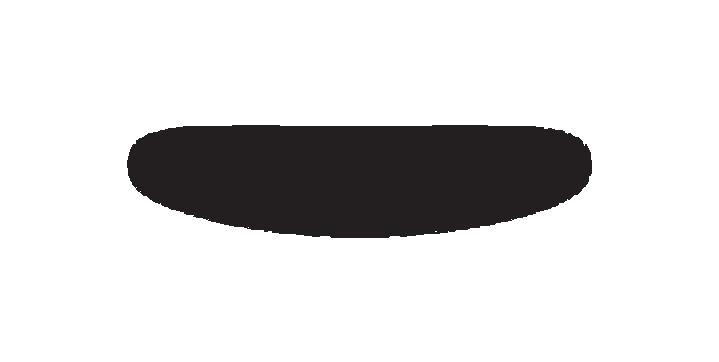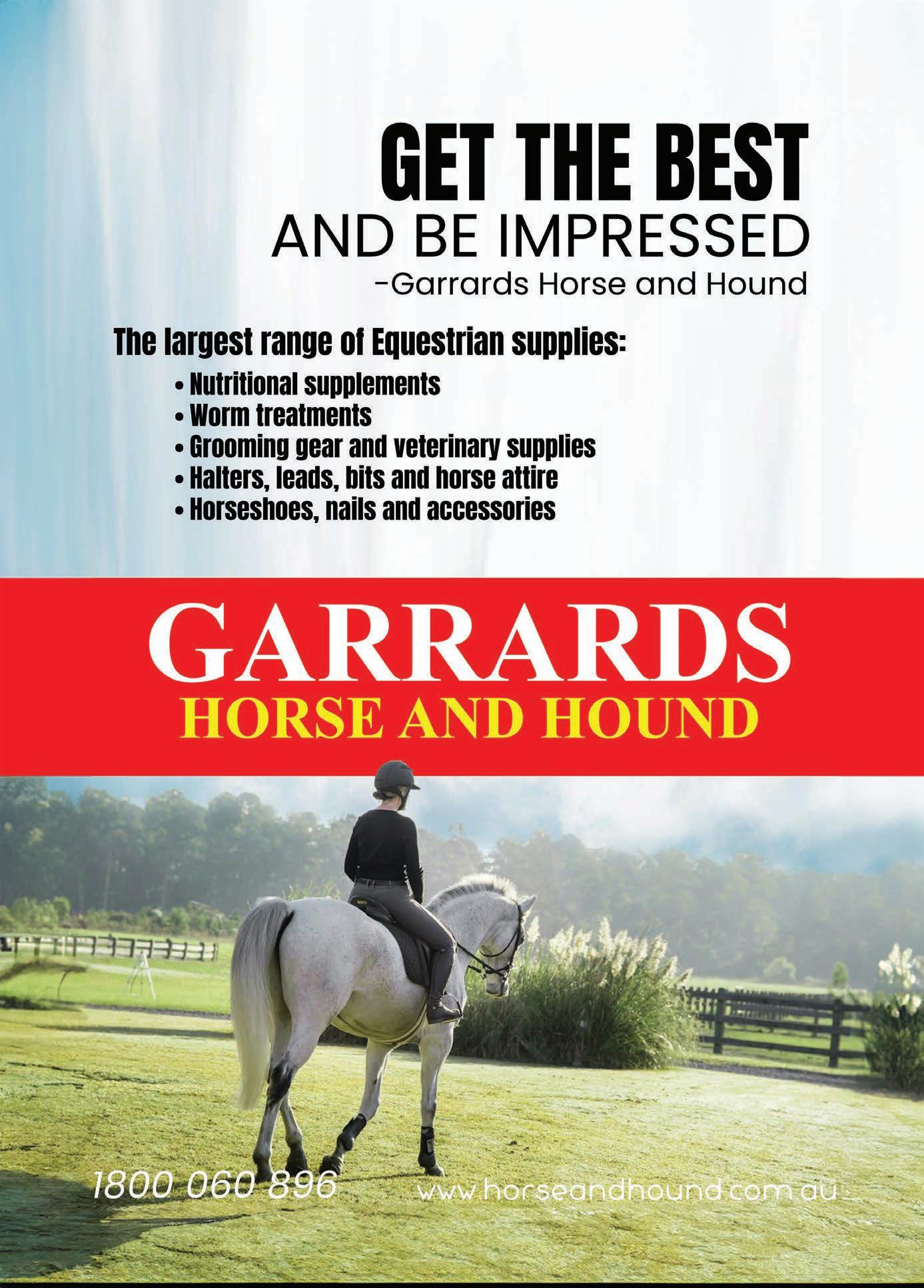


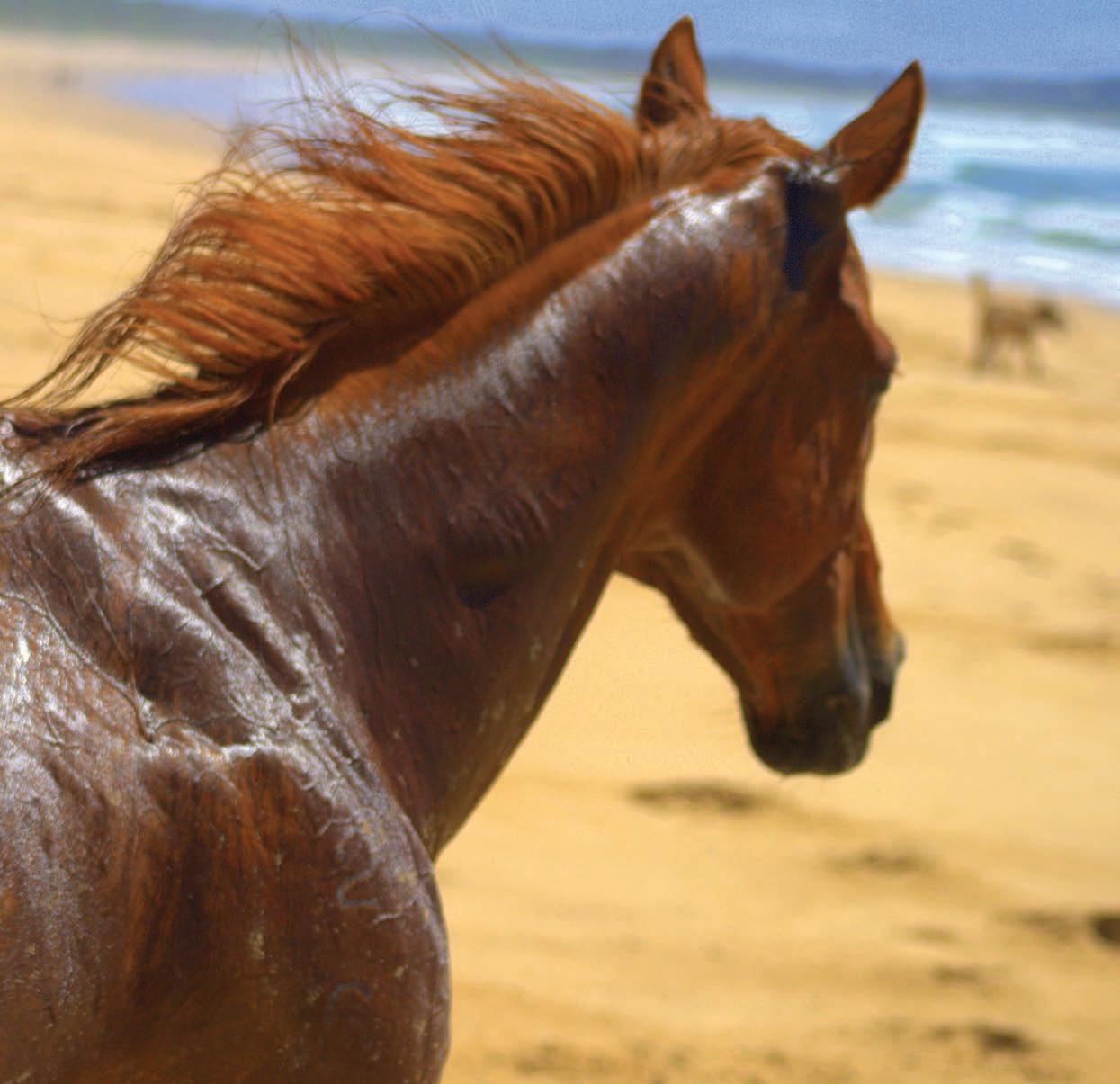

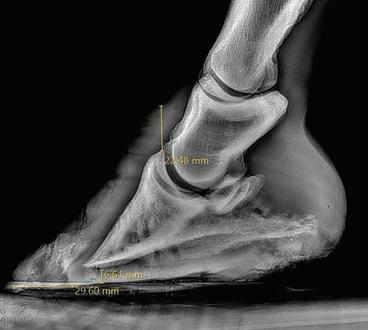
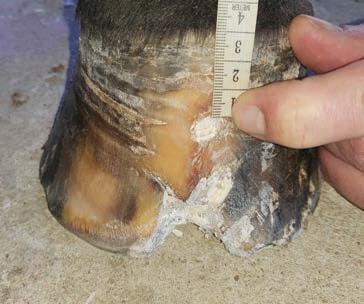
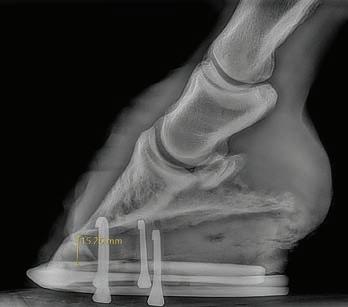
Complete equine vitamin, mineral and amino acid supplement.
PATENT FORMULA

Supports hoof, bone, joint, soft tissue, coat and all vitamin, mineral requirements

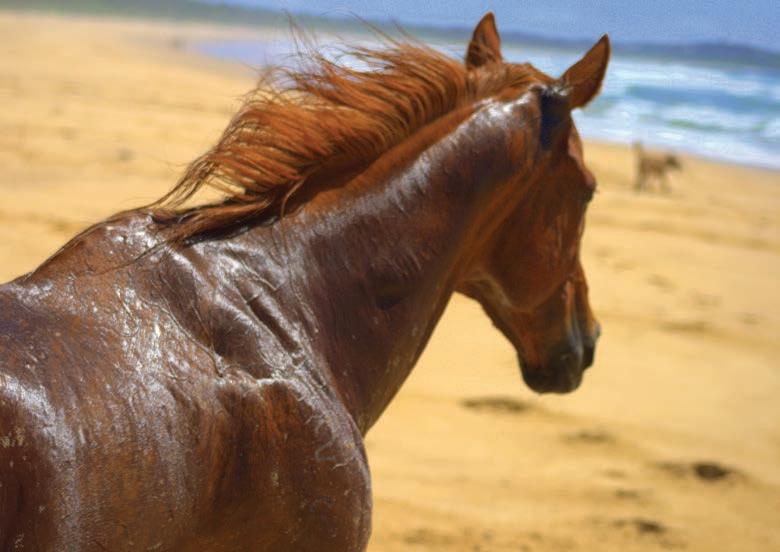

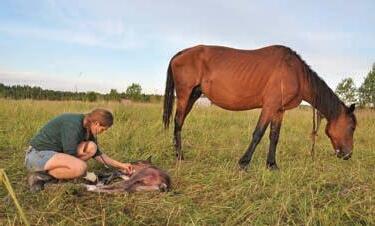
















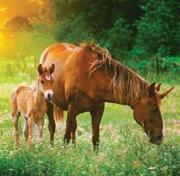
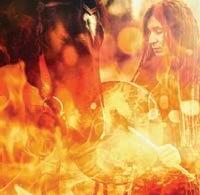



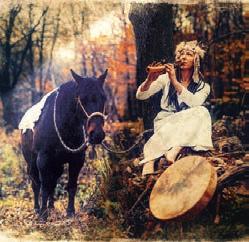









Complete equine vitamin, mineral and amino acid supplement.
PATENT FORMULA

Supports hoof, bone, joint, soft tissue, coat and all vitamin, mineral requirements



























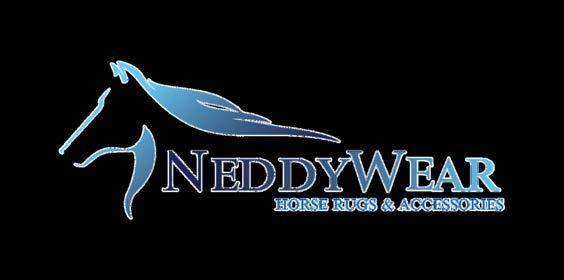

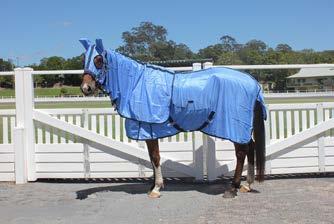


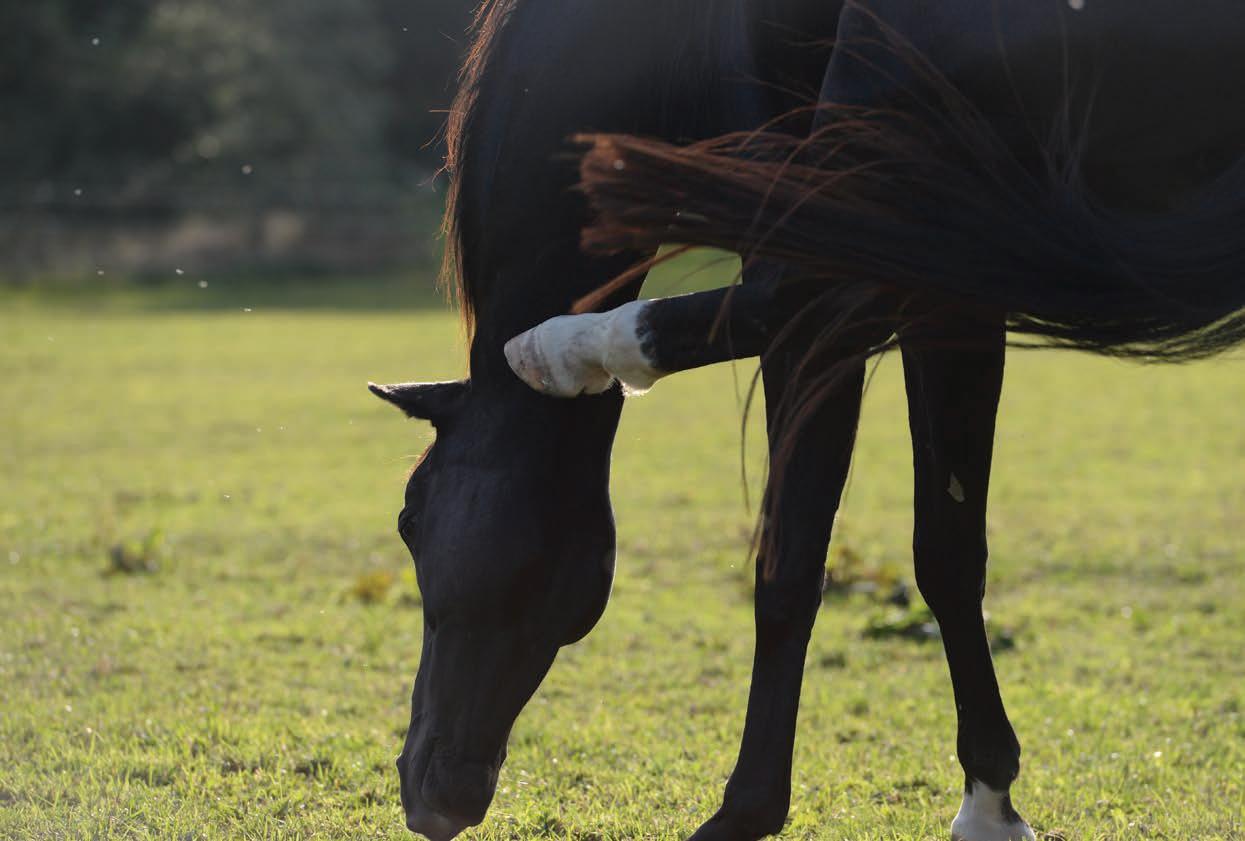
Horses are large targets for mosquitos and their thin light coats do not create a significant enough barrier to these pesky and persistent insects. Arboviral diseases are diseases that are spread by biting insects such as mosquitos. Mosquito bites are associated with alphavirus, Ross River Virus and flavivirus infection as well as West Nile Virus.
Did you know that Horses’ massive lungs expel large amounts of CO2 which attract mosquitos increasing the risk of an Arboviral infection?
With horses lacking countermeasures for protection from mosquitos, it is up to us to ensure that your horse is safe from succumbing to these serious conditions.
Infection in horses will not always result in clinical disease, however, horses may still present with symptoms such as staggering, ataxia, weakness, and depression.
It is important to be aware of the signs to ensure that these conditions are diagnosed and treated early to reduce the risk of serious complications.
West Nile Virus is a mosquito born virus that is known to have only affected horses in Australia, although there have been several suspected but not confirmed cases in dogs. Horses that develop the virus may not develop any clinical signs, and the early stages of the disease can be mistaken for colic. Initially, horses may appear depressed and reluctant to move, but then can develop more neurological signs such as stumbling, staggering, hind limb weakness, confusion, and incoordination. Horses may also experience limb and facial paralysis.
If West Nile Virus is suspected, it is crucial to seek a diagnosis through a blood test, and if the results are positive, inform the appropriate authorities.
Although there is no known cure, supportive herbal programs can be provided and prevention to protect your horse is paramount.
Ross River Virus affects both humans and horses, with symptoms presenting similarly across both species, inclusive of fever, reduced appetite, muscular soreness, reluctance to move, a cough and sometimes swollen joints and glands. A horse may also experience a temperature that dramatically waxes and wanes for no reason, and experience respiratory and nervous signs.
Ross River Virus has similar signs to Hendra, so it is important to ensure an appropriate differential diagnosis.
Ross River Fever can have significant long-term effects on a horse if it is not seen to in a timely fashion, such as the development of ancillary diseases such as brain or spinal lesions. The virus can also reoccur in a horse due to stressful conditions.

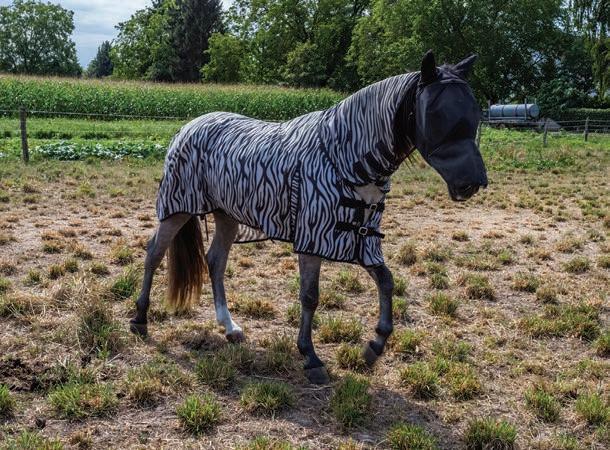
There are several steps that you can take to limit your horse’s exposure to mosquitos and thus the risk of contracting an arboviral disease.
Stabling your horse with protective flyscreen during peak mosquito times, such as dusk and dawn, can limit your horse’s exposure to mosquitos and significantly reduce the risk. Covering your horse with light rugs and fly masks during peak periods, especially if stabling is not an option, can also be an effective preventative.
Clearing low lying water and limiting a horse’s exposure to stagnant water sources where possible, will also reduce the exposure to the mosquitos highly frequented environments.
The use of natural insect repellants can work as a short-term solution, whilst planting herbs and insect repellent plants around the horse’s environment can have a lasting long-term benefit.

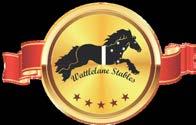


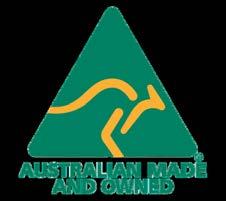
McDowells Herbal Products
McDowells Midge-A-Way
The Midge-away formula was developed in response to those seeking a 100% natural NON-TOXIC solution to dealing with flying insects, such as mosquitos, along with midges. The product acts by using traditional anti parasitic herbs in a base of raw cider vinegar and Methylated spirits, blended with 1:1 extracts and essential oils. The product is exceedingly safe to use, non-toxic, and when used correctly, helps to discourage insects landing on your horse. The product can also be used as an environment spray.
Midge-A-Way (mcdowellsherbal.com)
McDowells Infect-A-Clear for horses
The herbs in this mix have been traditionally used to stimulate the horse’s own natural elimination which may help to clear these naturally occurring metabolites thereby improving the immune system’s response.
Infect-A-Clear (mcdowellsherbal.com)
McDowells Ross River Fever Program
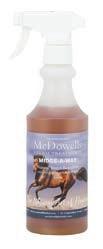
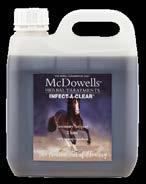
Our Ross River Program consists of four products to be used together to enhance the body’s natural healing mechanisms. The herbs in the formulas are traditionally used to stimulate the expulsion of infection and viral matter.
The program is designed to build gut health, reduce pain and inflammation and with stimulating elimination via normal metabolic process and building a stronger immune system.
Ross River Program (mcdowellsherbal.com)
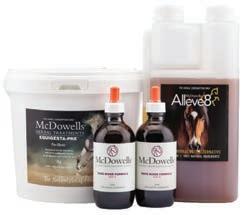
About the Author –Catherine McDowell –Medicine of Mother Nature…
I was first introduced to the concept of Herbal Lore when I was very young. I think one of the earliest influences I can remember was from my grandparents, who were very traditional Bathurst farmers of the well known Cox family. My grandfather had the “people’s home library” which was a compendium of all kinds of home cures.
Herbal Medicine is, at its core, studying nature and the humanities. It’s about observing our diet, our environment and how we respond.

Keeping a balance is difficult in the modern era as we are no longer interacting with our environment in the same way as we may have done even as little as a 100 years ago.
As a Dorothy Hall graduate working along side the well known Robert McDowell for many years and furthering my education with Dennis Stewart, I have developed my own unique application of herbal remedies. Working primarily with animals (Horses and Dogs) has been the most rewarding.
Having seen herbs work so well in so many cases has proven to me time and again the under-utilised power of herbal medicine. It is heartening to see now Vets, and some Medical Doctors seeing the traditional application of herbs as useful.
My comprehensive service includes free animal consultations 24/7 via my web site, and face to face consultation at 62 Corporation Avenue, Bathurst NSW 2795.
CLINIC: (02) 6331 3937 INTERNATIONAL: +61 2 6331 3937
ADDRESS: 62 Corporation Avenue Bathurst NSW
EMAIL: info@mcdowellsherbal.com
WEB: www.mcdowellsherbal.com
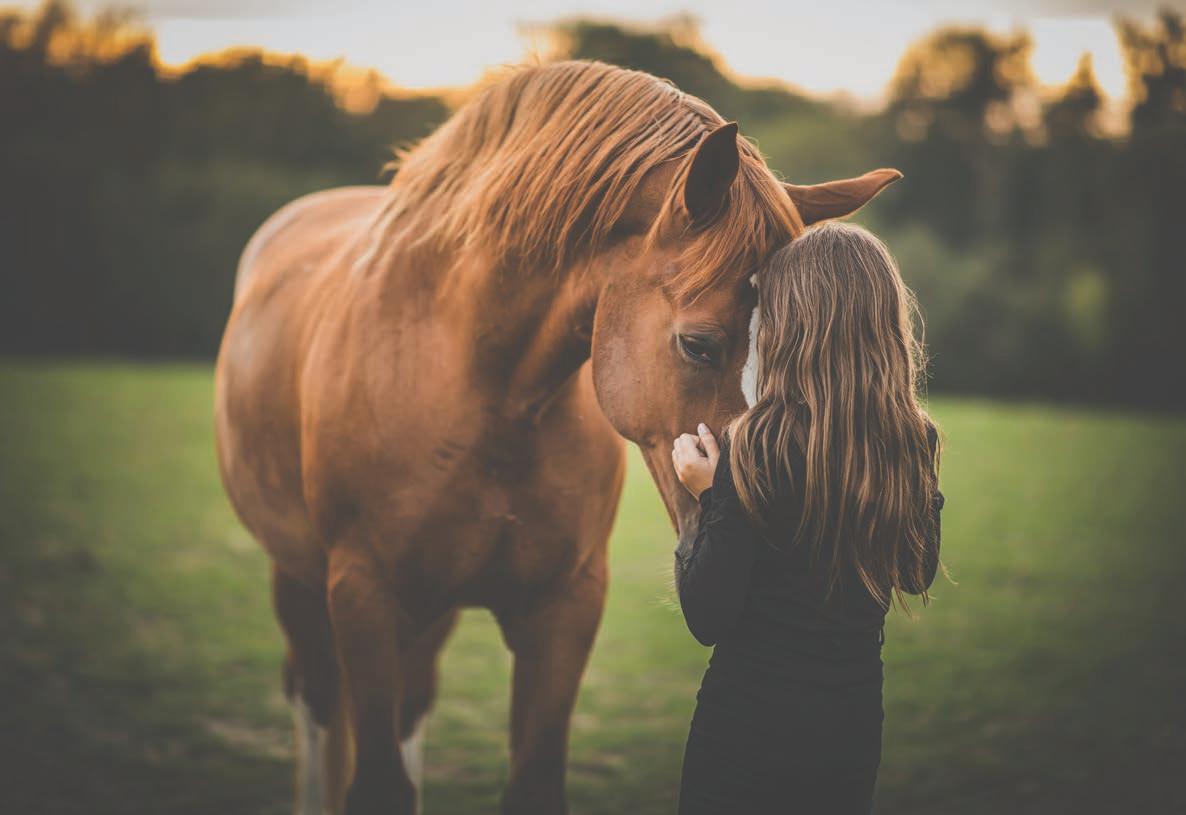

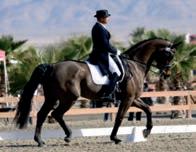
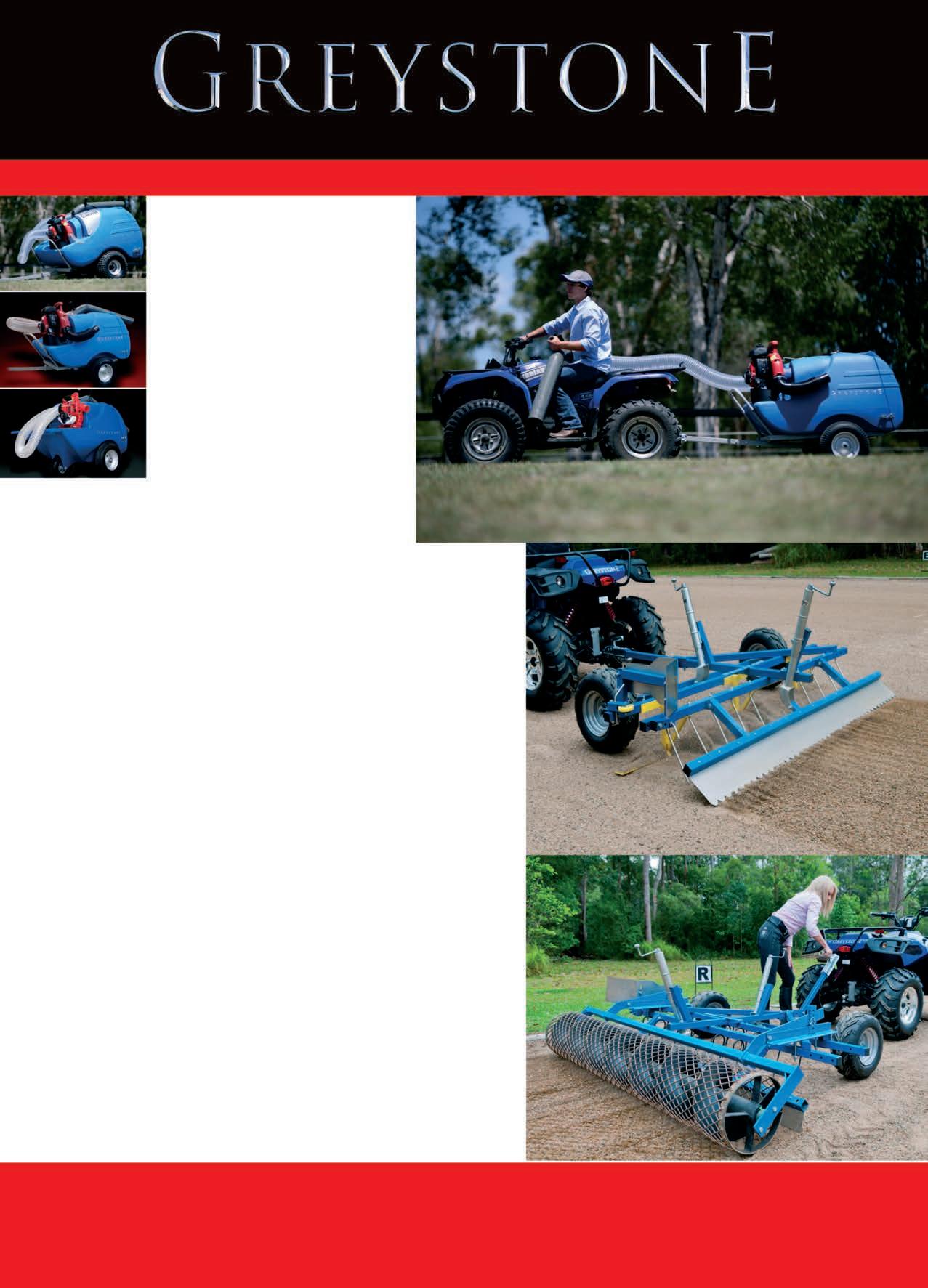
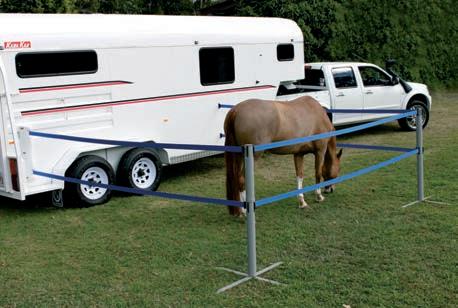
$599 inc. GST – ORDER ONLINE NOW!



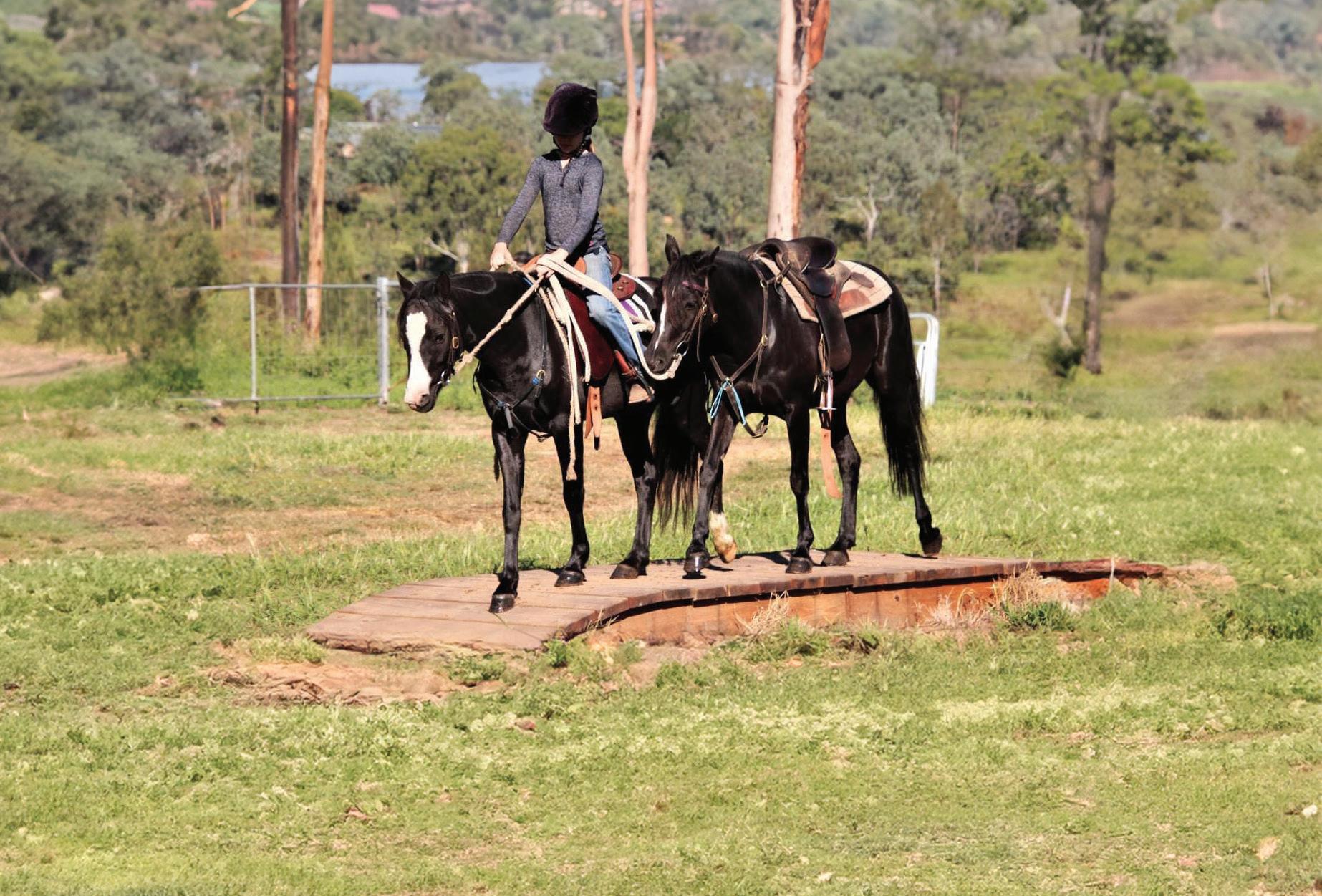

The Australian Pony, from its inception, was always purpose bred. Our Australian Ponies were bred to be hardy, hardworking equines that could stand up to the harsh Australian conditions. This tough pony is noted for its endurance, agility, sure footedness and exceptional temperament. Its ancestry dates back to the arrival of the First Fleet in 1788. The Australian Pony is used in every equine discipline.
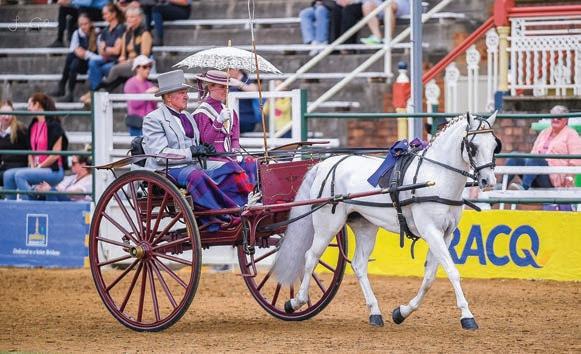
Possibly the world’s most versatile pony - a beautiful pony with great bone and substance, renowned for its intelligence, athletic ability, speed, quiet temperament and great mind. It has all the prerequisites for a firstclass, modern-day performance pony.
This pony did not just appear as a recognised breed in 1931 at the formation of the Australian Pony Stud Book Society. It had developed from the time of colonisation and with the importation of the very first equines into Australia. Thoroughbred, Mountain and Moorland ponies, Timor ponies, Arabians, Manipur and Batik Hill ponies, as well as that little Hungarian pony, Bonnie Charlie, all contributed to the foundation of our breed. The Australian Pony was a combination of all these genetics and more.

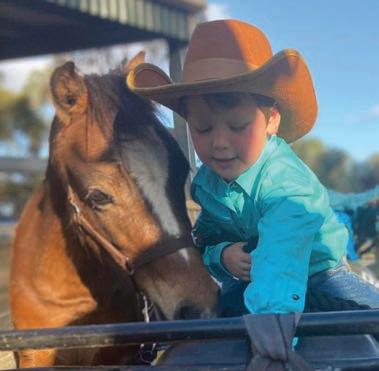
Over 100 years of breeding has gone into this breed for it to become one of the most versatile and outstanding ponies in the world.
The Australian Pony has evolved during this time as Australia’s own pony.
The harsh conditions and vast open spaces of early Australian settlement demanded a tough, durable pony with a good mind and a comfortable ride, able to work on the farm, deliver the kids to school (usually bareback) and to harness up and take Mum to town. It was suitable and handsome enough to transport the family to Church on Sundays!
The pony continued to develop and a definite type was emerging by the 60s. In the 70s and 80s a very consistent type of pony, that, if left to develop, would have set a standard easily recognisable as our own true Australian Pony.
Today, the Australian Pony is still an exceptional pony as it can do a hard day’s mustering on an outback Australian station, go to the local agricultural show and compete in hack and child rider classes, then off to a gymkhana to compete in the novelty events.
They even capably chase cows in a Campdraft and that’s only mentioning a few of its disciplines and talents.
The purebred Australian Pony is known for its great mind, kind and trainable nature and its reliability, it has been used for many equestrian pursuits by children and adult riders or drivers.
It is a very versatile and accomplished pony that excels in the show ring, pony equitation, English and Western pleasure, pony jumping, sporting classes such as barrel racing, flag and bending races, pony jumping, harness, dressage, pony club and pleasure riding.


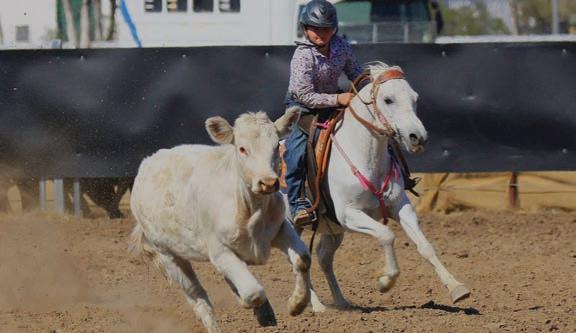
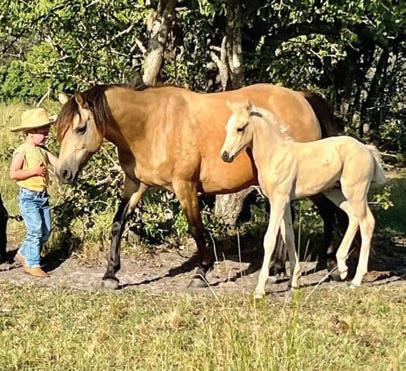
It is still used to this day on large and small country properties to muster cattle or sheep and then their young riders can enjoy their ponies by swimming with them in the dams and creeks, after a long day’s work.
The relatively new Inter-school competitions have proved to be an area where Australian Ponies are very proficient. There are five disciplines for young riders to compete, these being Dressage, Jumping, Eventing, Show Horse and Combined training.
Pony dressage is another discipline that is becoming increasingly popular and once again this pony has risen to the challenge and is highly competitive.

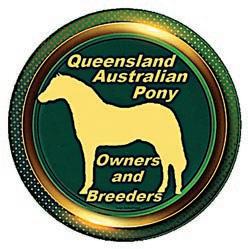
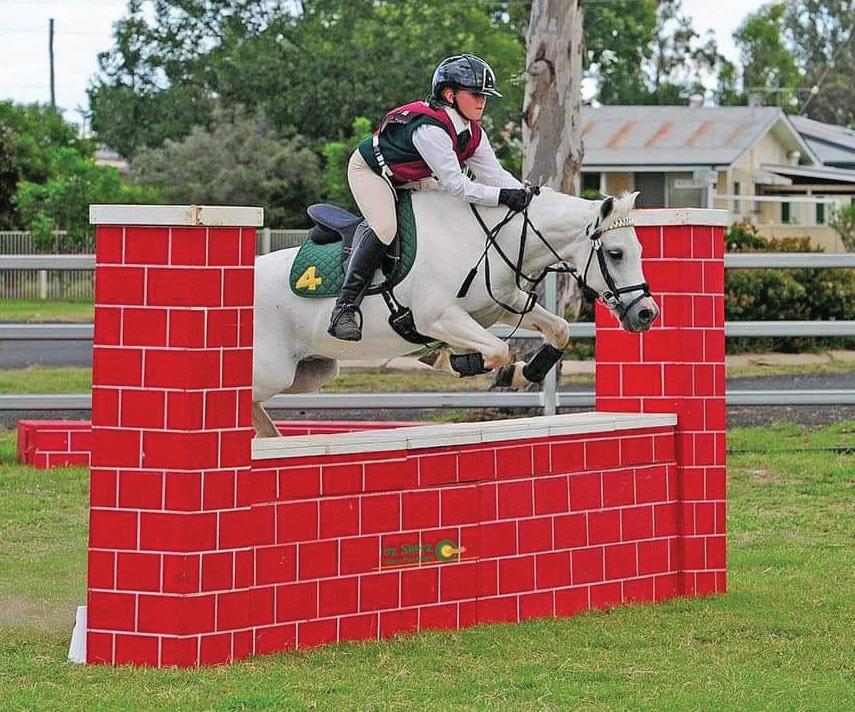
Our Australian Pony will do all of this without complaint and very successfully.
They also make the best children’s ponies from a very young age looking after their little human and, in a lot of cases, the kids use them as playmates. They don’t need shoeing and live on love, feed and hugs all year round.
Many Australian Ponies have been highly decorated in their fields of expertise prior to the formation of The Australian Pony Stud Book Society. There are many records, pictures and results of Australian Ponies, from our very early Royal shows, winning their classes in hand and under saddle.
The Australian Pony should not exceed 14 hands and all colours are acceptable, grey being a dominant colour.
The Queensland Australian Pony Owners and Breeders Group was formed in late 2023 by a few dedicated Australian Pony enthusiasts. The group’s main function is the preservation and promotion of the Australian Pony whilst being governed by the rules of the Australian Pony Stud Book Society Inc.
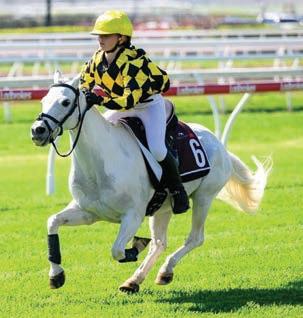

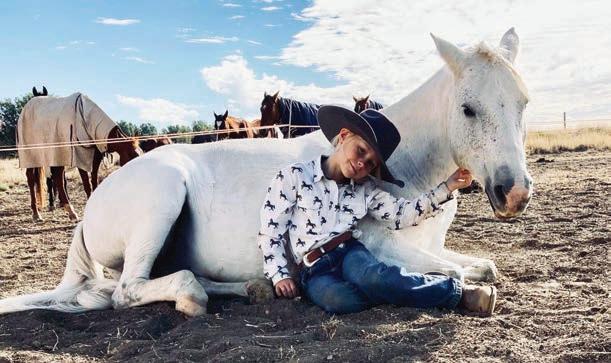


CGS ELECTRO-EJACULATOR & BULL PROBE
EQUINE BREEDING SUPPLIERS
An electronic control unit with vinyl jacket and carry strap
REPRODUCTION SUPPLIES
Rechargeable sealed 12V Battery & 240V Battery charger
• Artificial Insemination Equipment
• Semen Extender
Various probes and spare parts available
• Artificial Vaginas
• Embryo Transfer Equipment
DIAGNOSTIC EQUIPMENT
• DVM Rapid Test Instrument
• 1gG & Sperm Concentration Test Kits
Electronic 12-220-Volt AC digital unit heats and maintains accurate water temperature for
FOAL RESUSCITATION KIT
Includes: Glass lined thermos, adjustable heat settings, accurate thaw monitor temperature indicator, fitted retrieval basket, power cord
Free Call: 1800 647 860
Email: sales@pacificvet.com.au
www.pacificvet.com.au
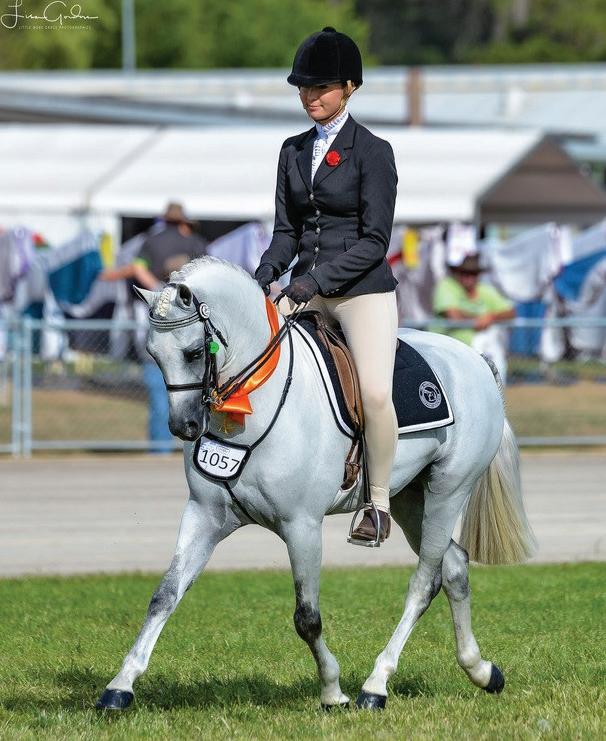
We promote the Australian Pony in all equine pursuits and welcome new members or enthusiasts whether you own, breed or are interested in the Australian Pony of today or yesterday.
We produce a quarterly newsletter Aussie Antics, for anyone keen to read it (accessed via our Facebook page). It provides information to assist new and established owners and breeders through educational articles and details of promotional activities.
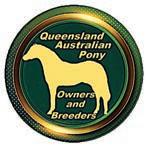
OUR VISION
To actively preserve the purity, heritage and indentity of the Australian Pony for present and future generations.
OUR MISSION
To Promote the development, ownership and growth of the Australian Pony within Queensland and nationally. v
To educate, encourage and support owners and breeders. v
To showcase the versatility of the Australian Pony across all disciplines and create awareness of our Heritage Breed.
We can be contacted by email: qldaustponyownersandbreeders@gmail.com or visit our Facebook page: Queensland Australian Pony Owners and Breeders

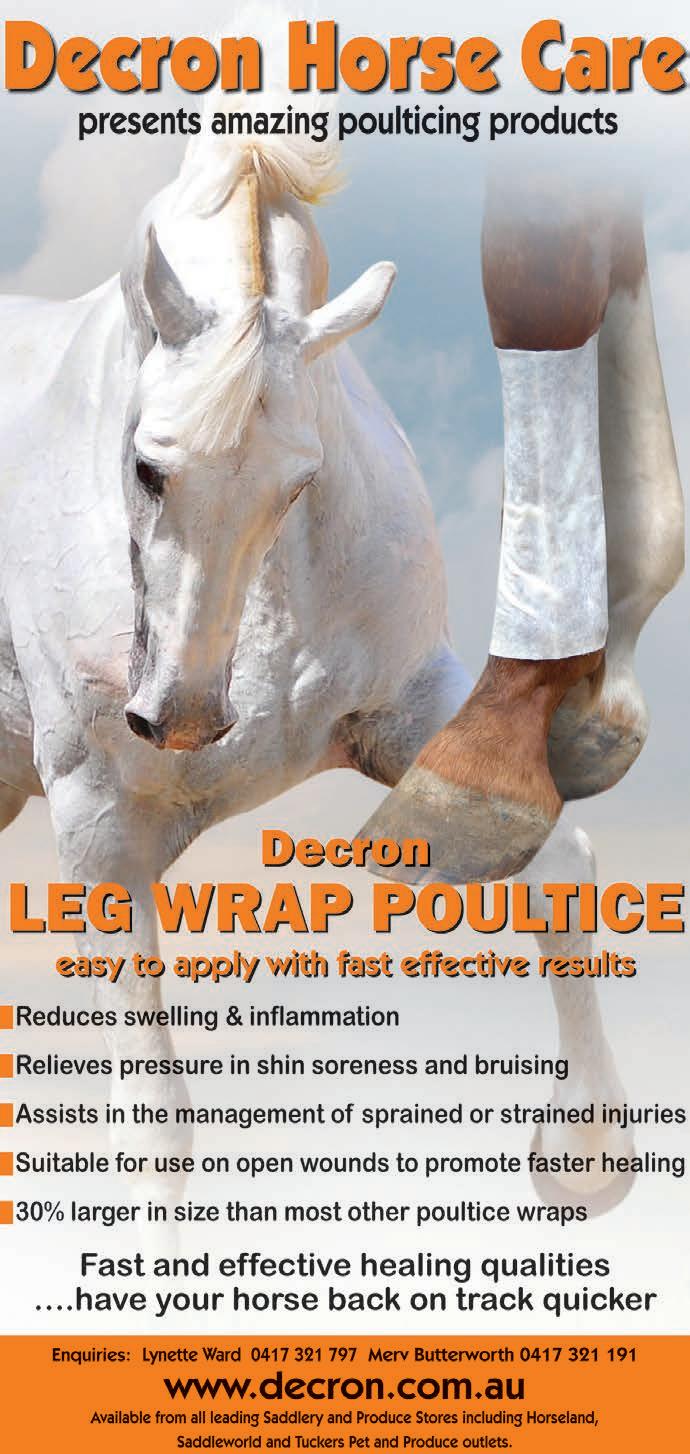


There’s the old saying, ‘You don’t really know someone until you’ve walked a mile in their shoes’. I was sitting in the paddock with the horses the other day trying to imagine what the world is like from their perspective. As all horse people will testify, horses regularly perceive something in the environment and try as hard as we can, we can’t see, hear, smell or feel it, but the horses do. By trying to understand how horses perceive their surroundings we can deepen our understanding and enhance our interactions with them.
One of the most striking aspects of how horses perceive the world is their vision. Horses have large lateral eyes on the sides of the head, that provide them with a wide field of view, approximately 350 degrees. This allows them to detect predators and other threats from nearly all directions. They have 2 types of vision, binocular to the front and monocular to the sides, with blind spots immediately in front and behind. These blind spots are why horses sometimes startle if something suddenly appears in one of these areas. 80% is monocular vision, where a horse views both sides separately with either eye. This allows horses to keep an eye on approaching threats. The remaining 20% is binocular vision, which provides a rather narrow zone, roughly 65 degrees, of the view directly ahead of them while using both eyes. Binocular vision enables horses to accurately judge distance and aids with depth perception. Horses can switch between monocular vision and binocular vision, depending on the situation in which they find themselves. This ability is one of the many things that makes equine eyesight so unique.
Horses eyes are more sensitive to movement than detail, making them adept at spotting potential dangers but not as skilled at focusing on finer details. Their eyes are dichromatic, meaning they see two primary colours, blue and yellow. They are less sensitive to red, which makes their world appear somewhat different from ours. For instance, a vibrant red shirt might not stand out as much to a horse as it would to a human. All of these components together shape how horses view the environment.
Horses have an acute sense of hearing, with ears that can rotate independently to pinpoint sounds from various directions. This ability allows them to detect even the slightest noises, making them alert to potential dangers. The conical shape of the outer ear, like an oldfashioned gramophone speaker, captures even the softest sounds. This shape shields the sound the horse is trying to focus on, fading out other noises around them. There are 10 muscles in a horse’s ear, compared to three in a human’s, which control movement. Horses’ ears can move 180 degrees. Their hearing range extends to frequencies outside what humans can perceive, enabling them to hear sounds that might go unnoticed by us. People can hear sounds from 20 hertz up to 20 kilohertz. A horse’s range is far wider, from 14 hertz up to 35 kilohertz, another two-thirds of an octave. With all this ability, horses can detect sounds up to 4km away!

Horses only breathe through their noses; as obligate nasal breathers they can’t breathe through their mouths. They have an exceptional sense of smell, which plays a crucial role in their ability to navigate their environment and for survival. Smell helps them locate food, water, other horses, detect predators, and sense subtle environmental cues that humans cannot detect. Horses can differentiate between members of the herd by scent alone. They also navigate based on scent, picking up on subtle environmental cues that we can’t detect. Horses’ olfactory abilities are so great that they can detect certain smells from up to 16 km away! When a horse curls back the upper lip and exposes the teeth (The Flehmen Response), they can better analyse a scent, particularly those related to pheromones. This is due to a vomeronasal organ (VNO) positioned at the base of the nasal cavity, within the roof of the mouth, that detects scent. Genetically speaking, humans have 350 olfactory receptor genes, while horses have 1,066! Their large, flexible nostrils flare to pull in as much air as possible when faced with a potentially significant scent.
Horses are highly social animals, and their perception of the world is heavily influenced by their interactions with other horses. They are prey animals, which means they are naturally attuned to the movements and behaviours of their herd members. Horses communicate primarily through body language, using their posture, ear position, and facial expressions to convey emotions and intentions. Horses can read each other’s body language and respond appropriately, whether it’s in the context of play, grooming, establishing dominance or alerting to danger. This keen perception extends to their relationships with humans as well, where horses pick up on subtle cues in our body language and emotional states.
Understanding how horses perceive the world provides invaluable insights into their behaviour and needs. Their unique visual, auditory, and olfactory capabilities, combined with their social structures, shape their interactions with both the environment, each other and with us. By recognizing these aspects of equine perception, we can deepen our understanding of them, fostering better relationships with our horses, and enhancing our shared experiences.
Suzy Maloney B. Eq. Sc. has a degree in Equine Science, has been instructing riding students for 15 years and runs her own business Happy Horses Bitless. Suzy discovered bitless bridles 10 years ago and has now made the promotion of their use her passion. She teaches students exclusively in bitless bridles, gives bitless clinics, writes articles, gives talks on bitless riding and sells bitless bridles through her web page.
Suzy believes we can communicate with horses using gentleness, intuition and an open mind. Her lessons are a combination of classical riding, natural horsemanship and the understanding of equine behaviour.
Suzy Maloney B.Eq.Sc. HAPPY HORSES BITLESS | CONSIDERATE HORSEMANSHIP P: 0401 249 263 | E: suzy@happyhorsesbitless.com | www.happyhorsesbitless.com
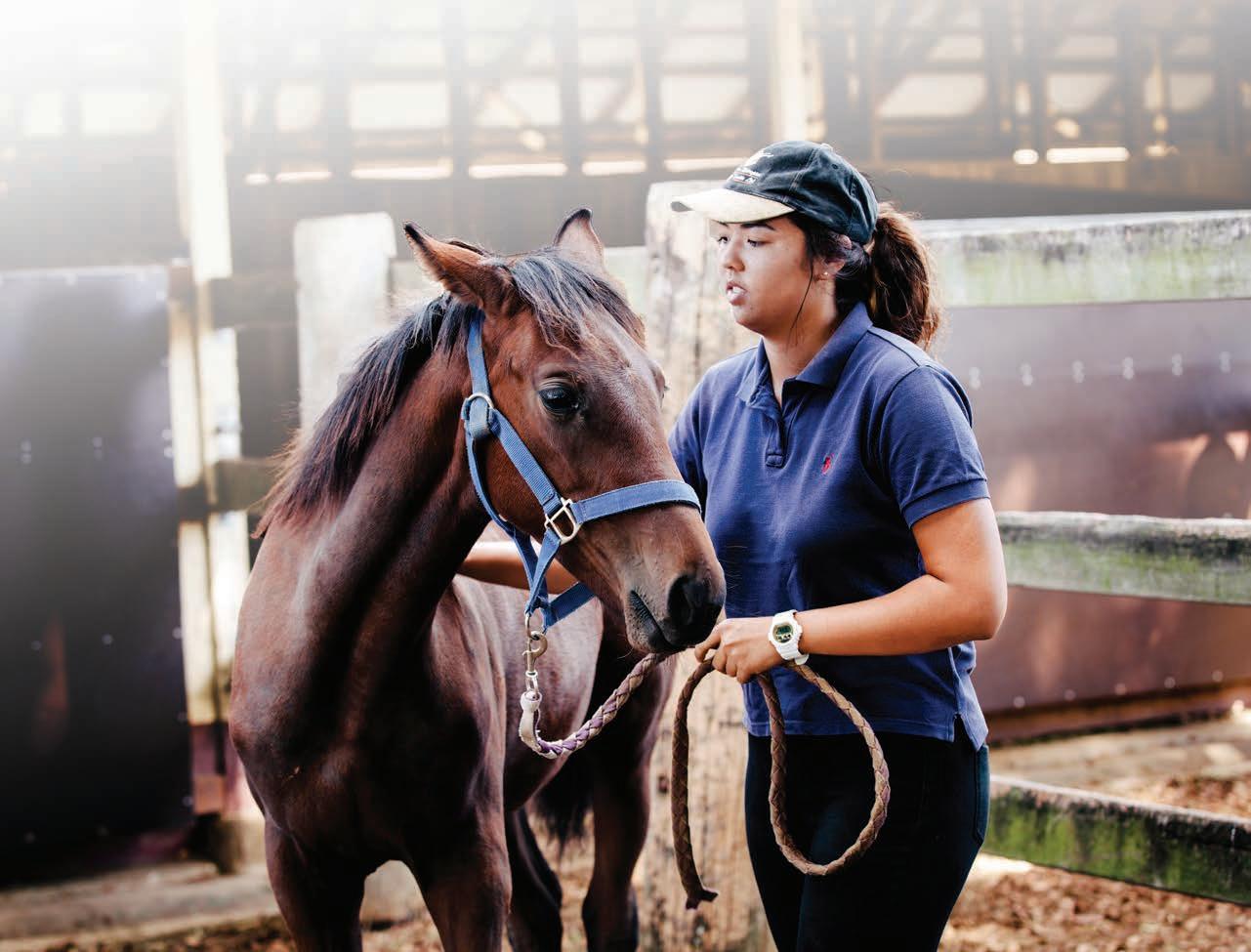

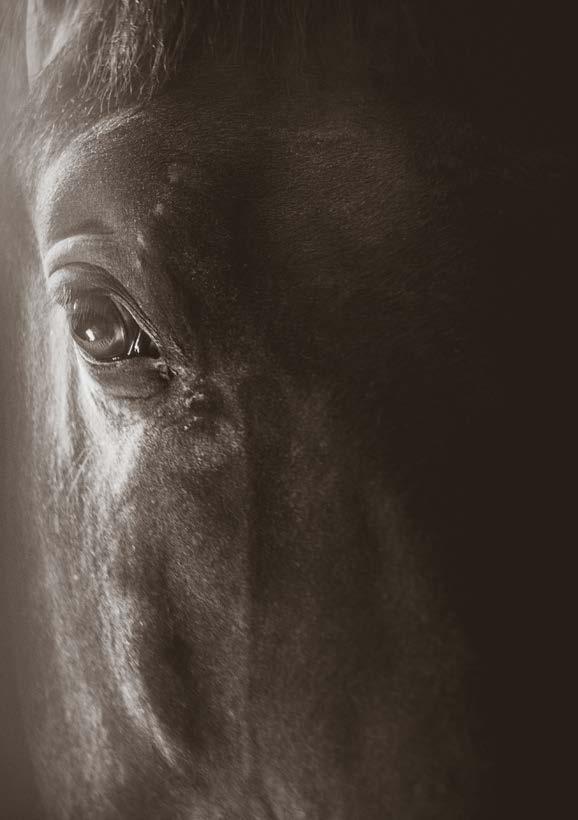
Complete equine and bovine veterinary services in the NSW Northern Rivers, covering Lismore, Casino, Kyogle, Bonalbo, Ballina and surrounding areas.
• Equine veterinary dentistry, using Powerfloat and portable crush
• Equine reproduction, including chilled and frozen AI
•
• Equine surgery, including castrations, leg surgery, other general surgeries (also work closely with specialist equine surgeons)
• Hospitalisation facilities for horses requiring ongoing treatment
• Digital real-time radiography, ultrasonography and endoscopy, including for airways and stomachs
• Equine podiatry, with particular interest in laminitis treatment and rehabilitation
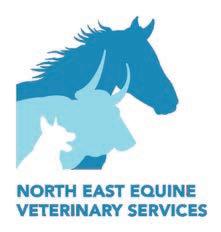
• Equine ophthalmology, including more specialised eye surgeries following eye trauma
Dr Bruno D. Ros BVetBio BVSc (Hons)
MOBILE 0427 293 227
EMAIL bruno@neequinevets.com.au
“Old Dairyvale” 488 B Kyogle Rd Tuncester NSW 2480 www.neequinevets.com.au
The Mistletoe (Viscum album ) has been used in complementary cancer care for more than 100 years. It has significant beneficial effects on quality of life, tolerance to conventional therapies, immune function, and overall survival. It can be used at any stage of the cancer journey, from post-surgical to palliative care.
Mistletoe therapy is at the heart of complementary cancer therapy – it is the measure most frequently used for humans. The use of mistletoe in dogs, cats, and horses has been expanding rapidly in Europe over the past 25 years and is gaining popularity in North America and other countries. Effective and safe, Viscum album should be a first-line therapy in integrative veterinary oncology.
The mistletoe has been used as a medicinal plant since ancient times: externally for wounds, ulcers, and diseases of the spleen, and internally for gynecological disorders and seizures (epilepsy). Since 1917, mistletoe products in the form of injections have also been used in complementary cancer therapy. Over the years, the special manufacturing process has developed further, thus progressively increasing therapeutic efficiency. Mistletoe therapy has a positive effect on the patient’s immune system and quality of life, and has been shown to improve tolerance of standard therapies rendering it more relevant today than ever before.
The White-Berry Mistletoe –
Botany Mistletoe is most visible in the winter months, when deciduous trees have lost their leaves and you can see spheres of evergreen leaves on the bare branches. Mistletoe (Viscum album) is a semi-parasite that lives on trees. In the plant kingdom, it stands apart: It has no roots, only a socalled “sinker” that connects the mistletoe to the host tree and supplies it with water, salts, and some nutrients. Unlike all other plants, the mistletoe reproduces in winter, blooming in February/March and bearing ripe, white berries in November/December. The mistletoe does not orient itself to the sun, so both sides of its leaves are identical and its branches grow out into all directions – giving it its spherical shape. In Europe, there are three subspecies of white-berry mistletoe: deciduous tree, pine and fir mistletoe.
The mistletoe contains over 1,000 different constituents. The effects of its proteins – lectins (glycoproteins) and viscotoxins (polypeptides) – and complex carbohydrates (polysaccharides) have been researched most extensively.
Additional constituents like arginine (an amino acid), flavonoids (secondary plant metabolites), and a high level of vitamin C contribute to immunomodulation and tumor inhibition. With the mistletoe, as with most medicinal plants, the whole extract should be considered the “active substance”. In scientific investigations, the extract was shown to have a broader effect spectrum than the isolated constituents.
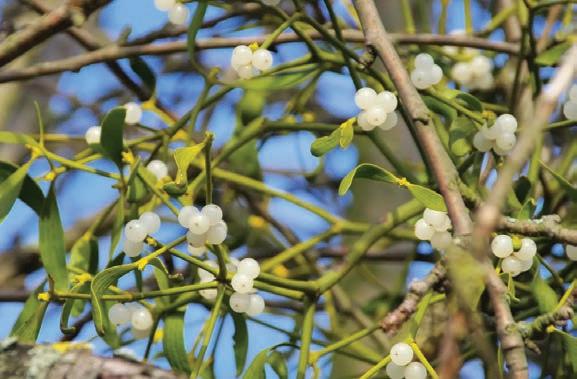
Mistletoe therapy acts on many levels: On the one hand, it boosts the immune system by multiplying and activating the immune cells. On the other, mistletoe therapy can induce apoptosis (the process of natural cell death) in tumor cells which results in the inhibition of tumor growth. Healthy tissue is not adversely affected by this. On the contrary: Immune cells and other healthy cells are protected against further injury, e.g. damage caused by cytostatic drugs. It is noticed that the mistletoe therapy significantly improves their quality of life.
For example:
• Improved general well-being
• Less fatigue, especially during and after chemotherapy
• Less nausea
• Improved appetite
• Less pain sensation, so fewer painkillers and sedatives are needed
This mode of action makes mistletoe therapy a key supplement to standard oncological veterinary therapy.
The mistletoe used in the therapy are named according to the mistletoe’s host tree for example: apple tree, fir or pine, the species that are originally from Europe.
The selection of the Mistletoe to be used will depend on what best suited to a specific patient and tumor. It has been observed for all these years that mistletoe from different host trees have different focuses in their activity.
In general, mistletoe therapy can be started at any time. The best time would be right after the tumor is diagnosed. Mistletoe therapy can support patients going through surgery, chemotherapy, and radiation therapy – it can help reduce, or even prevent possible adverse reactions.
Check out our online course!
Mistletoe Therapy for Canine Cancer Patients
This course was developed to teach veterinarians how to incorporate Mistletoe therapy into their practices for oncology patients.
*Please Note: this course is only available to veterinarians.
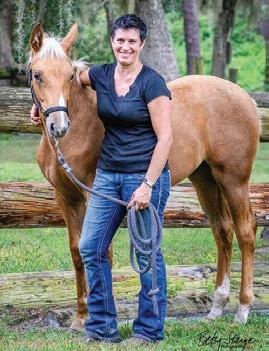
Dr. Angelique Barbara (affectionally called Dr. Angel by many of her clients) is a Doctor of Chiropractic who holds additional degrees in Veterinary Science (B.S.), Equine Science (Minor) and Veterinary Pathobiology (M.S.). Dr. Barbara has been passionate about animals her entire life and has spent the majority of her life studying animals (both in the classroom and in the field). She developed her first animal bodywork seminar in 2009. Since that time, her seminars have grown both in number and popularity and she has fine tuned her seminars and techniques to optimize the learning experience. Dr. Barbara was one of the first practitioners to start utilizing kinesiology tape on animals and she was so impressed with the results that she decided to develop an entire seminar dedicated to the taping applications she developed. Her background in both the clinical and research animal health care world as well her experience as a human chiropractor give her a unique perspective on animal bodywork, which is evident in her courses. View courses at www.holisticanimalstudies.net


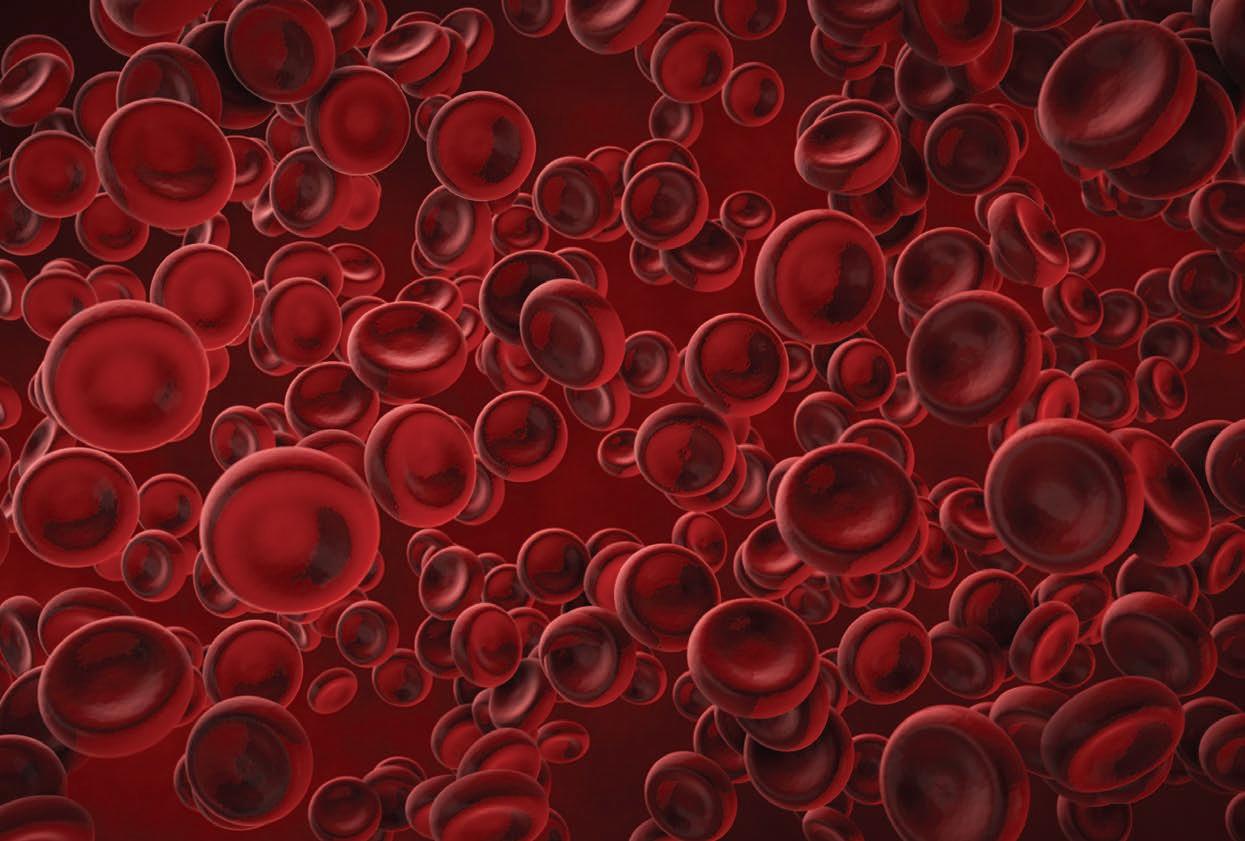
©2024 Dr Jennifer Stewart BVSc BSc PhD CEO Jenquine, Equine
Anaemia is a decrease in the number of circulating red blood cells (RBC). It is an abnormality in the blood caused by an underlying disease process. According to many leading equine veterinarians anaemia is possibly one of the most over-diagnosed conditions in horses. And, it’s not an illness - it is a symptom of something wrong elsewhere in the body. If the underlying cause is not identified and diagnosed, treatment may fail, leading to frustration for the owner - and most likely the horse as well!
Anaemia is due to loss (haemorrhage), destruction (haemolysis) or reduced production of red cells. If you think your horse may be anaemic, it’s important to find and treat the cause of the anaemia as well as the anaemia itself.
In both acute and chronic anaemias the signs will vary with the cause and the rate at which the anaemia develops. Horses with mild to moderate anaemia often have no signs or they may seem slightly lethargic and have slightly pale mucous membranes (gums, eyelids, nasal passages). In cases of severe anaemia, the clinical signs will vary depending upon the cause and rate at which anaemia develops. In acute, sudden-onset anaemia, horses may have increased heart and respiration rates, weakness, prolonged capillary refill time, low body temperature, weakness and eventually cardiovascular collapse.
Although the primary presenting sign of anaemia in horses is pale mucous membranes, depending on the underlying cause of the anaemia, horses may show any of the following:
depression/lethargy/poor performance
increased heart and/or respiration rate
pale or jaundiced (yellowish) mucous membranes in the gums, nostrils and eyelids but this can also be seen in anything that causes loss of appetite
discoloured urine
fever
a heart murmur due to thinning, decreased viscosity and increased turbulence of the blood
small haemorrhages in the gums
weight loss
Once anaemia is suspected a blood sample is required to measure packed cell volume (PCV), red blood cell count (RBC) and haemoglobin concentration. Haemoglogin contains iron – iron binds oxygen. Because blood iron levels are not a good indicator of body iron levels, your veterinarian may request measurement of blood ferritin levels. There are some features unique to the equine red cell and your veterinarian will also be able to advise on these. PCV should always be interpreted in light of the horses’ age, breed, use and level of hydration and excitement. The spleen is an important reservoir for RBC - stress, exercise and excitement can cause the spleen to contract, expelling red cells into the blood and increasing the PCV by up to 50%. Anaemia can be masked by temporary elevations in PCV due to exercise or excitement, and for this reason your vet may want to assess PCV in the rested horse. Similarly, horses with dehydration have a relative increase in PCV that can mask anaemia. Older horses, foals, Warmbloods, Quarterhorses, Clydesdales and ponies have a lower PCV than Standardbreds and Thoroughbreds, and fit horses have higher PCV. And, unlike other animal species and humans, when a horse has reduced RBC, it doesn’t release immature red cells from the bone marrow to boost the number in the blood.
It’s important in diagnosing the cause of anaemia to determine whether the bone marrow is increasing the production of red cells. In other species and in humans this can be done by looking at a blood smear to see what the red cells look like – young, new ones are still immature and under the microscope are easily identified. Because horses don’t move the new red cells into the blood until they are fully mature, the only way to assess whether the horse is responding to a reduced number of red cells is with a bone biopsy or aspirate.
Often the underlying cause of an anaemia is not easy to elucidate, your veterinarian may perform a bone marrow aspirate or biopsy to determine if the bone marrow is responsive. If the anaemia is classified as ‘regenerative’ ie the horse is responding, a further step is made towards diagnosing the cause. Anaemia caused by blood loss (haemorrhage) or red cell destruction (haemolysis) is regarded as ‘regenerative’, whereas anaemia due to decreased production of red cells is ‘non-regenerative’ because the bone marrow isn’t responding by generating more RBCs.
If the anaemia is due to haemorrhage the source of the blood loss must be identified. Other than surgery and injuries, acute sudden blood loss is usually due to rupture of a large blood vessel and requires emergency treatment. If the vessel is internal, your veterinarian may undertake ultrasound, endoscopic and rectal examinations and collect fluid samples from the chest and belly. Acute blood loss can also occur with exercise-induced pulmonary haemorrhage (EIPH). This can occur in any horse undergoing strenuous exercise – it also occurs in humans, camels,
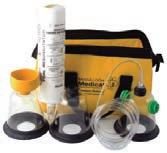



















greyhounds and sled dogs. Chronic blood loss can be caused by bleeding gastrointestinal and urinary tract lesions, and also by what are known as haemostatic disorders – ie disorders of the blood clotting pathways and mechanisms.
The causes of haemostatic and clotting disorders are many and identification is essential to allow correct treatment. They include immune-system dysfunction, some colics and laminitis, genetic abnormalities, kidney and liver disease, septicaemia, drug reactions (aspirin, phenylbutazone, phenothiazine, some anti-biotics, warfarin (rat poison)), mouldy sweet clover toxicity, snake bite, mass bee stings, post-strangles infection, incompatible blood transfusions and neonatal isoerythrolysis (NI) in foals. Your veterinarian may require gastroscopy, manure blood tests, urinanalysis, and additional blood smears and tests such as thrombocyte counts and clotting times to rule out haemostatic disorders. And, we are very, very lucky our quarantine and biosecurity have thus far kept out the many blood parasites (babesiosis, anaplasma etc) and viruses (equine infectious anaemia and viral arteritis) that result in red cell destruction in horses, humans and animals in other countries.
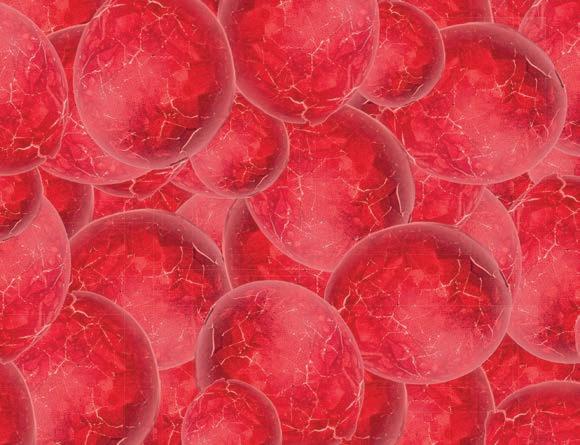
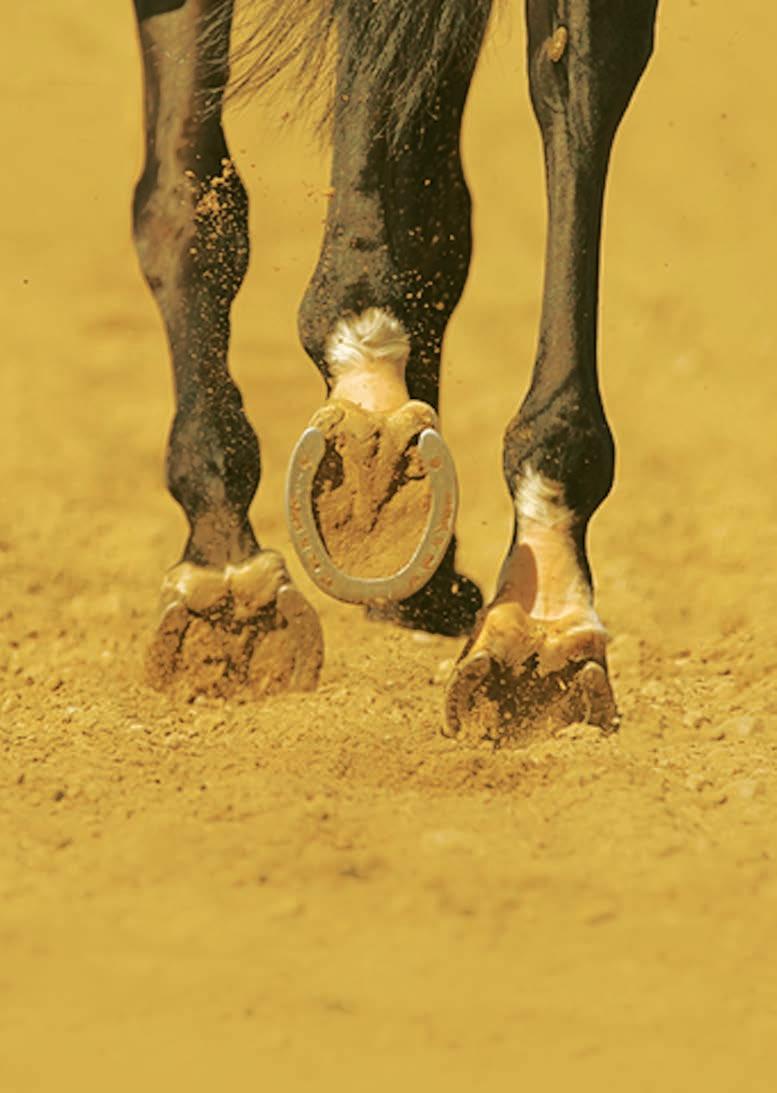
Immune disorders (immune-mediated haemolytic anaemia IMHA) occur when proteins that are part of the normal defence system get deposited onto the surface of the RBC. They also occur when a blood transfusion donor horse has a different blood group to the recipient horse and in foals that have a different blood type to their dam (neonatal isoerythrolysis NI). The spleen, liver and bone marrow recognise and quickly remove the abnormal red cells. Abnormal red cells also occur with certain cancers, toxins, chemicals, allergies (penicillin or trimethoprim drugs) and after infections (strangles or viral infections). Acute haemolytic anaemia has been reported after oral administration of L-tryptophan in ponies. And in Fell and Dale ponies a genetic immunodeficiency syndrome that causes severe fatal anaemia has been identified.
NI is the most common form of IMHA. It occurs when the foal and dam blood types are incompatible and during pregnancy the mare’s body produces anti-bodies against the foals RBCs. The anti-bodies accumulate in the colostrum and when the newborn foal drinks the colostrum the anti-bodies attack it’s red cells. The foal is born normal but develops progressive clinical signs of anaemia within 12 to 24 hours. Affected foals need veterinary care and must be rapidly identified and prevented from sucking for 48-72 hours. The prevalence of NI in Thoroughbreds is 1-2%. There are 8 major blood groups in horses (A, C, D, K, P, Q, T and U) with 32 distinct red blood cell antigens. The majority of NI cases involve the antigens Aa and Qa - mares that are Aa and Qa negative are at a higher risk of producing a foal with NI.
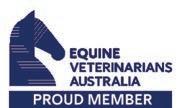

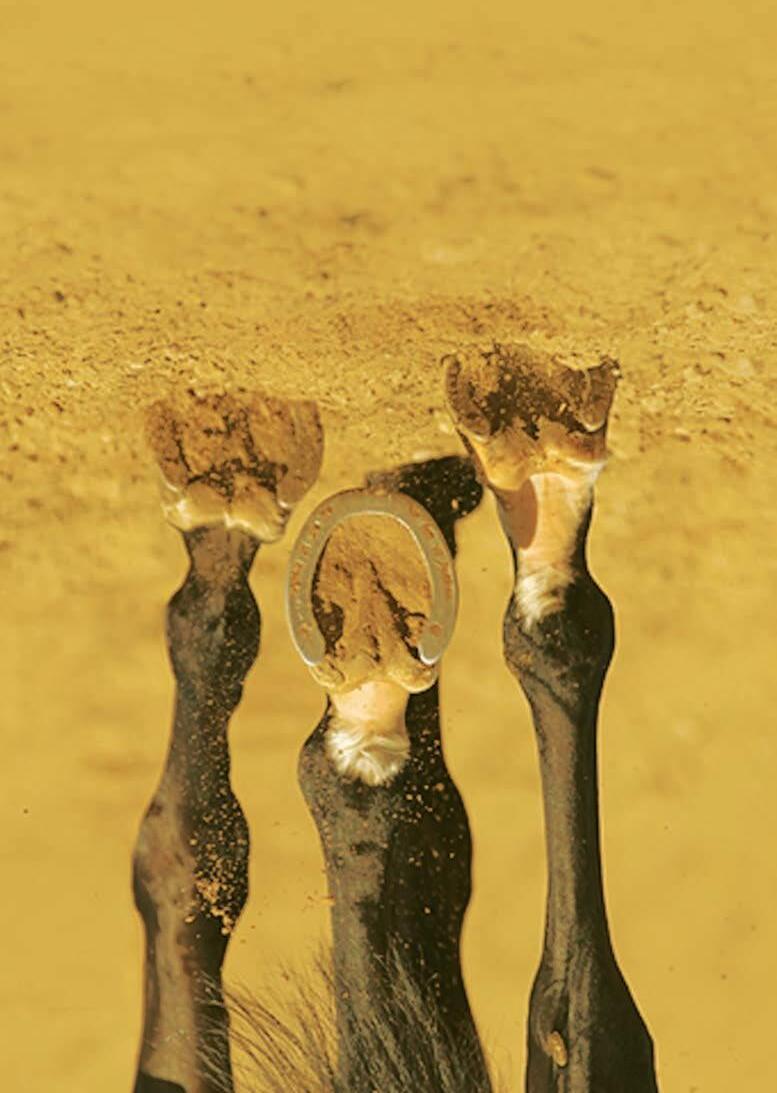


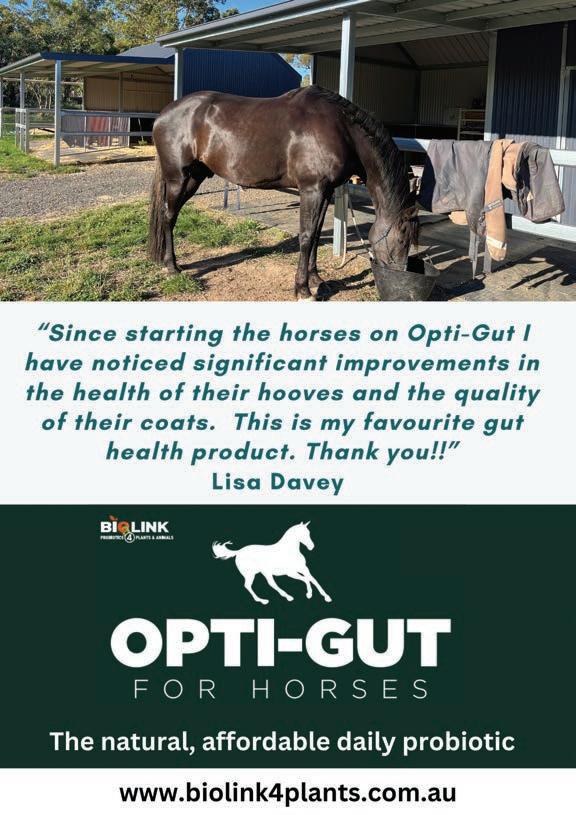
The most common cause of anaemia in horses is inflammation or chronic disease (ACD = anaemia of chronic disease). Inflammatory compounds and oxidants released from the cells damaged by inflammation and disease can suppress the bone marrow and/or decrease the lifespan of the RBCs. RBCs damaged as they pass through inflamed and infected tissues are destroyed and their iron content is stored. Insulin-resistance is an inflammatory state and ACD is common in horses with Cushings. Although the effect on iron metabolism can lead to AOCD eventually looking like iron deficiency iron stores in domestic horses are typically many times higher than what they would need for a lifetime. Because the horses are not iron-deficient, giving them extra iron doesn’t help.
Oxidant-induced haemolytic anaemia occurs when the RBC become injured and damaged by certain plants, chemicals, minerals or drugs. Rarely it is due to a genetic deficiency in the oxidant protection pathways. Many oxidants (e.g. red maple, iron, zinc, copper) cause the red cells to rupture (haemolysis). Other plants that have been shown to cause haemolysis in horses are onions, garlic (as little as 100g a day) and the leaves and seed pods of pistachios.
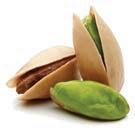

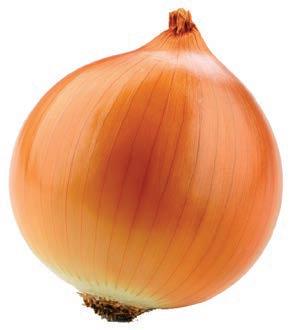
Horses will voluntarily consume sufficient quantities of garlic to cause Heinz body anaemia. The potential for garlic toxicosis exists when horses are chronically fed garlic. Further study is required to determine the safe dietary dose of garlic in horses. DMSO is associated with intravascular haemolysis in some horses but the mechanisms are unknown.
Non-regenerative anaemias can be due to starvation, nutritional deficiencies in vitamins or minerals, long term diseases, kidney disease and bone marrow diseases. Iron-deficiency anaemia in horses has only been reported following haemorrhage. Horses conserve and store iron, but because many vitamins and minerals are involved in red cell and haemoglobin synthesis, deficiencies in these can mimic iron deficiency. Copper and vitamin B6 deficiency and lead poisoning reduce production of haemoglobin and can cause anaemia in which there is abundant iron, but it can’t be used. Providing additional iron in the diet reduces it’s absorption in the intestine – and wont help anaemia due to vitamin and mineral deficiencies. B12 and folate deficiencies could cause anaemia and horses on long term acid-suppression ulcer medications, gut disturbances or reduced appetite may benefit from B12 and folate supplementation.
Iron never leaves the body, it is recycled. Iron supplementation may be needed when there has been haemorrhage and blood loss – although in most cases normal diet sources should be enough. Soil, grass, hays and sugar beet are all high in iron. Excessive oral and injectable iron supplementation, can reduce absorption, damage red cells and cause low RBC counts in high performance horses.
Because iron never leaves the body, iron overload can occur. Diagnosis is based on blood tests and your veterinarian may test for serum iron,
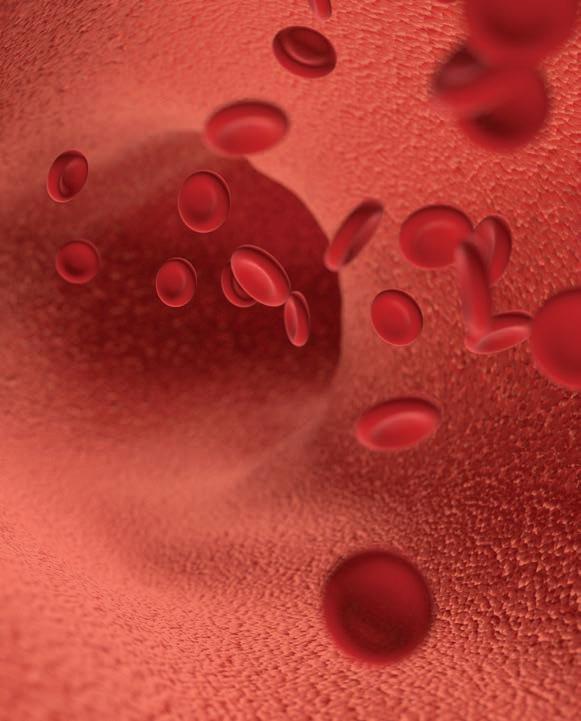
transferrin and ferritin levels. The potential adverse effects of iron supplementation can be toxic to foals and iron injections often result in severe reactions and death in horses. Iron is toxic to the liver and levels in the spleen and liver can be very high in older horses. Raised blood insulin is the most common cause of laminitis in horses with metabolic disorders and insulin-resistance syndromes including Cushings. These horses are particularly sensitive to iron and adding more is not routinely recommended.
In mature horses, iron deficiency is extremely unlikely as most soils, forages, grasses, hays and grains have high levels and because of the innate ability of horses to conserve iron. For foals, colostrum, soil and their dam’s manure are major sources of iron. Iron supplementation is not routinely recommended in foals, unless on veterinary advice. In any horse, a suspicion of anaemia needs to be thoroughly investigated to identify the type of anaemia and the underlying cause and to iniate correct treatment.
All content provided in this article is for general use and information only and does not constitute advice or a veterinary opinion. It is not intended as specific medical advice or opinion and should not be relied on in place of consultation with your equine veterinarian.
©2024
Dr Jennifer Stewart BVSc BSc PhD CEO Jenquine, Equine
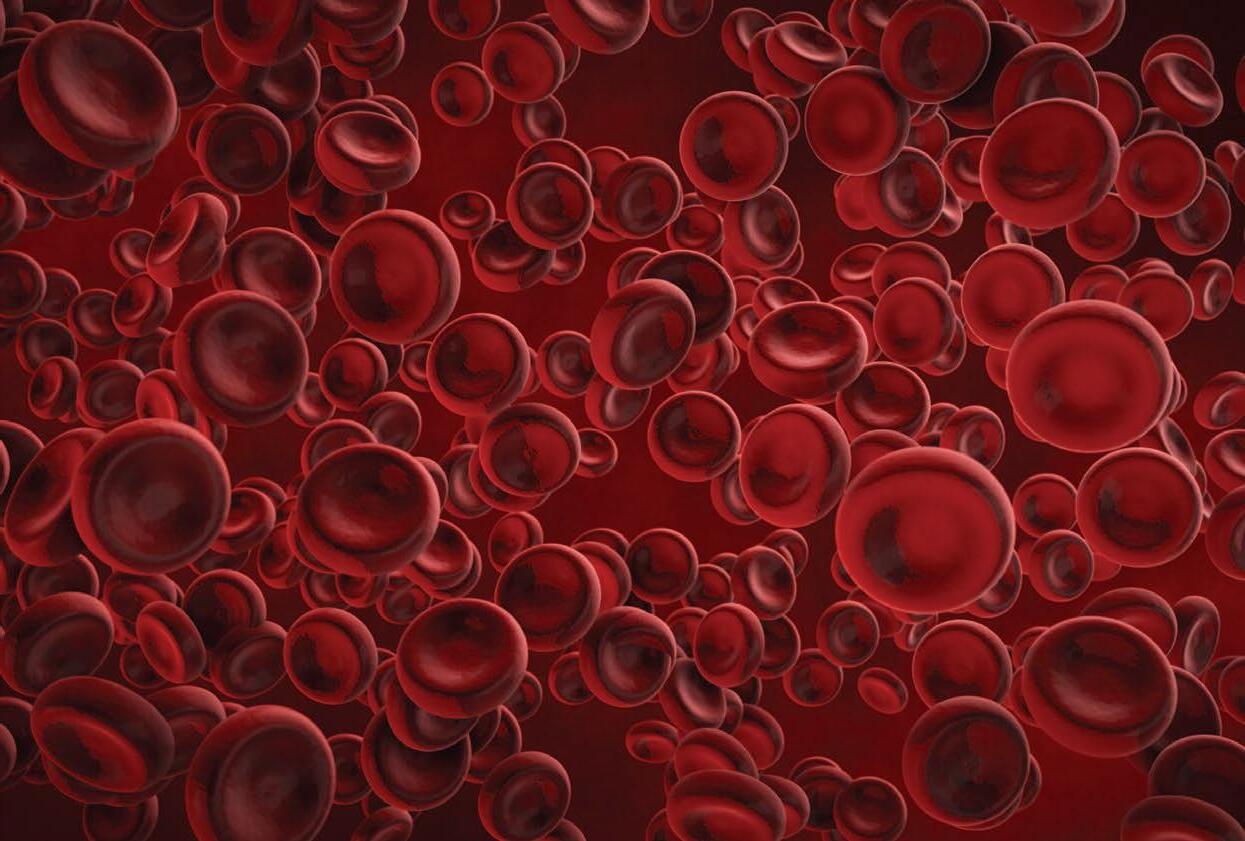
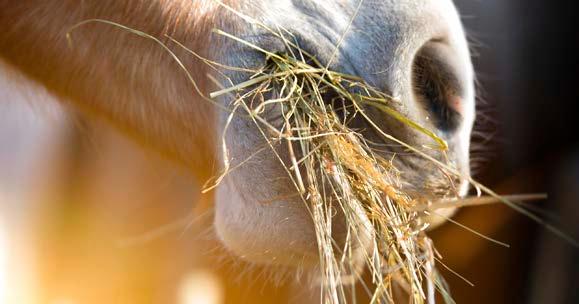
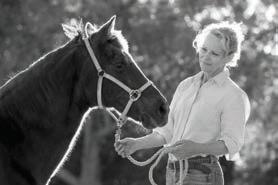
Dr Jennifer Stewart CEO BVSc BSc PhD Dip BEP Equine Veterinarian and Consultant Nutritionist
Dr Jen Stewart has been an equine veterinarian for more than 40 years and an equine nutritionist for more than 10 years. Jen has been developing premium formulas for studs, trainers and feed companies in Australia and around the world and regularly consults to leading international studs and trainers in various countries.
Jen has spent a fair bit of time researching and being involved in nutritional management of developmental orthopaedic diseases, colic, tying-up, laminitis, performance problems, post-surgery and other conditions. And is currently the only practicing equine veterinarian and clinical nutritionist in Australia. Jen’s promise is to continue to BRING SCIENCE TO YOUR FEED BIN www.jenquine.com


Start anytime and work at your own pace. This course never expires so you will always have access to the material!
www.holisticanimalstudies.net
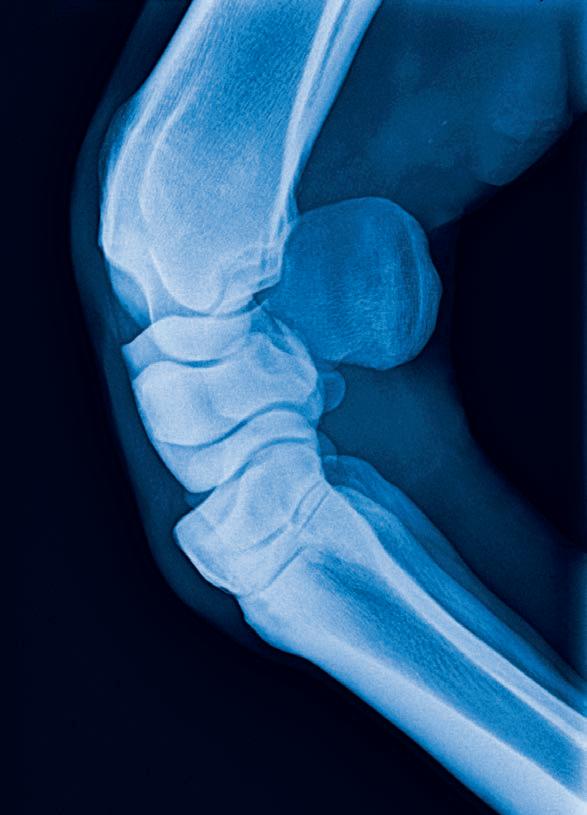


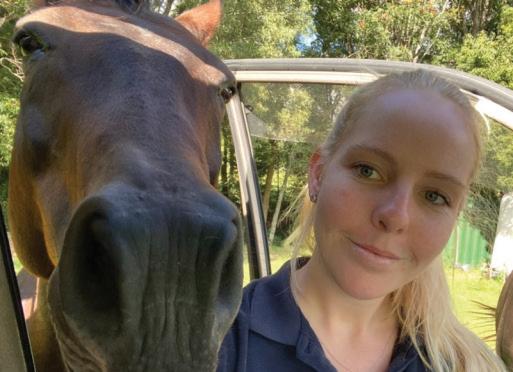
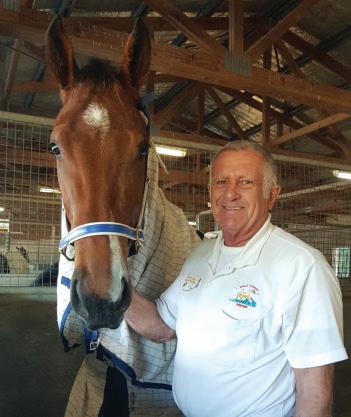

By Amy Snow and Nancy Zidonis
During hot weather, animals can become overheated and suffer from Heat Stroke even with all the precautions you take. The buildup of internal heat can lead to life-threatening conditions. When extreme, summer heat invades the body, it can result in internal organ damage.
Indicators of Heat Stress or Heat Stroke
• Anxious or stressed behavior
• Heavy panting or drooling
• Vomiting or diarrhea
• Elevated heart rate

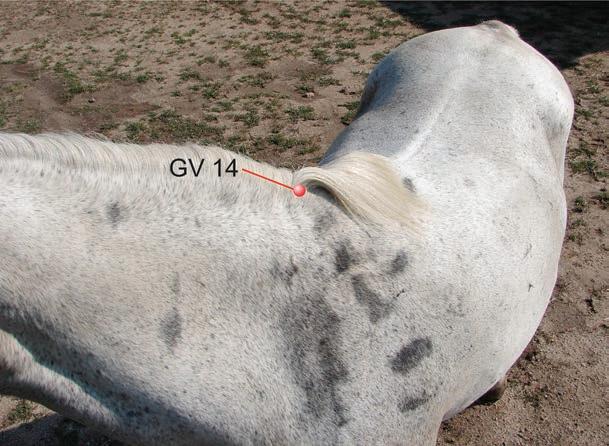
• Red or purple gums and/or tongue
• Stumbling or collapsing
• Open mouth breathing.
There are specific acupressure points known to help to expel internal heat. The most commonly used point is Governing Vessel (GV 14) located on the midline at the base of the animal’s neck. Give this acupressure point, also called “acupoint,” a scratch for a slow count to 30 to help release heat.
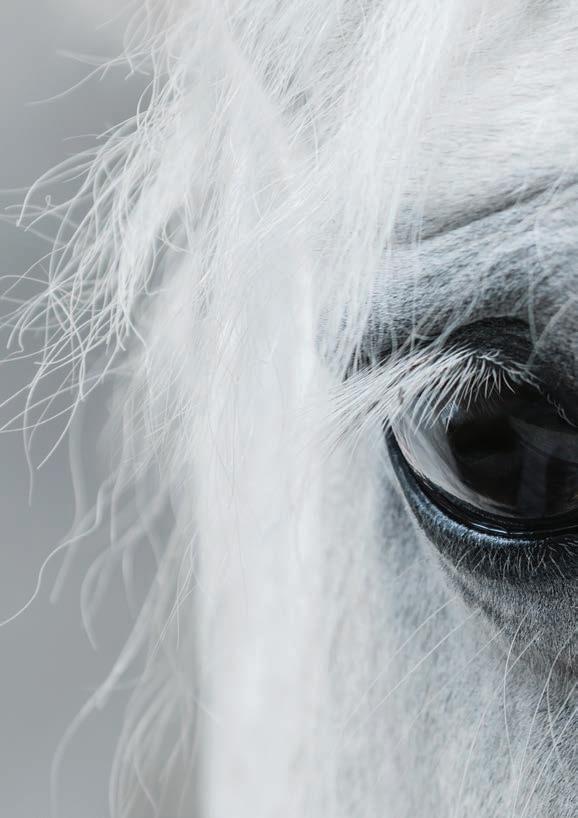

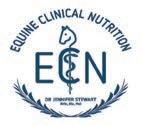

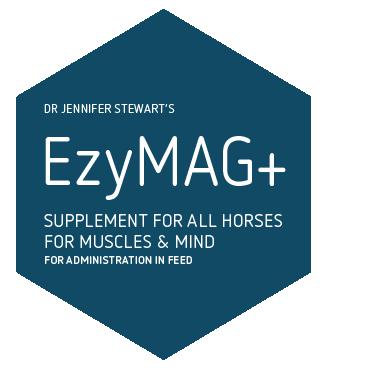
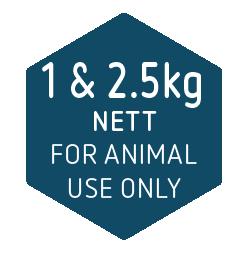
There are two more acupoints that are used to reduce internal heat and help balance the internal organs: Gall Bladder 34 (GB 34) on the hind leg and Large Intestine 11 (LI 11) on the foreleg. Scratch each of these points quickly to dispel heat for duration of a slow count to 30.

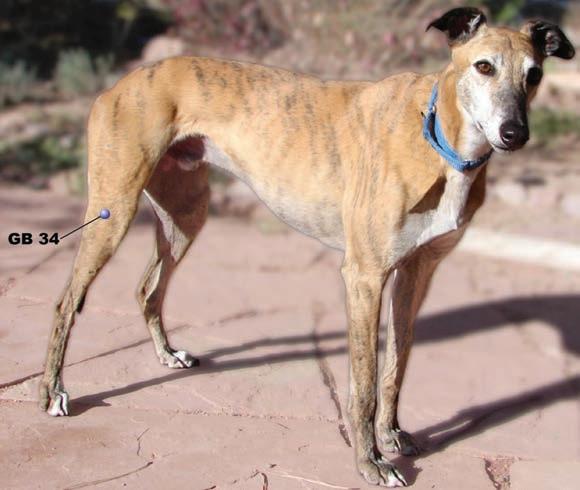
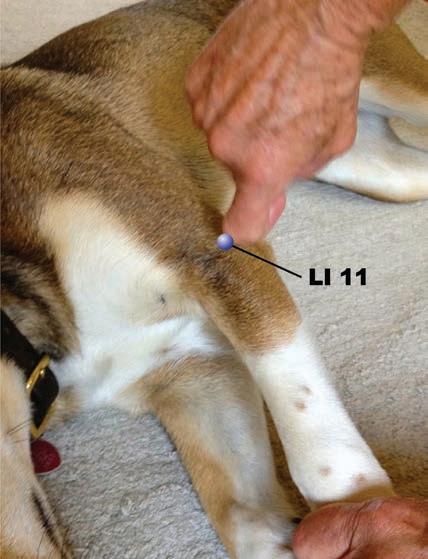
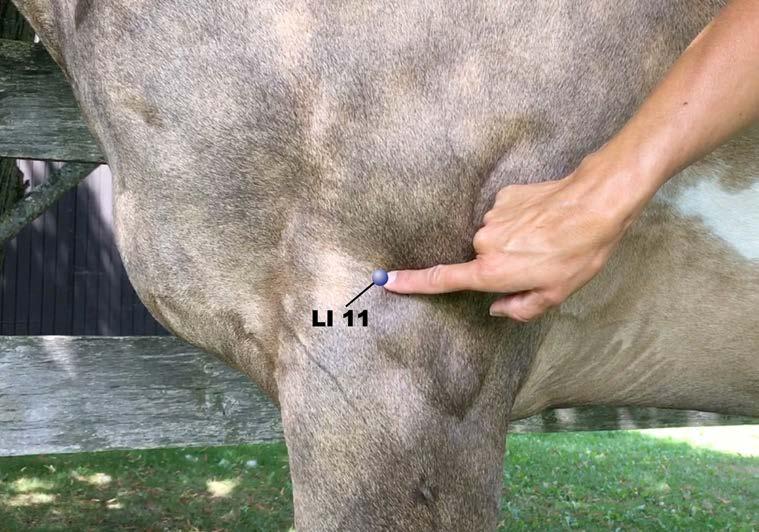
• Open air shade with good ventilation
• Cooled indoor stalls/boxes
• Fresh drinking water available at all times
• E xercise only in the early morning or late evening
• Provide shelter from sun during turnout
• If overheating or heat stroke presents, use cool running water, fans in a well-ventilated area while contacting your veterinarian.
• Only let them outside or walk in the cool of the early morning and late evening
• Check the heat level of the pavement before walking
• Use a water spray to keep them cool
• Do not shave their coat, their hair serves as protection and insulation
• Walk in the shade

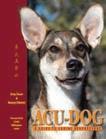

Amy Snow and Nancy Zidonis are the authors of ACU-HORSE: A Guide to Equine Acupressure, ACU-DOG: A Guide to Canine Acupressure and ACU-CAT: A Guide to Feline Acupressure.
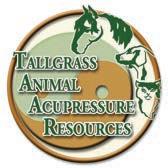
They founded Tallgrass Animal Acupressure Resources offering books, manuals, DVDs, apps, meridian charts. and consulting services. Visit: www.animalacupressure.com, Email: tallgrass@animalacupressure.com
Amy Snow and Nancy Zidonis are the authors of ACU-HORSE: A Guide to Equine Acupressure, ACU-DOG: A Guide to Canine Acupressure and ACU-CAT: A Guide to Feline Acupressure. They founded Tallgrass Animal Acupressure Resources offering online courses, books, manuals, DVDs, apps, meridian charts. and consulting services. For Resources Contact: www.animalacupressure.com, tallgrass@animalacupressure.com
• Cool drinking water available at all times
• Ensure good ventilation if over heated
• Use cool running water (not ice) and a fan for ventilation if heat stress
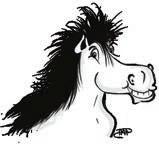

Handcrafted natural grooming products for horses and dogs.
Home of Coconut Sulphur Soap
A shampoo bar and so much more. Helps itchy horses and dogs, maintains healthy feather whitens naturally.
Bluestone Putty Putty to maintain healthy hooves.
Feather Shield


Our natural version of pig oil. Protecting and conditioning in wet or dry conditions.




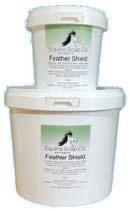
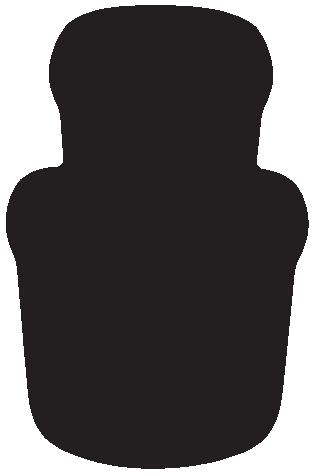
Specialising in whitening products for feather, socks and tails
View our whole range at www.equinesoapco.com.au
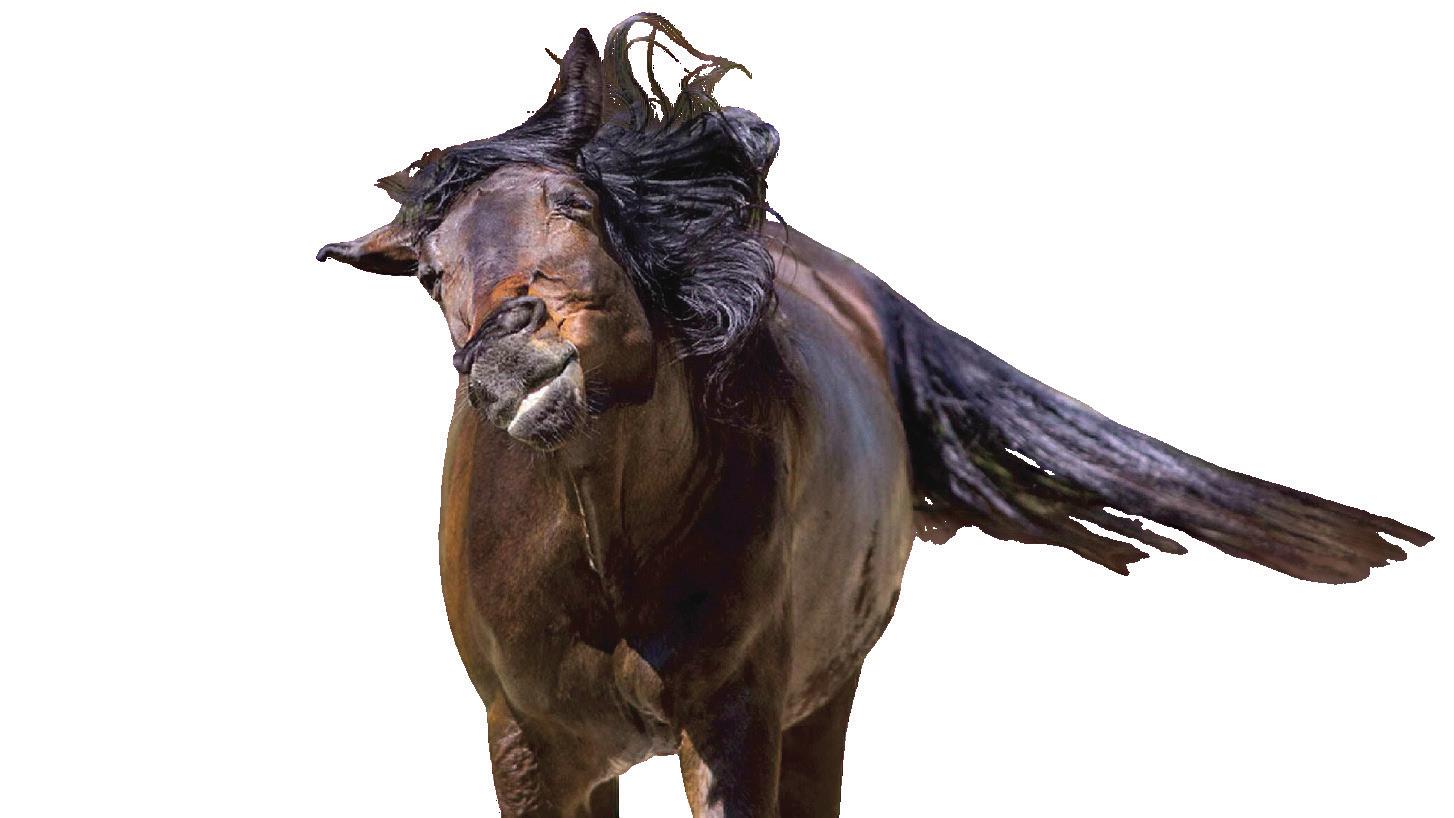
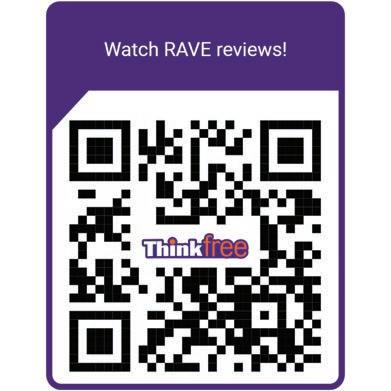



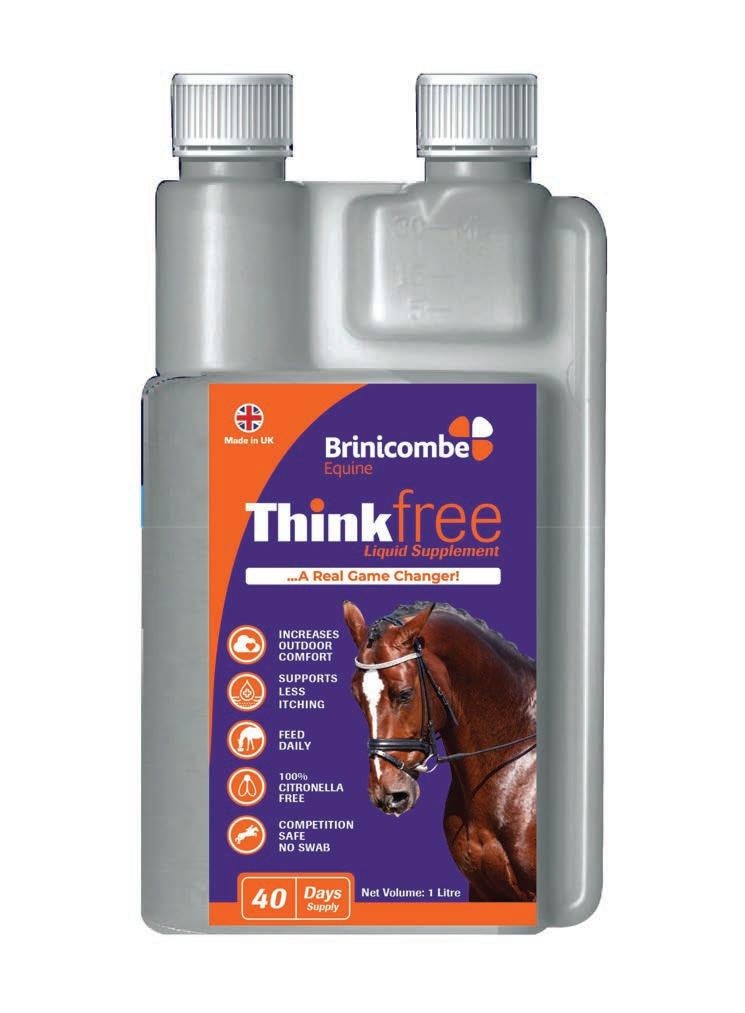

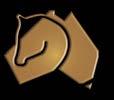
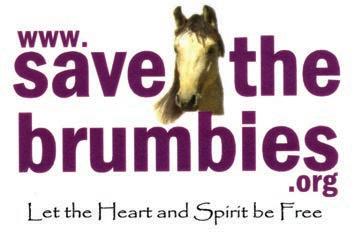
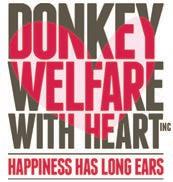
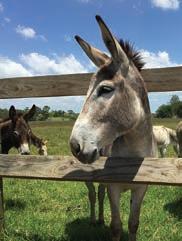
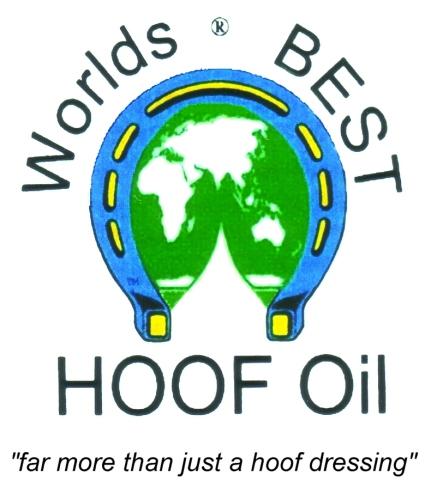
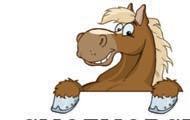


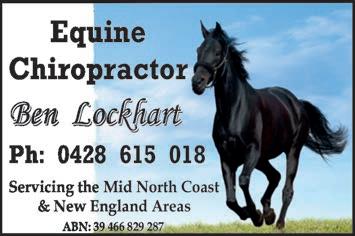






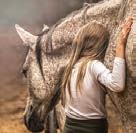
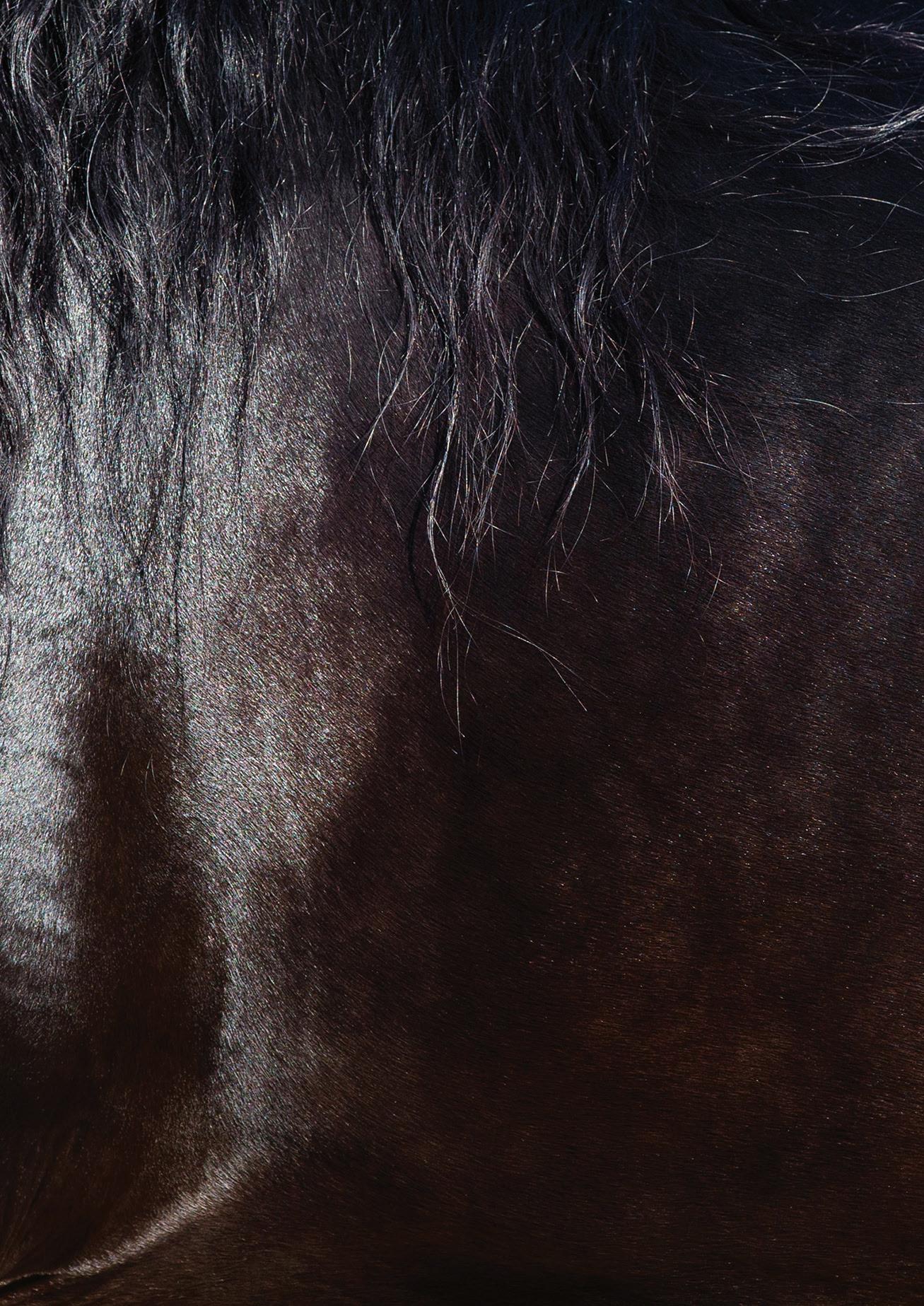







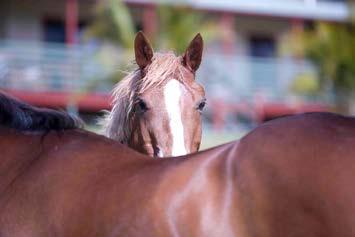
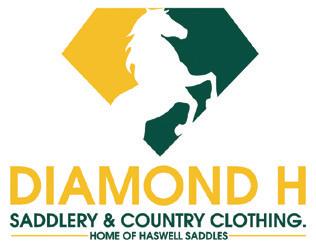
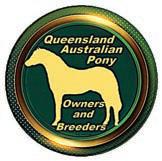

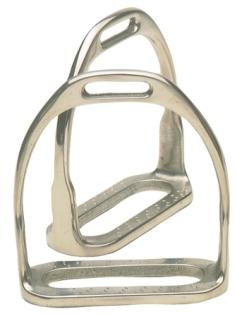
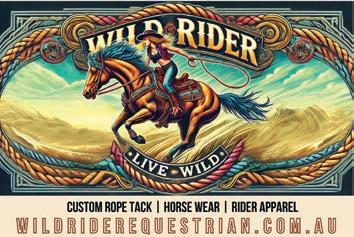



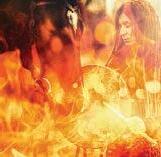


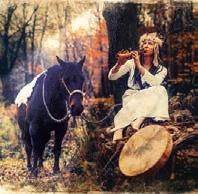
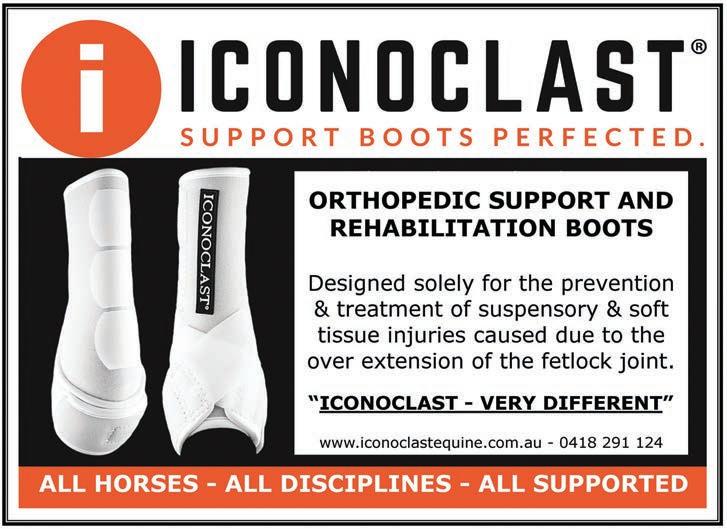
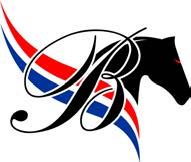
Leanne Barnier (Rose) Horse riding coach providing private lessons and clinics.
Cattle Working – Ranch Riding – Western Dressage and Hacking. Over 40 years experience as a competition rider, trainer and coach. Call Leanne to book a clinic in your area | 0427 431 973 | barnierequinelodge@gmail.com

8-11
2 025 Angus Youth Nationals, AELEC, Tamworth, NSW – Ph: 02 6767 5555 23-25 A BCRA RODEO NATIONAL FINALS, AELEC, Tamworth, NSW – www.abcra.com.au 25-26 Gippsland Super Horse Challenge, Seven Disciplines over two days, Trafalgar Polox / Campdraft Grounds, Vic Ph: Lisa Strong 0418 575 825 26 U YPC Annual Australia Day Freshman’s, Show Jumping, Wesburn Park, Wesburn, Vic – Ph: 0409 953 345 30-10 Feb 2 025 NUTRIEN CLASSIC SALE & CAMPDRAFT Event, AELEC, Tamworth, NSW - https://www.nutrienequine.com.au/
A ustralian Barrel Horse Association – Ph: Suzie Dicks 0413 682 484 – www.abha.com VIC: 19 Rich River Barrel Racing Club, Lockington, Scurrah Reserve Ground, Vic.
A BCRA – www.abcra.com.au 18-19 ( DA) Walcha Bushmans Carnival, 24-26 (DA) Mt Barker Campdraft & Stockman’s Challenge, 25-26 Dorrigo S/G Challenge & Indoor Campdraft
w ww.australiancarriagedrivingsocietyvic.org.au - www.carriagedrivingnsw.org.au
11-12 Training Weekend, Mornington Peninsular, Yanakie, VIC - Victorian Branch of the Australian Carriage Driving Society 18-19 Pleasure Drive Weekend, Southern Cross, Woodside Beach Drive - Victorian Branch of the Australian Carriage Driving Society 18-19 Reedy Creek Equestrian Club, Obstathon & Pleasure Drive - Reedy Creek, Rosemont, Boxers Creek, NSW. www.carriagedrivingnsw.org.au/events/2025) 25-26 G raded Driven Dressage Qualifier & Show Driving Tips & Tricks, Geelong, Leighdale, Vic - Victorian Branch of the Aust Carriage Driving Society
N ational Cutting Horse Association – Ph: 02 6765 9356 – www.ncha.com.au 18-19 We st Gippsland Quarter Horse Assoc Inc., Garfield North, Vic – Ph: 02 6765 9356 25-27 Tristar – Tristar Arena, Vic – P: Nadean Friend 0428 772 034
9 -12
w ww.nsw.equestrian.org.au – www.qld.equestrian.org.au – www.vic.equestrian.org.au
2 025 Victorian Youth Dressage Championships 2025, WPNEC, Werribee, Vic.: https://vydc.org.au/ 10-12 Show Horse Vic Summer Show , WPNEC, Werribee, Vic 16-18
2 025 Homes and Acreage Boneo Park Summer Dressage Championships, Boneo, VIC – www.boneopark.com.au
19 B owral Dressage Club – TBC, OC/CR, Pr-GP/ YH/ PE, Bowral, NSW – Ph: Karen Leaver 0405 384 201 – www.bowraldressage.com.au 24-26 Show Horse Council Vic, Royal Gala & International Show, WPNEC, Werribee, Vic – Ph: WPNEC 03 9741 7672 25 Goulburn Dressage Club, OC/CU, Pr- PSG/YH, Goulburn, Ph: Robert Hayward 0403 129 277
w ww.qld.equestrian.org.au - www.vic.equestrian.org.au – www.nsw.equestrian.org.au
18 Y VJC Summer Show, Shirley Heights Equestrian Centre VIC Yarra Valley Jump Club Tier Level 3 -Ph: Belinda Scattergood: 0409 161 389 24-26 2 025 Browns Sawdust World Wetlands Day Jumping Championships, Boneo Park, Boneo, Vic - www.boneopark.com.au 25-26 Gisborne Horse Trials EvA – CCN2 -5*, Gisborne, Vic. - www.vic.equestrian.org.au
M el Fleming Horsemanship – Ph: Mel 0428 385 745 – www.melfleming.com.au 11-13 K URMOND, NSW - INDOOR ARENA (so we have shade) - Advancing Groundwork, Liberty, Postural Development progression.
w ww.australianpolo.com.au – www.queenslandpolo.com.au – www.nswpolo.com.au – www.vicpolo.com.au
P h: 0459 272 277 Ph: 0407 677 423 Ph: 0409 764 607 e: secretary@vicpolo.com.au
4 -5 Melbourne Polo Fields New Year Cup SUB, 0-2, 4, WPNEC, Werribee, Vic, 8 Wednesday Night Chukkas, 10-12 Yarra Valley Tournament, Sub 0-2, 4 & Flowerfield Cup, Yarra Valley Polo Club,15 Wednesday Night Chukkas, 15-16 VPA Junior Polo School, Melbourne Polo Fields, 18-27 Urquhart Cup 2025 -0,2,& Open, Hexham Polo Club, 22 Wednesday Night Chukkas, 29 Wednesday Night Chukka.
w ww.reiningaustralia.com.au - 07 5429 8797 – 0412 479 340 - www.vrha.com.au
25-26 V RHA NRHA Approved Slide Into Summer Jackpot Reining Show, Cairnbrook Park Equine Event Facility – Glengarry, Vic https://www.facebook.com/CairnbrookPark/
11 A SEA Victoria - Small Equine Feature Show Wirrabee Park Vic www.smallequine.com.au 12 Gippsland & Peninsula RPG Youngstock & Performance Show https://wpcs.com.au/events/gippsland-peninsula-rpg-welsh-all-breeds-foal-show/ 18-19 2025 Heavy Horse Festival, WPNEC, Werribee, Vic - https://www.facebook.com/NationalClydesdaleandHeavyHorseFestival/ 19 We stern NSW RPG Summer Championships & ARC Qualifier – www.wpcs.com.au 24-26 AUSTRALIA DAY DRESS UP AA – AA SHOW, Lockyer Indoor Equestrian Centre, Gatton QHA, Qld - www.aqha.com.au
26 S tandies for Breast Cancer Show, Kilmore Racing Track, Vic – Ph: 0413 185 344 - www.standiesforbreastcancertrials.com 31-2 Feb V ictorian State Show, AAAA, WDQHA, Elmore, Vic – www.aqha.com.au
ATHRA – www.athra.com.au
L eanne Barnier - Western English & Australian Horsemanship 11-12 We stern Dressage, Valtair Park, Mullumbimby, NSW Ph: Ade Bowden
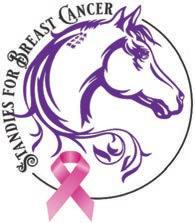
An event to raise awareness and funds for breast cancer research, featuring a fashion show and other activities. KILMORE RACING
KILMORE VICTORIA Contact Lesley Grimshaw 0413 185 344 | www.standiesforbreastcancertrials.com
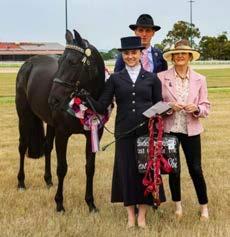
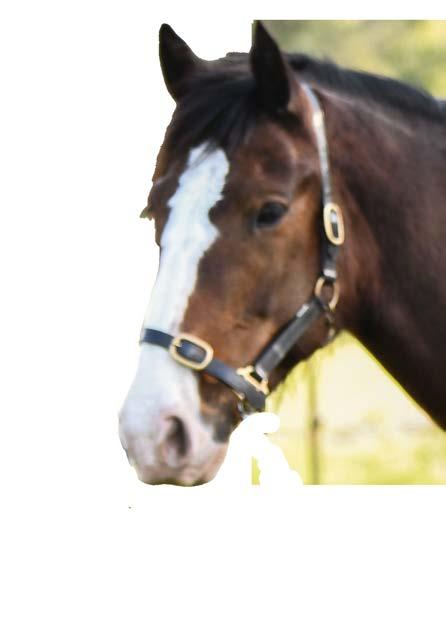
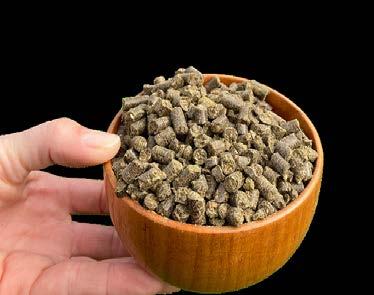

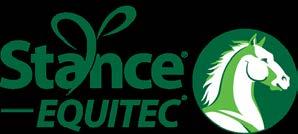
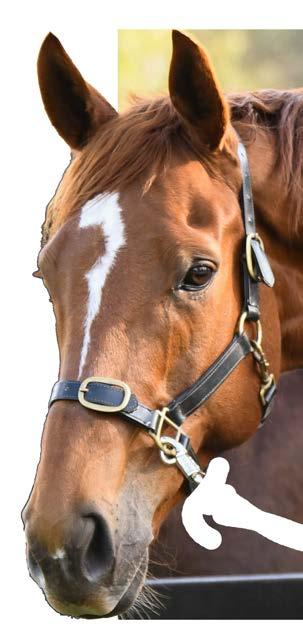
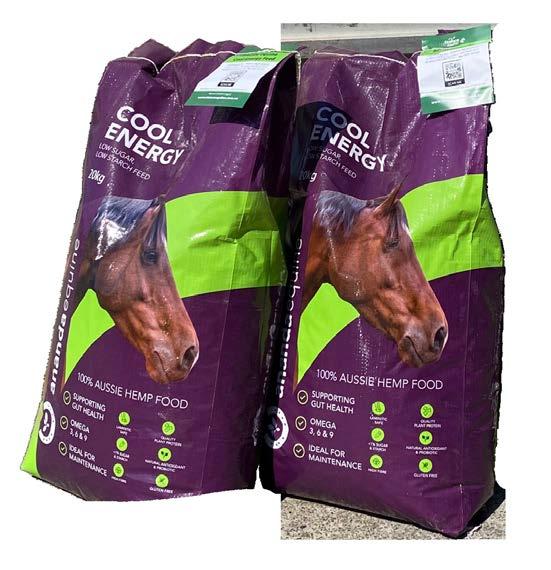


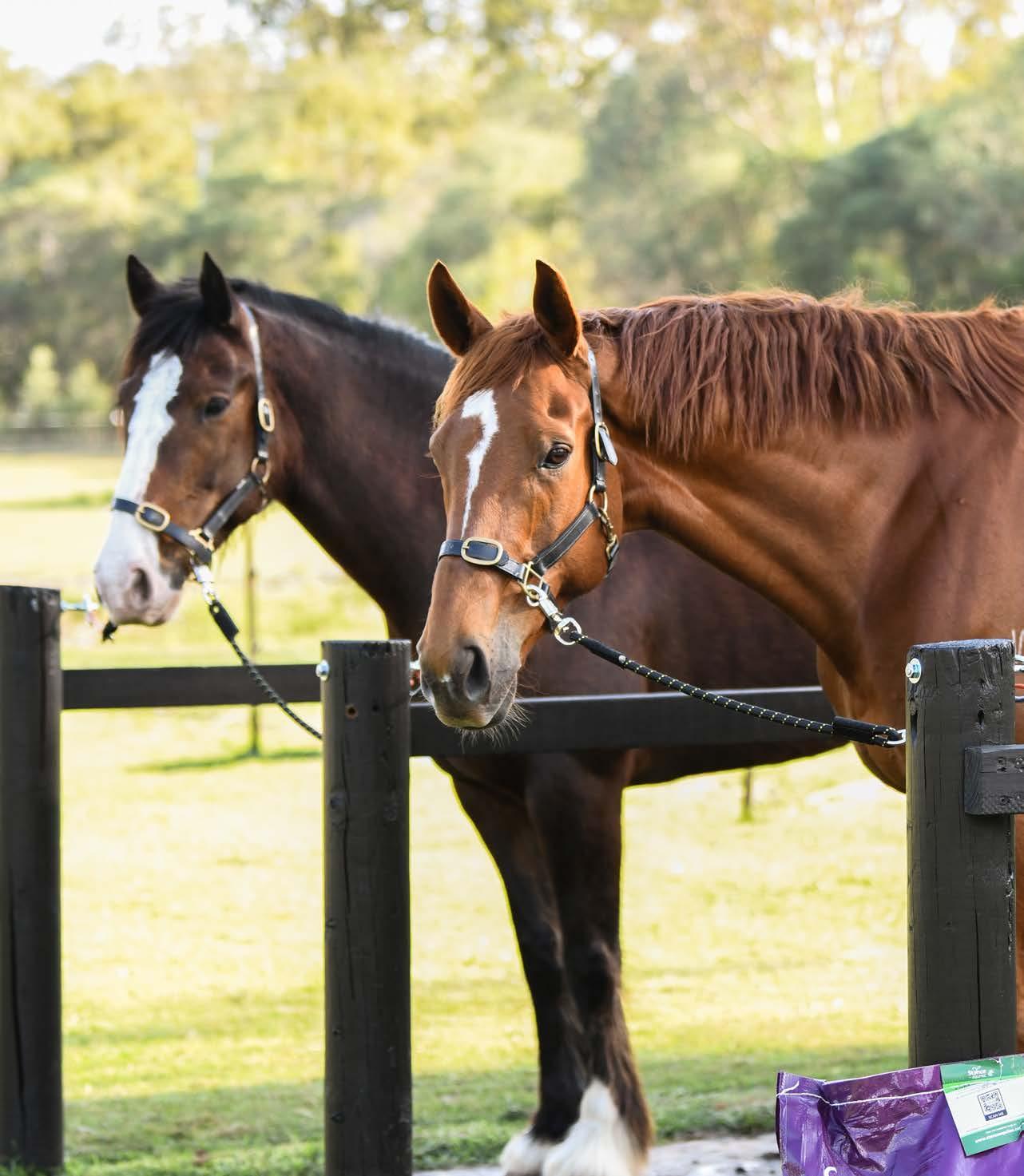
• Quality amino acids & protein
• Antioxiants and probiotics to support gut health
• High fibre (37%)
• Less than 1% sugar & starch


• May improve focus & attitude
• May support stress levels
• With resveratrol, ashwagandha and now vitamin E
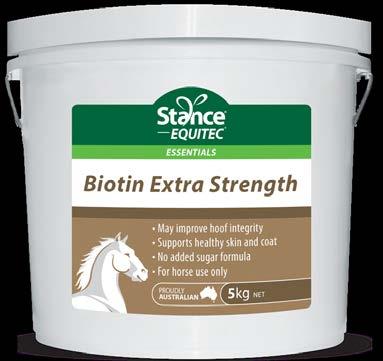
• May improve hoof integrity
• Supports healthy skin and coat condition
• Supports keratin production



Featuring the Inaugural Invitational All Breeds Challenge
“Breed Ambassador Award –Best Overall Exhibit”



Lord's Raceway, 646 McIvor Highway Junortoun 3551
A ustralian Barrel Horse Association – Ph: Suzie Dicks 0413 682 484 – www.abha.com.au
V IC: 23 Rich River Barrel Racing Club, Lockington, Scurrah Reserve Ground, Vic.
A BCRA – Ph: 02 6766 5863 - www.abcra.com.au
1-2 ( DA) BBA Killarney Futurity, 8 DA) Bendemeer Campdraft, 20-23 (DA) Capel Campdraft & Challenge.
6-10
P hil Marshal Clinic, Southern Highlands Carriage Club, Bundanoon, NSW - Ph: Yvonne Wood 0497 603 424 8-9 GDDQ, Eastern Vic Club @ Maffra Vic - www.australiancarriagedrivingsocietyvic.org.
N ational Cutting Horse Association – Ph: 02 6765 9356 – www.ncha.com.au
8-9 C oal Valley Cutting Club, Kooweerup Indoor Arena, Vic - Ph: Karen Meuller 0400 083 163. 15-16 TCHA – Training Clinic, Deloraine, TAS – Ph: Maria Windsor 0448 837 751 20-23 N orthern Rivers Cutting Horse Club, Pinkett Sports Ground, Casino, NSW – Ph: Kim Rogan 0427 623 938 20-23 A lpine Cutting, Myrtleford, Vic – Ph: Kathleen Philip 0458 484 328
1-2 Young Dressage Assoc OC/CU Pr - FEI/PE/YH Bendick Murrell Megan Bryant 0429 831 427 www.youngdressage.com
2 Show Horse Qld Horse Qld Top of the Range Hack Day Leaderboard Event & HOTY Qualifier, Sh/gr, Toowoomba, Qld.
7-9 Show Horse Victoria, BARASTOC HOTY, WPNEC, Werribee, Vic - https://barastochoty.org.au/
8-9 ACTDA OC/CU/CR Pr-GP/ YH Equestrian Park Rachel Bodman 0400 374 636
8-9 2 025 Interschool Championships, Boneo Park, Boneo – www.boneopark.com.au
8-9 A PDC OC/CR Prep-GP Salt Ash Wendy Cotton 0419 873 321 www.alexanderdressageclub.org
9 A rmidale Riding Club OC/CU P-FEI Armidale Skye Berry 0415 871 426 www.armidaleridingclub.com/wix
9 C amden Equitation Inc OC/CU Pr-Adv SIEC Glyniss Dickinson 0407 481 626 www.camdenequitation.com.au
9 Mud gee DG Training Pr-Adv Mudgee Nadya Marshall 0437 523 754 www.mudgeedressage.com.au
13 B owral DC TWILIGHT OC/CR Pr-GP/ YH/ PE Bowral Karen Lever 0405 384 201 www.bowraldressage.com.au
14-16 D NSW OC Pr-GP/ YH SIEC Jo Gunn 0414 416 362 www.dnsw.com.au
16 D ungog Dressage Club Training Pr-Med Rutherford Anni Nightingale 0479 026 918 www.dungogdressageclub.org
16 Shoalhaven Dressage CR/CU Pr-GP Worrigee Wendy Cotton 0401 067 592 www.shoalhavendressageclub.com
20-23 4 CYTE™ Dressage by the Sea 2025, Willinga Park CDI OC CDI 3* / YH Bawley Point - www.willingapark.com.au
21-23 2 025 Homes & Acreage Boneo Park Summer Dressage Championships, Boneo, Vic – www.boneopark.com.au
23 O rana Equestrian Club Training Dubbo Rachael Carlton 0423 516 977 www.oranaequestrianclub.com
23 Warringah Dressage Assoc OC/CU Pr-A St Ives Andrea Hails 0434 692 372 www.warringahdressage.org
8-9 Geelong HT, Eventing, EvA65- CCN2.5*, Iverleigh, Vic – www.vic.equestrian.org.au 13-16 GD P Classic Jumping, Boneo Park, Bone, Vic – www.boneopark.com.au 22-23 Eventing, EvA 65 – CCN2*, Tooradin Estate, Hopetoun Rd. Tooradin, Vic - www.vic.equestrian.org.au
M el Fleming Horsemanship – Ph: Mel 0428 385 745 – www.melfleming.com.au Dates for 2025 are currently being scheduled. 11-13 DO RRIGO NSW, INDOOR ARENA, Kari’s Equestrian, Introductory Course, Soul Deep Connection, Fundamental Feel, Optimal Biomechanics. 14-15 D ORRIGO, NSW, INDOOR ARENA Kari›s Equestrian , Intermediate Course.
w ww.australianpolo.com.au – www.queenslandpolo.com.au – www.nswpolo.com.au – www.vicpolo.com.au
P h: 0459 272 277 Ph: 0407 677 423 Ph: 0409 764 607 e: secretary@vicpolo.com.au VIC: - 1-2 Vallex Cup, Wednesday Night Chukkas WPNEC, 7-9 Ballarat Cup 2025, Yaloak Club, 5-6 Victorian Polo Assoc Ladies Championships 2025, 8 S t Kilda Beach Polo 2025, 12 Wednesday Night Chukkas Melbourne Polo Fields, 14-23 Victorian Polo Assoc Ch/ships 2025, 19 Wednesday Night Chukkas. 26 Wednesday Night Chukkas Melbourne Polo Fields.
1-2 P CV Tetrathlon, Howlong PC, Howlong, Vic – Ph: 03 8685 8925 - www.ponyclubvic.org.au 9-10 O ff The Track Sponsored Event, Sale Pony Club Horse Trials, Evergreen Rd & Rosedale Stradbroke Rd, Rosedale, Vic.
w ww.reiningaustralia.com.au - 07 5429 8797 – 0412 479 340
1-2 S QRHA Summer Rein, Gatton, Qld Melissa Blaikie 0414 908 573 (ah)– Ph :Chris 0407 856 786 www.sqrha.com.au 22 SNSWRHA, Summer Show https://www.snswrha.com.au/
1 A ustralian Saddle Pony Assoc 2025 National Show, Luddenham S/G, NSW - Ph: Nerida 0415 957 020 - www.australiansaddlepony.com.au 1-2 A SH South Coast Branch-Annual Branch Show-Braidwood Showground, Braidwood NSW Ph: Tiffany 0418337706 8 We stern NSW RPG Trivia & Fundraising Night Bland Hotel, Quandialla, NSW – Ph: 0414 908 573 (ah) https://wpcs.com.au Richmond River Trail Horse Riding Cl Inc meet the 3rd W/end of the month, Northern NSW – Ph: Wendy 0414 668 725
L eanne Barnier Western – English & Australian Horsemanship Ph: Ade Bowden 02 6677 1197 8-9 We stern Dressage Valtair Park Mullumbimby. This is an all weather venue so rain or heat we go ahead.
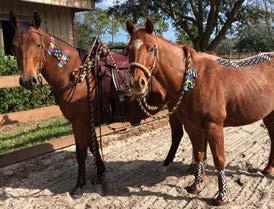
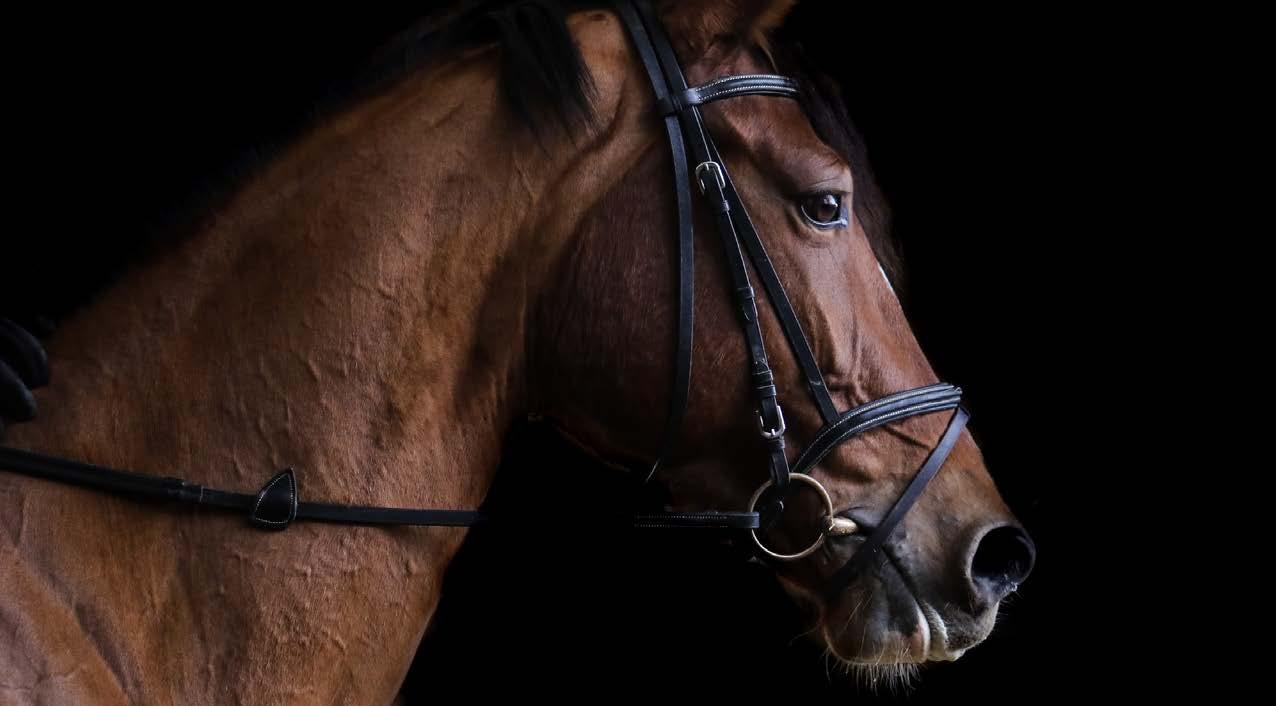

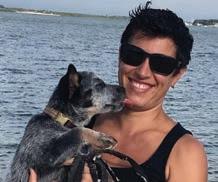
ANIMAL
LECTURES presented by Dr Angelique Barbara For Pet Owners & Professionals
Expand Your Knowledge - Enhance Your Skills - Invest In Your Passion
MELBOURNE 21st Nov 25 – BRISBANE 26th Nov 25 – SYDNEY 29th Nov 25
More details can be found at www.holisticanimalstudies.net
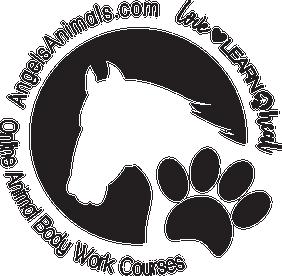
1 B endigo Equine Expo & Trade Fair - Lord’s Raceway, Junortoun VIC events@bhrc.com.au Ph: 0402 940 805 11-16
A ustralian’s Greatest Horseman, $65,000 Open Cowhorse Spectacular, Presented by Emerald Park Performance Horses AELEC, Tamworth, NSW Premier event bringing together the best in Reined Cowhorse, Reining, Cutting, Campdraft Comps & Skillful Horsemanship – www.aghshow.com.au
A ustralian Barrel Horse Association – Ph: Suzie Dicks 0413 682 484 – www.abha.com.au NSW: 1-2 New England Drum Runners, Bundara Showground NSW, 15 Tarcutta Horse Sports Inc, Tarcutta, NSW, 2 9-30 New England Drum Runners, Bundara Showground NSW. VIC: 2 2-23 Rich River Barrel Racing Club, Lockington, Scurrah Reserve Grounds, VIC
A BCRA – Ph: 02 6766 5863 - www.abcra.com.au
NSW: 1 ( D/A) Tamworth C/D, 7-9 (DA) Barraba Show C/D, 7-9 (DA) Liverpool Plains C/D, 7-9 (DA) Southern Forest C/D, 14-16 (DA) Gwydir River Run Stockman’s Challenge, 14-16 (DA) Tubal C/D, 14-16 (DA) Warren C/D, 21-23 (DA) County of Cumberland Breast Cancer C/D, (DA) Maule’s Creek C/D, 21-23 (DA) Trangie C/D. w ww.australiancarriagedrivingsocietyvic.org.au - www.carriagedrivingnsw.org.au - www.acdsqueenslandbranch.com
1-2 CDE Ellmore Club, Boorowa, Showgrounds, NSW – Ph: Chuckie Radnedge 0413 953 414 1-2 Training Wheels “Noddy”, Southern Highlands Club, Bundanoon, NSW – Ph: Yvonne Wood 0497 603 424
8 O ztrec Day, Hills District, Rossmore Reserve, NSW – Ph: Janet Muspratt 02 9606 6085 8-10 V ictorian CDE CHAMPIONSHIPS, Yanakie, Vic – Contact: Tracey Tuohy – traceytuohy61@gmail.com
9 Con es Spectacular, Camden Harness Club, Centennial Park, Camden, NSW www.carriagedrivingnsw.org.au
15-16 L evel CDE, Southern Highlands Club, Bundanoon, NSW – Ph: Yvonne Wood 0497 603 424 22-24 ACDS 2025, 400 Enduro SerIes 1st Event, Sebastopol, NSW – Ph: Kerrie Rosetta 0428 414 518
29 V ictorian Graded Dressage Champ/hips, Numurkah Sh/grs, Yanakie, Vic – Ph: Leanne northerncountrycd@gmail.com
30 G raded Driven Qualifier, Numurkah Showgrounds, Yanakie, Vic – Contact: Leanne Kirby northerncountrycd@gmail.com
N ational Cutting Horse Association – Ph: 02 6765 9356 – www.ncha.com.au
8-16 C oolup Cutting Club – Murray Regional EQ/Ctr – Ph: 02 6765 9356
15-16 WA Cutting Horse Assoc, Gin Gin, W.A. – Ph: 02 6765 9356
20-23 D arling Downs Cutting Club, Dalby Showgrounds, QLD – 9356: Nadean Friend 0428 772 034 21-23 Retreat Creek Working Horse Club, Roy Day Park, QLD - Ph: Demi Bettini 0474 229 346 28-30 S outhern Cross Cutting Horse Club, Murray Regional Eq/Ctr, Wattamondara, Ph: 02 6765 9356 w ww.nsw.equestrian.org.au – www.qld.equestrian.org.au – www.vic.equestrian.org.au
1 Goulburn Dressage Club OC/CU Pr-PSG/ YH, Goulburn, NSW, Ph: Robert Hayward 0403 129 277
2 M anning Valley DC OC/CU/CR Pr-GP/ YH, Taree, NSW – Ph: Helen Zimic 02 6553 9506 www.mvdressage.com
1-2 R EA Wagga Wagga Dressage, OC/CU/CR Pr- GP/ YH, Wagga Wagga, NSW – Ph: Ella Weaven 0415 708 753
2 S outh Coast Equestrian Club OC/CU Pr-Med, Albion Park, NSW – Ph: Amy Langlands 0439 464 631
9 A rmidale Riding Club OC/CU P-FEI, Armidale, NSW – Ph: Skye Berry 0415 871 426
8-9 C entral Coast DA CH OC Pr-GP/ YH, Mangrove Mtn, NSW – Ph: Karma Wilson 0478 070 176 www.ccdressage.org
8-9 B oneo Park 2025 Autumn Dressage Championships, Boneo Park, Vic – www.boneopark.com.au
9 EQ Cup Hack Show Leaderboard Event & HOTY Qualifier, Show Horse QLD Venue: Park Ridge Pony Club, Qld www.qld.equestrian.org.au
9 Eurobodalla DA OC/CR Pr-Adv, Moruya, NSW - Ph: Hetty Munda 0429 436 1656 www.eurobodalladressage.org
16 CWDG OC/CR/CU, Prep-GP, Blayney, NSW – Ph: Beth MacLean 0419 264 629 www.centralwestdressage.com
15-16 H unter Valley DA OC/CR Pr- FEI, Salt Ash, NSW - Ph: Amy Giles 0498 627 767 www.huntervalleydressage.com
16 Jindera Equestrian Club OC/CU Pr-GP, Albury, NSW - Ph: Kerrie Wise 0407 207 392
16 Leeton DC OC/CU Pr-PSG, Leeton, NSW - Ph: Sarah Venamore 0417 419 229
16 Q uirindi DC CR, Quirindi, NSW – Ph: Alexandra Green 0447 124 730
16 Sugarloaf Dressage Club OC/CU Pr-GP, SIEC, Horsley Park, NSW – Ph: Joanne Squires 0427 114 195 20-23 D JWTS – Dancing with the Stars Dressage, WPNEC, Werribee, Vic – www.vic.equestrian.org.au
23 G alston EC CR Pr-Med, Galston, NSW – Ph: Tim Langtry 0400 132 100
23 Shoalhaven Dressage OC/CU Pr-GP, Worrigee, NSW – Ph: Wendy Cotton 0401 067 592
30 N CEC OC/CR/CU, Pr-Int1I, Canberra, ACT – Ph: Lisa Pluis 0418 303 868 www.nationalcapitalequestrianclub.com.au
30 Singleton Dressage Club, OC/CR Pr-GP, Singleton, NSW – Ph: Dimity Lourey 0426 824 443 www.singletondressage.org
30 Watagan EC, CR/CU Pr-Med, Morrisett, NSW - Ph: Margie Abbott www.watagan.org.au
A ustralian Endurance Riders Assoc Inc – www.aera.asn.au – Ph: 0476 166 903

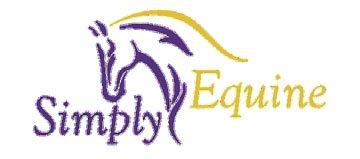

EQUINE BODYWORK WORKSHOP with Dr. Angelique Barbara
SUNDAY, 23RD NOVEMBER 2025
Sunshine Coast Region SE Queensland – Gheerulla QLD 4574
Join Dr. Angel to learn about equine massage, kinesiology taping and more! For details and bookings visit www.holisticanimalstudies.net

w ww.qld.equestrian.org.au – www.vic.equestrian.org.au – www.nsw.equestrian.org.au – www.eventingnsw.equestrian.org.au
EVENTING & SHOWJUMPING
POLOCROSSE
PONY CLUBS
REINING
CLINICS & COURSES NATURAL HORSEMANSHIP
1-2
Toowoomba Jump Club, CCI ODE, Showgrounds, Toowoomba, Qld – P: Kylie 0488 617 300 1-2 Port Phillip Autumn Show Jumping, 3 Tier, Lang Lang Showground, VIC. 7-10 Tonimbuk International Horse Trials - EvA 80 – CCI4*-S – www.vic.equestrian.org.au
8-10 C aramut Grand Prix Show, Tier Level 3, Mortlake, VIC.
14 Interschool, March Show Jumping, www.boneopark.com.au
14-16 N WSJ Club, World Cup Showjumping Championships Level 1, Shepparton, Vic – www.vic.equestrian.org.au
15-16 Tamborine Equestrian Group, CCI, Tamborine, Qld -www.qld.equestrian.org.au
15-16 B oneo Park Monthly Jumping Boneo Park, Boneo, Vic – www.boneopark.com.au 20-23 Wandin Park International HT– EvA65 – CCN1* - CCI2* - CCI4* - S – Tr 2, 3 & 4, Wandin North, Vic.
20-22 P SI, Dressage & Jumping with the Stars, WPNEC, Werribee, Vic – www.vic.equestrian.org.au
28-30 F armworld Showjumping, Cora Lynn, Tier 3, Larden Park, Vic – www.vic.equestrian.org.au
29 Geelong Showjumping Club, Tier Level 3, WPNEC, Werribee, Vic – www.vic.equestrian.org.au
29-30 Warwick Horse Trials, CCN, Morgan Park, Warwick, Qld - www.qld.equestrian.org.au-
M el Fleming Horsemanship – Ph: Mel 0428 385 745 – www.melfleming.com.au
1-3 C orindi, NSW, Intermediate Course – Beach Camp - Get in touch with expression of interest – mel@melfleming.com 9-11 Geelong, Vic, Intermediate Course - Get in touch with expression of interest 16-18 Glenorie / Arcadia, NSW, The Foundation – Connecting, Fundamental Feel & Posture Development for Optimal Biomechanics Part 1. 19-21 P rivate Lessons and Saddling consultations – Get in touch with expression of interest – mel@melfleming.com 22-24 Riding with Synchronicity Multi Level. 29-2 April “Alchemy Place” Moonbi, NSW - Easter Retreat – Get in touch with expression of interest mel@melfleming.com
w ww.australianpolo.com.au – www.queenslandpolo.com.au – www.nswpolo.com.au – www.vicpolo.com.au
P h: 0459 272 277 Ph: 0407 677 423 Ph: 0409 764 607 e: secretary@vicpolo.com.au
VIC: 1 Yaloak Tournament SUB, 0-2 & 4, 5 Wednesday Night Chukkas, 8-9 Fultons Lane Polo Club 2025, 15-16 Hexham Polo Club Dunkeld Cup.
w ww.nswpolocrosse.com.au – Ph: 0407 207 649
VIC: 8 -9 Casterton 2025 Tournament, Casterton Vic, 15-16 Corio Tournament, 22-23 Moorooduc 2025 Tournament Moorooduc, Vic. NSW: 8 -9 Wollondilly (MH), 14-16 Upper Hunter Show Inc, 15-16 Lake George, Bungendore, 29-30 Hall ACT, 28-29 ASHS Approved Horse Sale & Inverell Swan Cup Polocrosse Comp.
w ww.ponyclubqld.com.au – www.ponyclubvic.org.au – www.pcansw.org.au
P h: 07 3216 1255 Ph: 03 8685 8925 Ph: 02 4229 8977
VIC: 8 O rbost PC, Horse Trials & Gymkhana - 15-16 Moyhu PC, Horse Trials - 22-23 Mandurang South Horse Trials.
w ww.reiningaustralia.com.au - 07 5429 8797 – 0412 479 340
15-16 Q RHA Ribbon Show & Clinic, QSEC, Caboolture, QLD – www.qrha.org.au 11-16 AGH SHOW The Ultimate Showcase, Reining, Cutting & Campdrafting, AELEC Tamworth NSW Live Stream Across The World
1-2
A ustralian Small Equine Assoc, Victorian State Show, WPNEC, Werribee, - www.smallequine.com.au
5-9 Q ueensland Quarter Horse State Show 2025 – Gatton Qld - www.gqhpa.org.au
8-9 2 025 19th Welsh National Show, Tatura Events Complex, Tatura, Vic - https://wpcs.com.au/event
8-9 TBC A SEA NSW State Show, Taree Showground Indoor Arena www.smallequine.com.au
14 A RC 2025 Australian Welsh & Part Welsh Ridden Championships Final, SIEC, Horsley Park, NSW https://wpcs.com.au/events/ 15-16 D arling Downs Heavy Horse Festival. Showgrounds, Allora, Qld – Ph: 0438 160 588 – www.heavyhorsefestival.com.au 15-16 Regency Floats NSW All Welsh Show, Gold Silver & Dual Bronze Medal Show, SIEC, Horsley Park Ph: Helen 0418 484 592 19-23 2025 Appaloosa National Show, Includes National Ranch Versatility Show Showgrounds, Dubbo, NSW Ph: 0484 003 061 https://appaloosa.org.au
22 A ustralian Stockhorse Society NSW State Youth Show - Ph: 02 6545 1122 – www.ashs.com.au
23 N orth East & Border RPG Little Red Dragon Show, Tatura Events Complex, Tatura, Vic – Ph: Julie 0417 346 29
26 T he 2025 Australian National Arabian Championships, SIEC, Horsley Park , NSW - https://www.ahsa.asn.au/
27-30 A MHA National Championships, AELEC, Tamworth, NSW – Ph: 0409 792 330 https://www.amhs.com.au/nsw
28-29 A SHS Approved Horse Sale at the Swan Cup, Inverell, NSW – Ph: Alex 0438 799 051- www.ashs.com.au
ATHRA – www.athra.com.au
Richmond River Trail Horse Riding Club Inc meet the 3rd Weekend of the month, Northern NSW – Ph: Wendy 0414 668 725
Le anne Barnier Western English & Australian Horsemanship
8-9 We stern Dressage, Valtair Park, Mullumbimby, NSW - Contact – Ade Bowden from Megahorse 02 6677 1197


NSW – (02) 9879 6777
11-12 Bowral, 18-19 Albion Park, 12 Candelo, 24-25 Kiama, 25-27 Bundarra, 25-26 Eurobodalla, 31 Jan-1 Feb Berry.
QLD (07) 3277 7747
31-2 Feb Stanthorpe.
VIC (03) 5441 5555 18-19 Lang Lang.
NSW – (02) 9879 6777
1 Nimmitabel, 7-9 Cobargo, 7-8 Nowra, 7-8 Rydal, 7-8 Tenterfield, 8 Henty, 8-9 Crookwell, 8 Uralla, 14-16 Gundagai, 14-16 Glen Innes, 14-15 Kangaroo Valley, 14-15 Gulgong, 14-15 Maitland, 15 Pambula, 16 Gunning, 21-22 Cessnock, 21-23 CANBERRA ROYAL, 21-22 Guyra, 22 Binnaway, 22-23 Ashford, 22 Rylstone/Kandos, 23 Sofala, 28-1 March Boorowa, 28-2 March Goulburn, 28-2 March Mudgee, 28-1 March Inverell, 28-2 March Newcastle, 28-1 March Tumut, 28-1 March Tamworth.
QLD (07) 3277 7747
7-8 Allora, 14-16 Clifton, 21-22 Killarney, 22 Cooyar,
VIC (03) – 5441 5555
1 Yarra Glen, 2 Croydon, 8 Tyrendarra, 16 Korumburra Horse Show, 21-22 Rochester, 22-23 Koroit,

22-23 Berwick, 22 Foster & Dist., 28 Warragul-West Gippsland, 28-2 Mar Deniliquin.
NSW – (02) 9879 6777

1 Braidwood, 1-2 Comboyne, 1-2 Delegate, 1-2 Deniliquin, 1-2 Luddenham, 2 Dalgety, 2 Koorawatha, 2 Tarago, 7-9 Barraba, 7-8 Armidale & New England, 7-9 Milton, 7-8 Coonabarabran, 7-8 Gresford, 8-9 Blacktown City, 8 Adelong, 8 Cooma, 8-9 Taralga. 8 Wallamba (Nabiac), 9 Bemboka, 14-15 Lithgow, 14-15 Manilla, 14-16 Upper Hunter/Muswellbrook, 14-15 Robertson, 14-16 Wingham, 14-15 Walcha, 15 Baradine, 15-16 Bombala, 15 Tumbarumba, 15 Yass, 16 Holbrook, 21-22 Gloucester, 21-23 Moss Vale, 22 Batlow, 22-23 Bingara, 22 Blayney, 29-30 Castlehill, 29 Dunedoo, 29 Cumnock, 29-30 Walgett.
QLD (07) 3277 7747
1-2 Bell, 1-2 Millmerran, 7-8 Pittsworth, 7-8 Proston, 8 Tara, 8 Beenleigh, 14-15 Ingelwood, 14-15 Murgon, 15 Oakey, 15 Tamborine Mt, 21-22 Goomeri, 21-23 Warwick, 22 Jandowae, 27-29 RASQ- TOOWOOMBA.
VIC (03) – 5441 5555
1 Heytesbury, 4-6 Wimmera Machinery Field Day, 7-8 Wakool & Dist., 8 Tallangatta, 9 Mighty Mitta Muster, 9 Bellarine, 10 Orbost, 14-15 Cohuna, 15 Apollo Bay/ Otway Dist., 15 Pakenham Dist., 15 Wodonga, 23 Bunyip/Dist., 27-29 Farm World – Larden Park, 29 Natimuk.
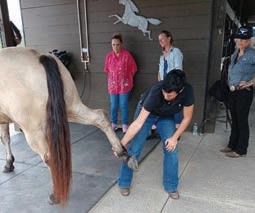


Why you should attend our hands-on horse bodywork workshop with
Whether you’re a student of holistic animal studies or a horse owner looking to deepen your understanding of equine health, our upcoming hands-on workshop is an invaluable opportunity you won’t want to miss. Here’s why you should join us:
1. Learn from an Expert:
This workshop is led by Dr. Angel, a respected authority in equine bodywork. With years of experience in horse massage, kinesiology taping, and other bodywork techniques, Dr. Angel will guide you through the practical applications of these methods. You’ll benefit directly from her expertise and hands-on teaching style, gaining insights that you can’t get from books or online courses alone.
2. Hands-On Experience:
There’s no substitute for learning by doing. This workshop offers you the chance to practice bodywork techniques on real horses under the guidance of a skilled instructor. You’ll learn how to apply horse massage, kinesiology tape, and other bodywork methods effectively, ensuring you leave with the confidence to use these techniques…
4. Enhance Your Professional Skills:
For students and professionals in the animal care industry, this workshop is a fantastic opportunity to expand your skill set. Learning these hands-on techniques will make you more versatile and effective in your practice, whether you’re working with horses full-time or incorporating these skills into a broader animal care repertoire.
5. Personalized Instruction:
Dr. Angel’s workshop offers a unique opportunity for personalized feedback. As you practice, you’ll receive direct guidance and tips tailored to your technique, helping you refine your skills and address any challenges you encounter.
6. Build a Stronger Bond with Your Horse:
For horse owners, bodywork is more than just a health treatment—it’s a way to connect with your horse on a deeper level. Through touch and careful attention, you’ll learn to better understand your horse’s needs, fostering a stronger, more trusting relationship.
7. Network with Like-Minded Individuals:
This workshop is also a chance to meet and learn alongside others who share your passion for horse health and wellness. Whether you’re a student or a horse owner, you’ll connect with a community that values the same holistic approach to equine care.
8. Take Home Practical Knowledge:
The skills you’ll learn at this workshop are immediately applicable. Whether you’re dealing with a specific issue in your horse or you want to implement regular wellness practices, you’ll leave equipped with the knowledge and tools to make a positive impact on your horse’s health.
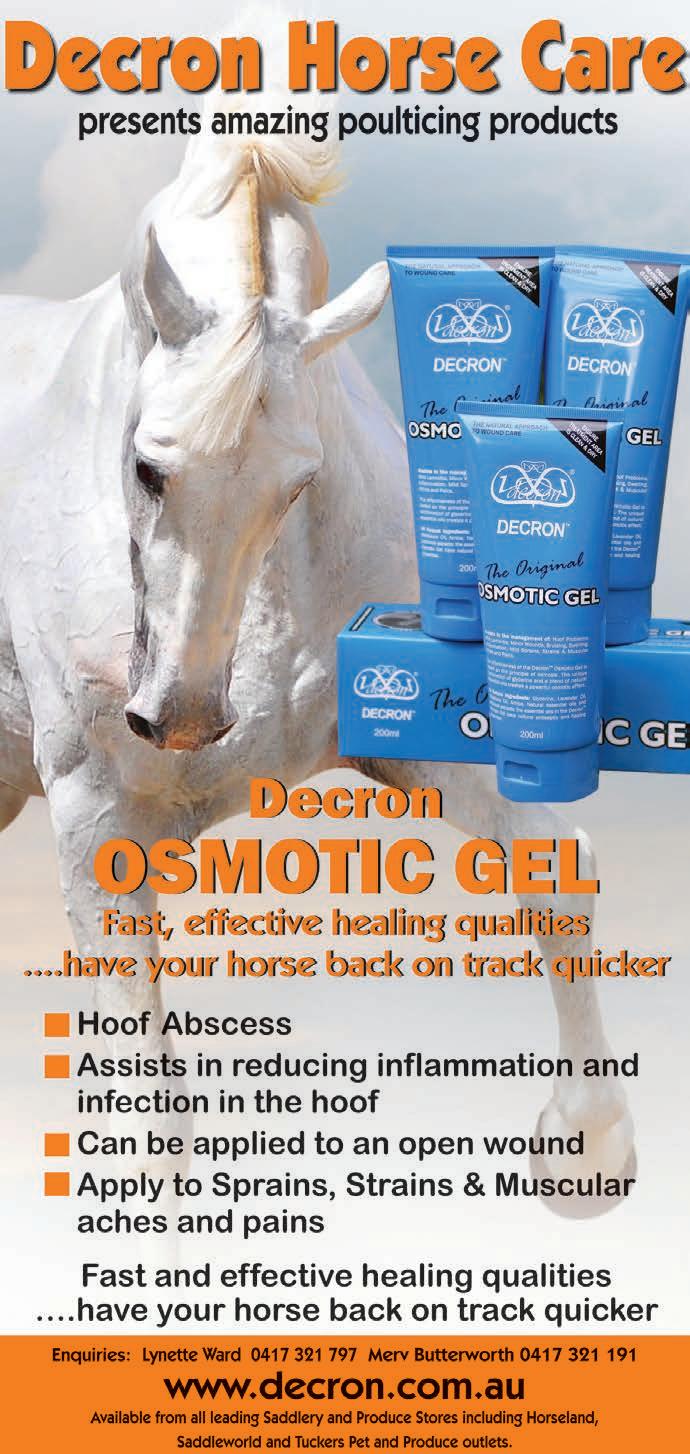


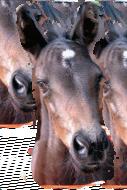
Transporting horses from Queensland to New South Wales (NSW) requires strict adherence to biosecurity measures aimed at preventing the spread of cattle ticks. NSW is largely free of cattle ticks, and the state has implemented rigorous controls to maintain this status.
The movement of horses between Queensland (QLD) and New South Wales (NSW) involves different levels of risk for the spread of cattle tick, a significant pest that can affect livestock. The classification into “high risk” and “low risk” movement helps to manage and minimize the spread of cattle tick into areas where it is not currently established or where control efforts are in place.
High-risk land is determined by pastures where animals are placed to graze near cattle either in New South Wales or Queensland at any time in the previous or following 12 months. Land that is completely free of pasture is not high-risk even if cattle may be on the land over the following 12 months.

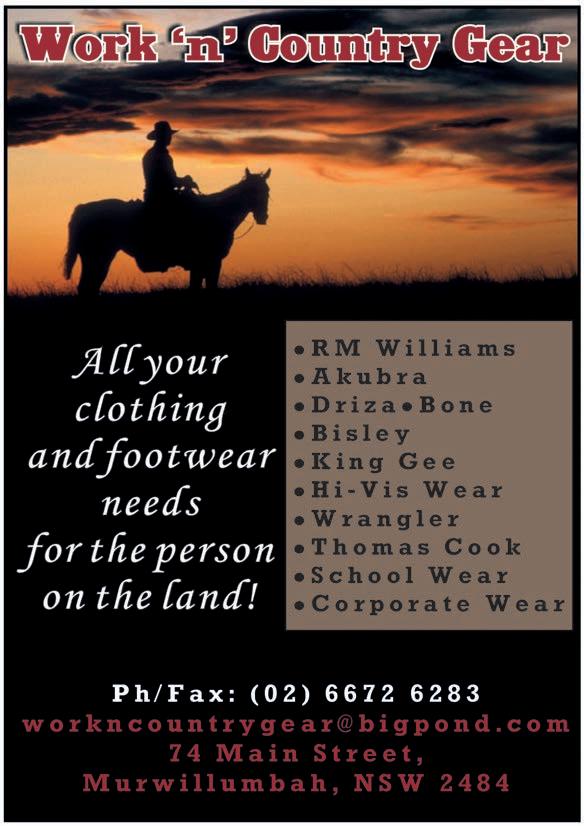

For secondary cattle tick carriers moving to NSW from QLD, high-risk NSW destinations are defined as any land containing pasture on which the animal(s) in this declaration will be placed on during their time in NSW and which may be grazed by cattle any time in the next 12 months. If the future grazing use of the land is unknown then the land is judged high-risk until the future grazing use is confirmed. Land that is completely free of pasture is not high-risk even if cattle may be placed on the land over the next 12 months.
High-risk QLD movement origin is defined as any land containing pasture on which the animal(s) in this declaration have spent time on which has been grazed by cattle in the past 12 months. If the grazing use of the land is unknown the land is judged high-risk until past grazing use is confirmed.
Destinations not meeting the conditions for high-risk land are determined low-risk.
Reference: https://www.dpi.nsw.gov.au/animals-and-livestock/beef-cattle/ health-and-disease/parasitic-and-protozoal-diseases/ticks/biosecuritycertificate-exemption-for-secondary-carriers
Biosecurity Certificate exemption for secondary carriers
Owners of low-risk secondary cattle tick carriers who meet the criteria for a Biosecurity Certificate exemption can self-certify their equine, goats, sheep and camelid movements when completing the cattle tick Record of Movement (ROM) form.
The criteria for eligible low-risk movements are based on the level and length of contact between animals moved and primary host species. This is determined at both the origin and destination locations, and for the length of time spent in NSW.
To be eligible for a Biosecurity Certificate exemption, owners of secondary cattle tick carriers must successfully complete a cattle tick education and training module. Livestock owners must then complete a ROM form and answer all questions under the self-certification tab before moving secondary carriers.
1. Inspection and Treatment for High Risk Movements:
Before horses can be moved from Queensland to NSW, they must be inspected by an accredited veterinarian or biosecurity inspector to ensure they are free of cattle ticks.
Horses must undergo treatment with an approved acaricide (tick-killing chemical) within 48 hours before entering NSW.
2. Biosecurity Certificate:
After treatment, a Biosecurity Certificate will be issued by the veterinarian or inspector. This certificate verifies that the horses have been inspected, treated, and are free from cattle ticks. It must be presented at the border.
A list of accredited certifiers in Queensland can be found here –https://www.business.qld.gov.au/industries/farms-fishing-forestry/ agriculture/animal/move/tick-zones/certifiers
3. Lodgement of Movement Record & Biosecurity Certificate
Once you have your horse inspected, treated and the biosecurity certificate has been issued, you need to create an online account with NSW DPI using this link – https://app-cattletick.bfs.dpi.nsw.gov.au/login
After your account has been created, you can login and complete the Record of Movement Form online and lodge the Biosecurity Certificate.
4. Quarantine and Holding:
In some cases, if horses present with cattle tick, they will need to be quarantined in Queensland before entry into NSW for a period of four (4) days. It is up to the owner of the horse to arrange a suitable location for the horse to be kept during this period. It can then be re-presented for treatment after this time.
and Penalties
Strict penalties, including fines and quarantine, apply to those who do not comply with the cattle tick regulations. Transporters and horse owners should ensure all necessary steps are taken to prevent the spread of ticks, protecting both their animals and the broader livestock industry in NSW. Adhering to the cattle tick spraying requirements when moving horses from Queensland to NSW is essential for maintaining the state’s cattle tick-free status. Proper planning, thorough treatment, and accurate documentation are key to ensuring a smooth and compliant border crossing.
This information kindly supplied by Angela Petersen Flynn’s Equine Services
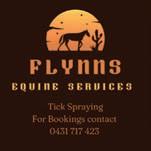

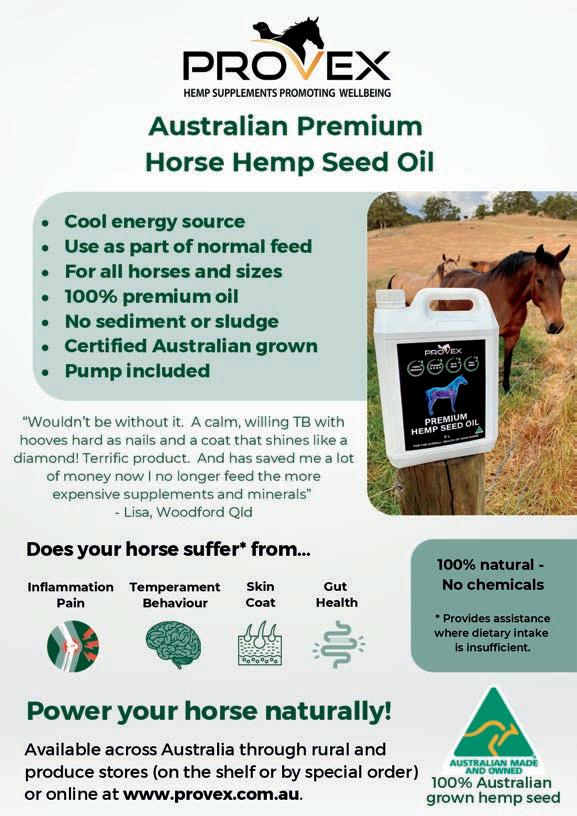


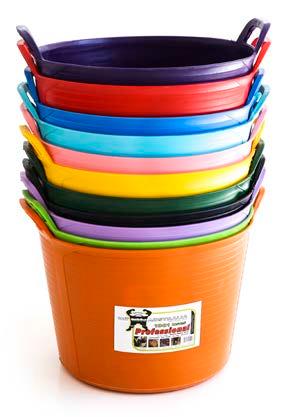


© Steve Sullings & Karen Enkelaar, Agspand Pty Ltd, 2025
Managing animals and pastures using electrified perimeter tracks combined with internal strip-grazing cells provides multiple benefits for rural properties.
Agspand’s consultants have had several decades of experience with electric fencing, and often talk to property owners about the best way to set them up to manage their animal, soil and pasture health through different seasons, including periods of high and low rainfall.
This article outlines the key benefits of an electric track-and-cell fencing design for farm animals and horses:
(a) keeping horses moving on the track by separating their daily needpoints such as shelter, food and water;
(b) rotating various obstacles and feeding points on the track to reduce their boredom;
(c) supporting their emotional wellbeing by grazing forage together in smaller cells;
(d) managing their seasonal intake of diverse forage in smaller cells for health maintenance and immunity;
(e) feeding the soils with manures and stimulating taller, diverse pasture species in cells instead of shorter, potent monocultures; and
(f) improving property safety by creating perimeter firebreaks with less fuel loads during dry seasons.


Ideally Perimeter Tracks surround acreages, but larger properties can set aside Loop Track areas.
A perimeter or loop track system is based on the behaviour of roaming animals who create dedicated tracks when moving across landscapes to access a diversity of food and water, as well as gut balancers available in their environment such as natural mineral clays and organic charcoal from past bushfires. These ingredients animals seek themselves in the wild to balance their gut pH against seasonally occurring plant potencies. Maintaining gut balance, allows nutrition to be accessed.

certified mineral–charcoal
and gut balancer to support digestive
through all seasons. Mix with feeds, probiotics and supplements. From your local FEEDCHAR® stockist, or post direct, via www.agspand.com.au
Longer perimeter tracks using permanent electric fencing are complemented by movable electric fencing in internal cells for limitedtime strip grazing.
Limiting animals’ access to diverse, fresh forage by grazing one small internal cell at a time contributes to their gut balance and longer-term immunity. Immunity means supporting the body’s protective fortresses such as healthy skin, coat and feet to resist illness and pathogen invasion, which can be particularly opportunistic during wet seasons.
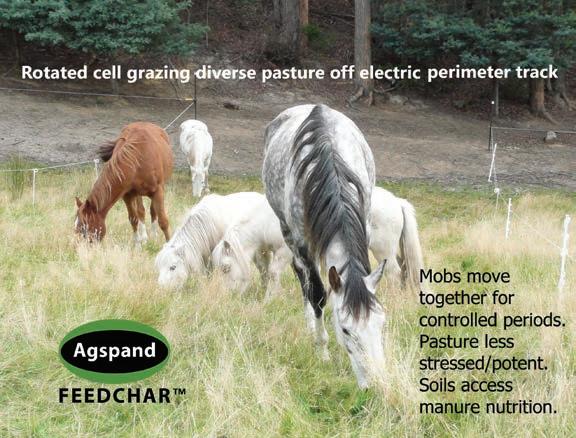
<insert rotation system picture>
animals regularly move and graze over different, small areas so that both the pasture and rested, not stressed; for example, using Cell Grazing or Strip Grazing with temporary fencing (also ideal with Perimeter Tracks in Paddock Paradise set ups).
<caption>A successfully managed small acreage with internal cell grazing and perimeter tracks, along with daily Agspand’s Feedchar supplementation, supports long-term healthy horses, pastures as well as soils in carbon and regenerative farming.
access to fresh grass hay as part of their daily routine, which is buffers rich, green grass. (Remember not to feed mouldy hay, grain, mycotoxins.)
When we see illness such as skin itch and feet problems, we often see a weakening of these immune fortresses. Diet diversity for gut balance is key to supporting immunity, which includes sufficient high-fibre food in taller, fresh forage, prebiotic non-soluble fibre supplements such as feed grade charcoal, as well as higher-NDF hay, etc.
animals’ daily diets with Agspand’s FEEDCHAR®, an Australian feed-grade and mineral–charcoal digestive aid and broad-spectrum toxin binder, to support Condition, and Weight through all seasons
graze over different, small areas so that both the pasture and example, using Cell Grazing or Strip Grazing with temporary erimeter Tracks in Paddock Paradise set ups).
system picture> successfully managed small acreage with internal cell grazing and perimeter tracks, along Agspand’s Feedchar supplementation, supports long-term healthy horses, pastures as well and regenerative farming.
with Agspand’s FEEDCHAR®, an Australian feed-grade and digestive aid and broad-spectrum toxin binder, to support Condition, seasons
mall acreage with internal cell grazing and perimeter tracks, along supplementation, supports long-term healthy horses, pastures as well farming.
Taller grasses may contain more fibre and less nutrition than new, shorter grasses. Rotating animals through small, internal cells for limited times may control the amount of higher-fibre forage they consume. Taller grasses also have less worm burden because their larvae usually reside below the shorter 6 cm grass heights.
On a perimeter track, horses often create stud piles of manure in certain spots, making it easier to collect and compost. Meanwhile, manures deposited in cells may be left on the ground because the animals are only in one cell for a short period of time before being moved to the next cell. This remaining manure — which also contains some prebiotic charcoal from FEEDCHAR® supplementation — increases the soil’s carbon, nitrogen and water stores, which in turn feed the living soil biome to stimulate healthy, diverse forage for grazing animals.
During seasons of abundant forage, internal cells not being grazed can be mulched and the mown grass breaks down to feed the soils.
During dry seasons, a well-trodden perimeter track with less fuel load creates a fire break or loop area around the property, adding to an overall bush fire plan.
When feeding hay, put out multiple, smaller piles around the track so that horses can move from pile to pile; this way the dominant horses are not able to lord over one big pile.
After 6 years, many clients who have maintained Agspand’s Feedchar continuously with their animals find it cost effective simply to mix small amounts through all feeds, or with vitamins and any extra minerals as may be needed for individual animal type, age, stage and season — your nutritionist or Agspand’s Animal Management Consultants are available to advise
Agspand’s FEEDCHAR® website has further information on different animals’ supplementation
Pastures that emerge after dry spells may be high not only in sugars but also nitrates and potassium, for example, which can affect gut balance. When the seasons change or a drought breaks, the perimeter track with little vegetation remains a safer area to hold animals until these emerging pastures are better established, less stressed and less potent.
Your local Feedchar® Stockist may also assist.
any clients who have maintained Agspand’s Feedchar continuously with their cost effective simply to mix small amounts through all feeds, or with vitamins and any may be needed for individual animal type, age, stage and season — your Agspand’s Animal Management Consultants are available to advise.
Long stretches of perimeter track allow horses and ponies space for continual daily movement, but also to run and exercise. Shorter track sections can include dust baths, logs or gravel obstacles for spatial awareness, walls and hedges for windbreaks, and trees for shade and shelter.
Search Keywords in Agspand’s Feedchar Facebook page and private User Group, where many users have shared their wonderful reviews and experiences
FEEDCHAR® website has further information on different animals’ supplementation
The alternative of keeping animals on the same paddock and not rotating them means the short, overgrazed grass can be stressed and hence more potent. Soil surfaces can break up, allowing other plants such as dandelions or cape weed to dominate and gut imbalances may again arise from a lack of feed diversity.
Agspand’s FEEDCHAR® is a Registered Trademark and Certified Allowed Input Made in Australia. Using FEEDCHAR® with grazing animals long-term supports carbon and regenerative farming for overall healthy, profitable agriculture.
Feedchar® Stockist may also assist.
Track-and-cell electric fencing systems are economical ways of managing healthy animals and pastures through seasons, along with prebioticfibre FEEDCHAR® supplementation, a certified minerals-plus-charcoal gut balancer and toxin binder. Find Agspand’s FEEDCHAR® and electric fencing via your rural reseller.
Agspand healthy profitable agriculture — www.agspand.com.au
maintained Agspand’s Feedchar continuously with their mix small amounts through all feeds, or with vitamins and any individual animal type, age, stage and season — your Management Consultants are available to advise
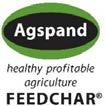
in Agspand’s Feedchar Facebook page and private User Group, where many users their wonderful reviews and experiences
FEEDCHAR® is a Registered Trademark and Certified Allowed Input Made in Australia. FEEDCHAR® with grazing animals long-term supports carbon and regenerative farming for profitable agriculture.
further information on different animals’ supplementation also assist.
Feedchar Facebook and private User Group, where many users and experiences

Trademark and Certified Allowed Input Made in Australia. animals long-term supports carbon and regenerative farming for

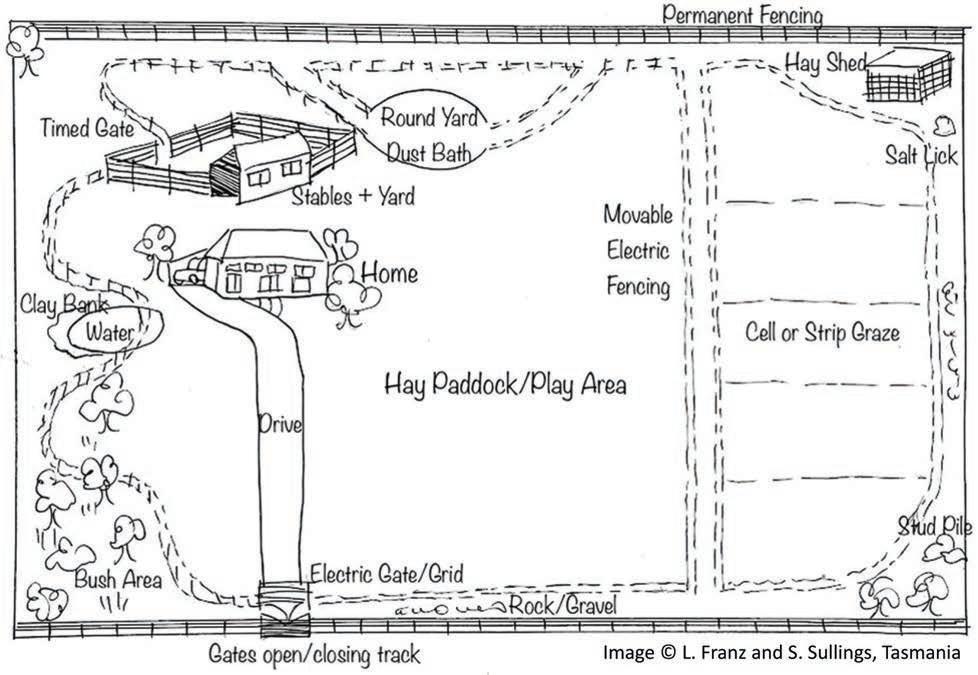
Example of an electric track-and-cell fencing design for rural properties. These systems encourage movement and the controlled grazing of diverse pasture through seasons, which may assist in raising long-term immunity for animals and preventing diet-related laminitis. The boundary perimeter fence in this article uses an electrified 7-wire Weston fence, while the internal cells use Gallagher electrified single-wire temporary fencing.

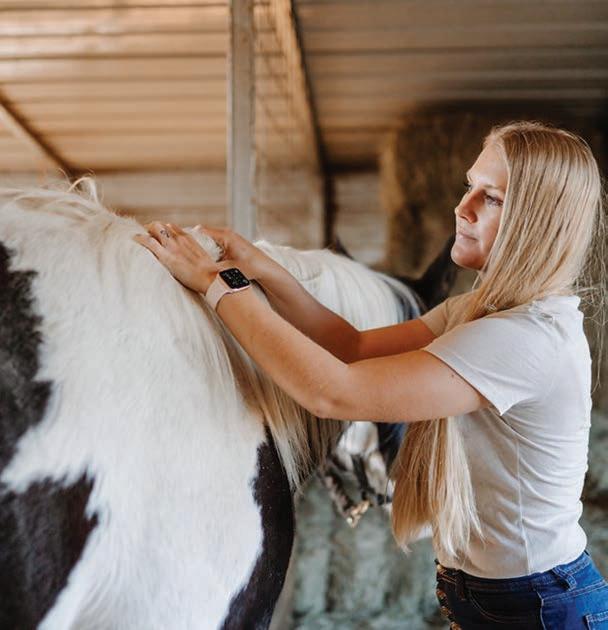
Is your horse in pain?
The likely answer is YES. Most horses will experience some degree of neck, back or hip (SI joint) pain during their lives and a surprising number of horses suffer from some form of chronic pain. Pain can be caused by intense training, ill fitting saddles and tack, imbalanced or inexperienced riders or injury (injury can occur in the stall, turnout or while riding). If the pain is not addressed, it can lead to long lasting postural and gait abnormalities causing chronic pain for the horse.
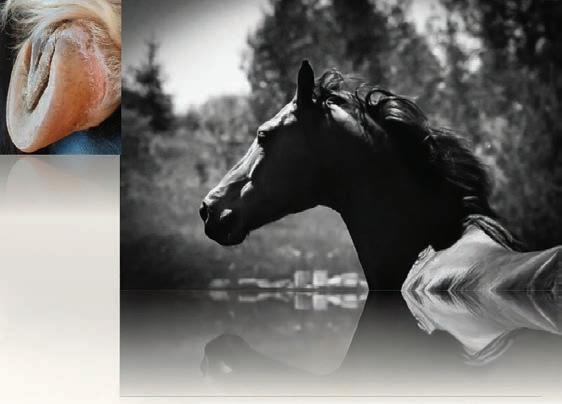
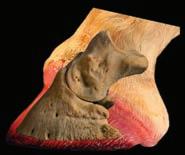
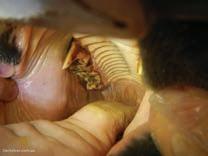
Enroll in our FREE online course to learn how to determine if your horse is in pain
How do you know if your horse is in pain?
Some common signs of pain include:
• Pinning ears back when you brush your horse’s back, place a saddle on them, tighten the girth/cinch, ask your horse to move forward under saddle
• Biting or kicking out when you tighten the girth or ask for particular movements under saddle
• Bucking or rearing when you ask your horse to move forward or increase speed under saddle
• Inability to collect while riding
• Difficulty bending to one side
• Tossing head while working and riding
• Inability to pick up one lead while cantering
• Reluctance to increase speed when asking for more forward motion
What can you do?
To help your horse achieve optimal wellness, it is important to have a team of reliable equine health care providers including a veterinarian, certified equine chiropractor, dentist, massage therapist and saddle fitter.
To personally help your horse in between visits, you can provide your horse with massage, stretches and kinesiology tape.
Equine Massage
Equine Massage utilizes modified human massage techniques to help reduce muscle spasms and pain, increase blood flow and mobilize lactic acid. Massage can be done using the hands or tools. Since there are contraindications to massage (specific conditions when massage could make a situation worse) and specific protocols and techniques, it is important to become trained in equine massage before massaging your horse.
Learn about our equine massage course for horse owners
Stretches
Stretching is a great way to improve your horse’s range of motion and keep him or her flexible in between bodywork sessions. When stretching your horse, you want to make sure they are warmed up first and there are specific ways to stretch your horse to decrease the chance of injury. For this reason, it is recommended that you are properly training in stretching.
Our Equine Massage for Horse Owners course includes a section on neck and leg stretches for your horse!
Kinesiology Tape
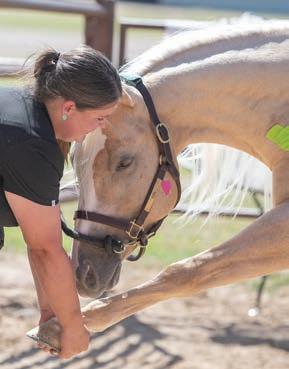
Kinesiology tape has recently become very popular with human athletes and those suffering from soft tissue injuries. We have found that horses can benefit just as much as people from this revolutionary tape! Our online Equine Kinesiology Taping Course teaches both horse owners and professionals (we offer a certification course for professionals) how to tape both horses and riders. Learn pain reduction, support, inflammation reduction and meridian techniques! Kinesiology tape not only can reduce pain in both yourself and your horse, but it can also help prevent injuries from occurring!
Learn about our kinesiology taping course for horse owners
Providing your horse with routine bodywork can ensure that he or she is able to live a happy and pain free life for many years to come! Interested in becoming a certified Equine Massage Therapist? Learn more about our certification program!
www.holisticanimalstudies.net
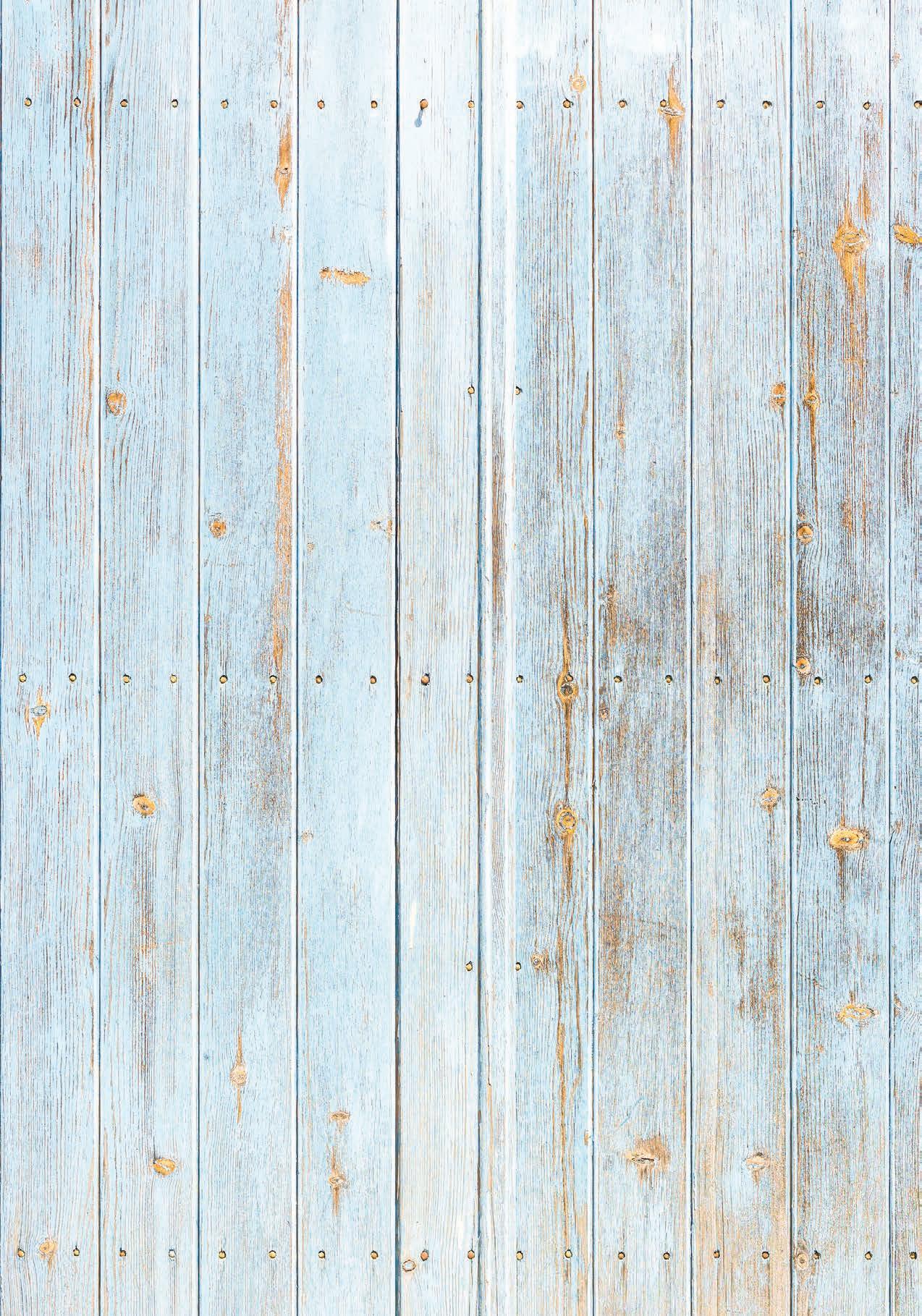

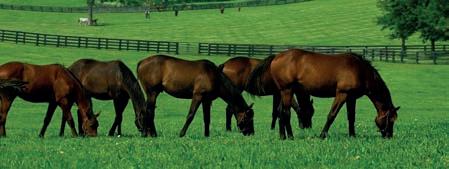

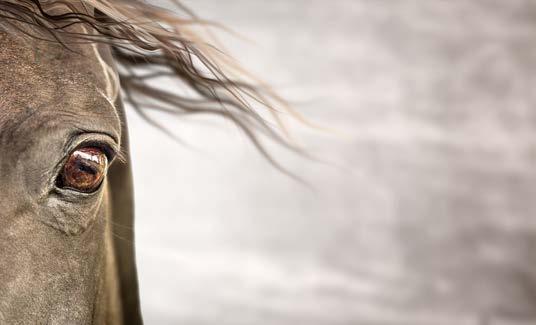
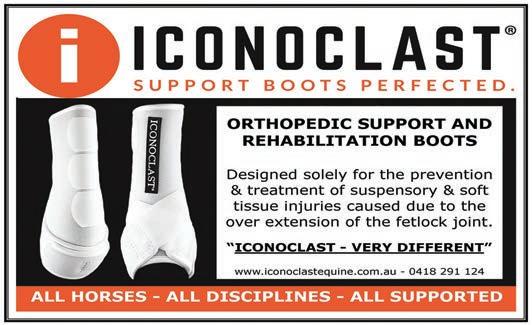
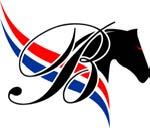


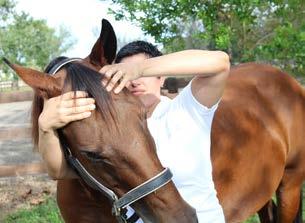

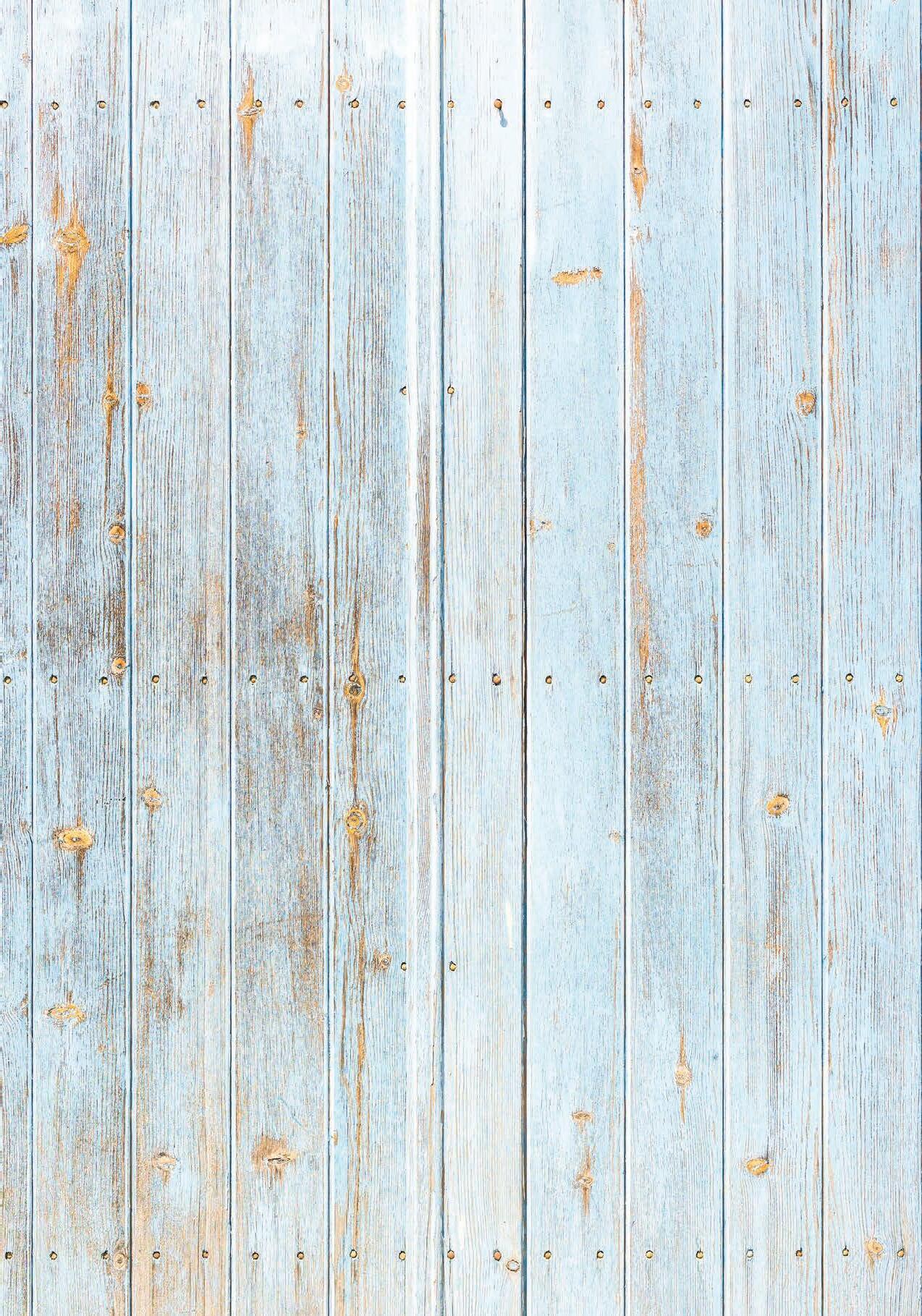
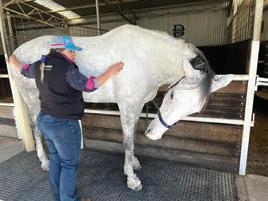

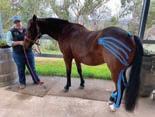
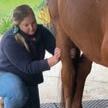


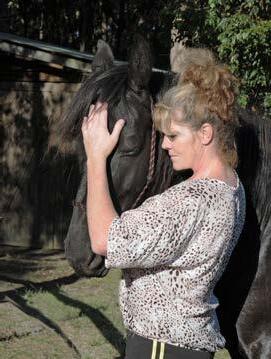









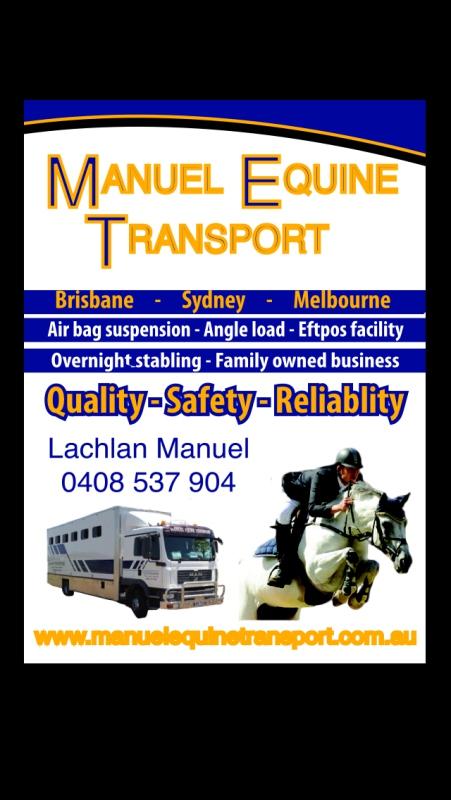
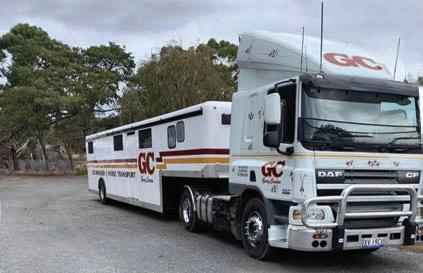

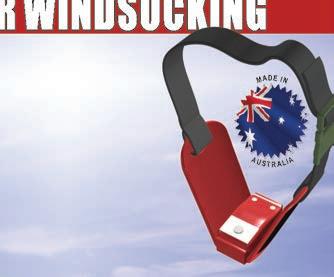
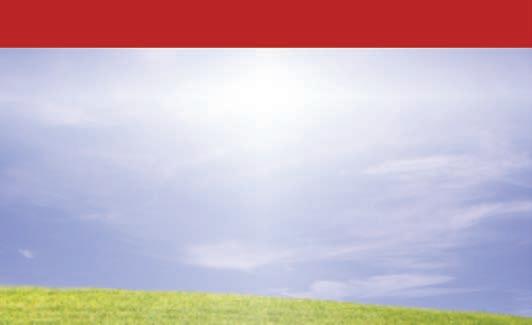
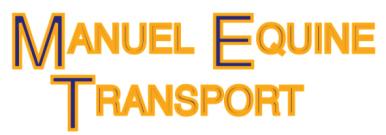
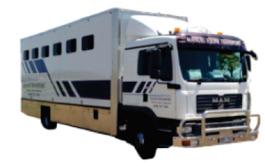



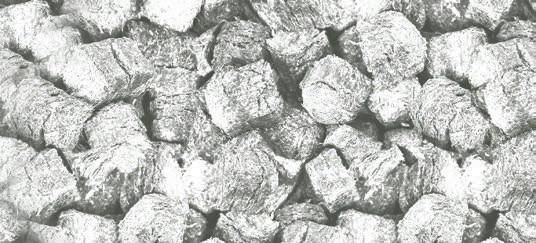




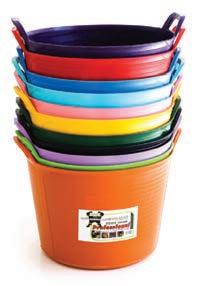

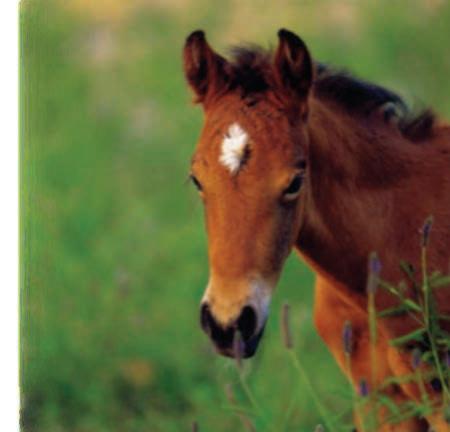

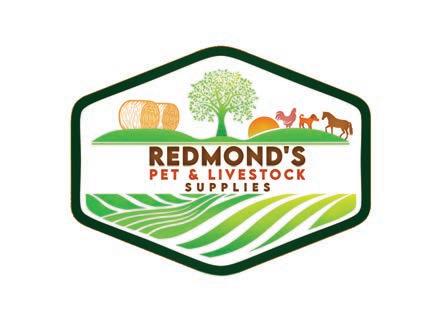

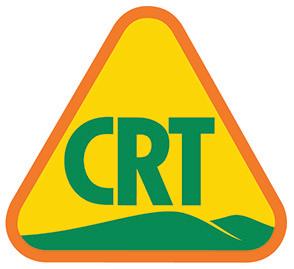

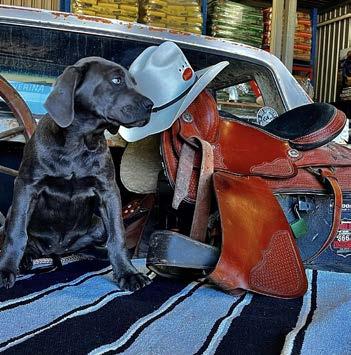

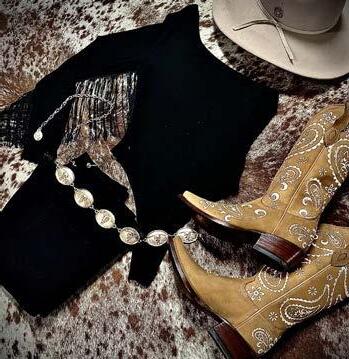
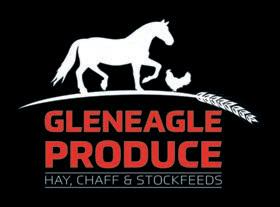
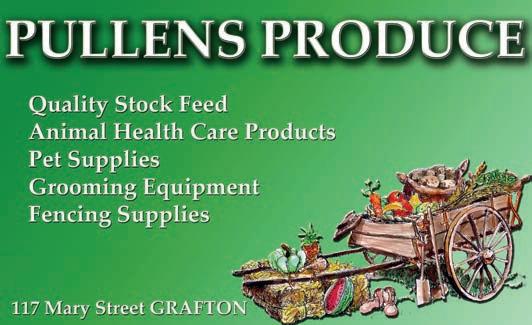










Suppliers of bitless bridles world wide. Huge range of styles, colours, materials and sizes, matching reins and accessories.
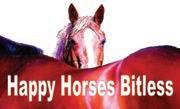
PHONE: 0401 249 263
EMAIL: suzy@happyhorsesbitless.com
WEB: www.happyhorsesbitless.com
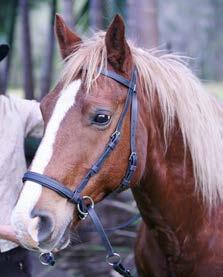

Horse & Rider Accessories & Repairs For the Clarence Valley & Surrounding Districts
STOCKISTS OF: • EAC Animal Care Products
Ringers

WASH & REPAIR all your animals rugs & bedding plus canvas, PVC, zippers and anything we can fit under the machine.
Julie & Stevie PHONE: 04999 46773 www.shoehorseshop.com.au 1 / 53-55 Armidale St, South Grafton NSW 2460

LAYBYS & GIFT VOUCHERS AVAILABLE

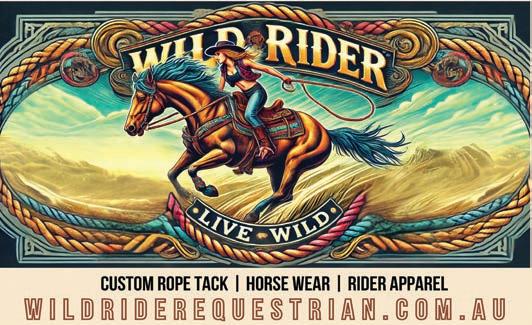








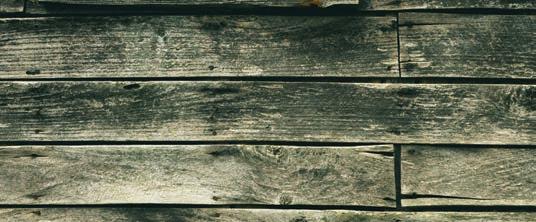





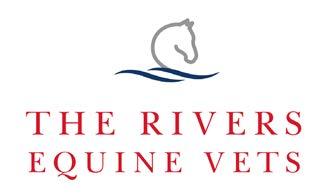
DR GREG BALDWIN BSc BVSc MPhil
EQUINE VETERINARIAN & ASSOCIATES
P 02 6672 3898
E admin@theriversequinevets.com.au
W www.theriversequinevets.com.au




This course is designed for horse professionals. Whether you are an equine bodyworker, nutritionist, trainer, farrier, transporter, owner or handler, this program is for you! Enhance your credentials with a certification in Equine First Aid. Basic & Advanced First Aid 45 lessons and over 3 hours of video content. Enrol today, complete at your pace. This course never expires so you will always have access to it! FREE PREVIEWS AVAILABLE
Modern and Progressive Equine Care Based in Murwillumbah
Services Offered Include:
• Preventative Health
• Lameness Evaluation
• Dental Health
• Reproductive/Neonatal Services
• Emergency Care
• Diagnostic Services – ECG, X-Ray, Ultrasound and Endoscopy
• Routine Surgery
• Pre-Purchase Examinations
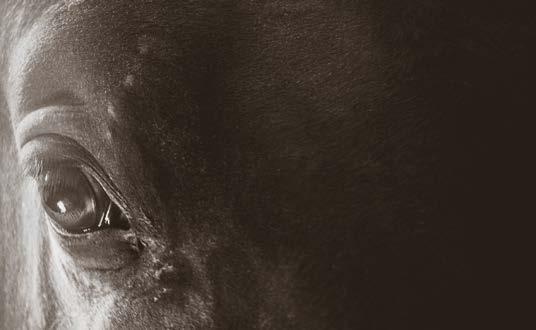
Complete equine and bovine veterinary services in the NSW Northern Rivers, covering Lismore, Casino, MOBILE 0427 293 227 “Old Dairyvale” 488 B






